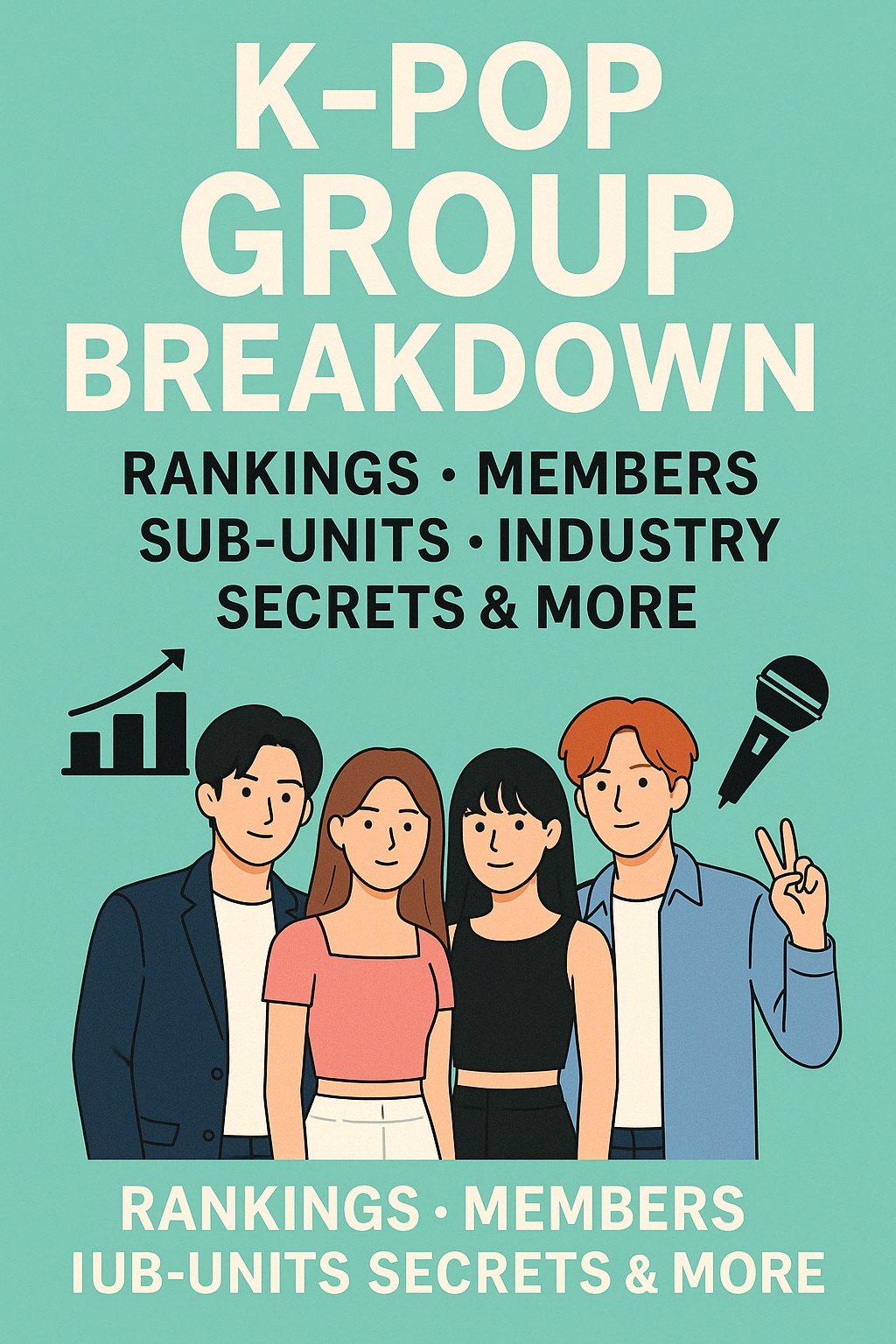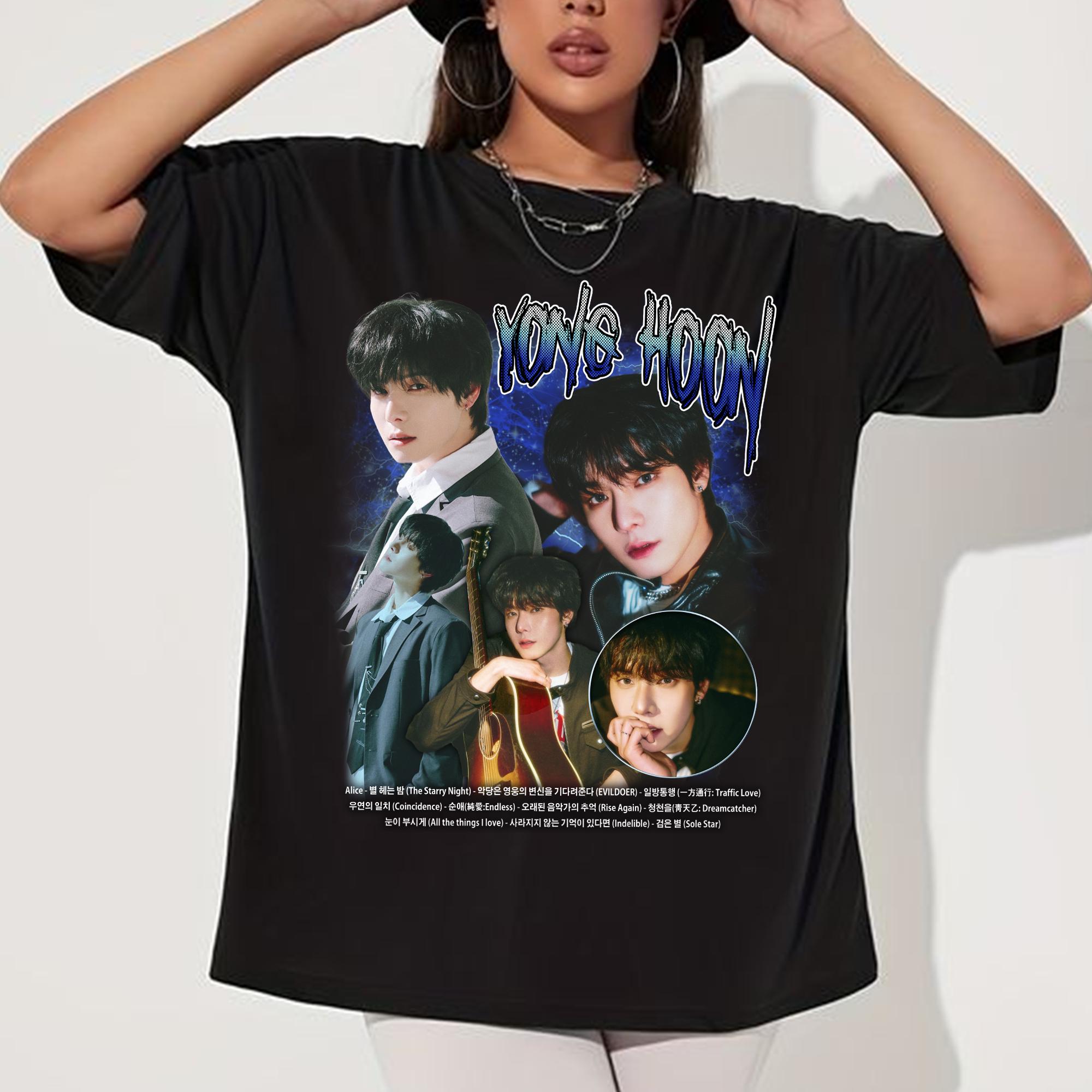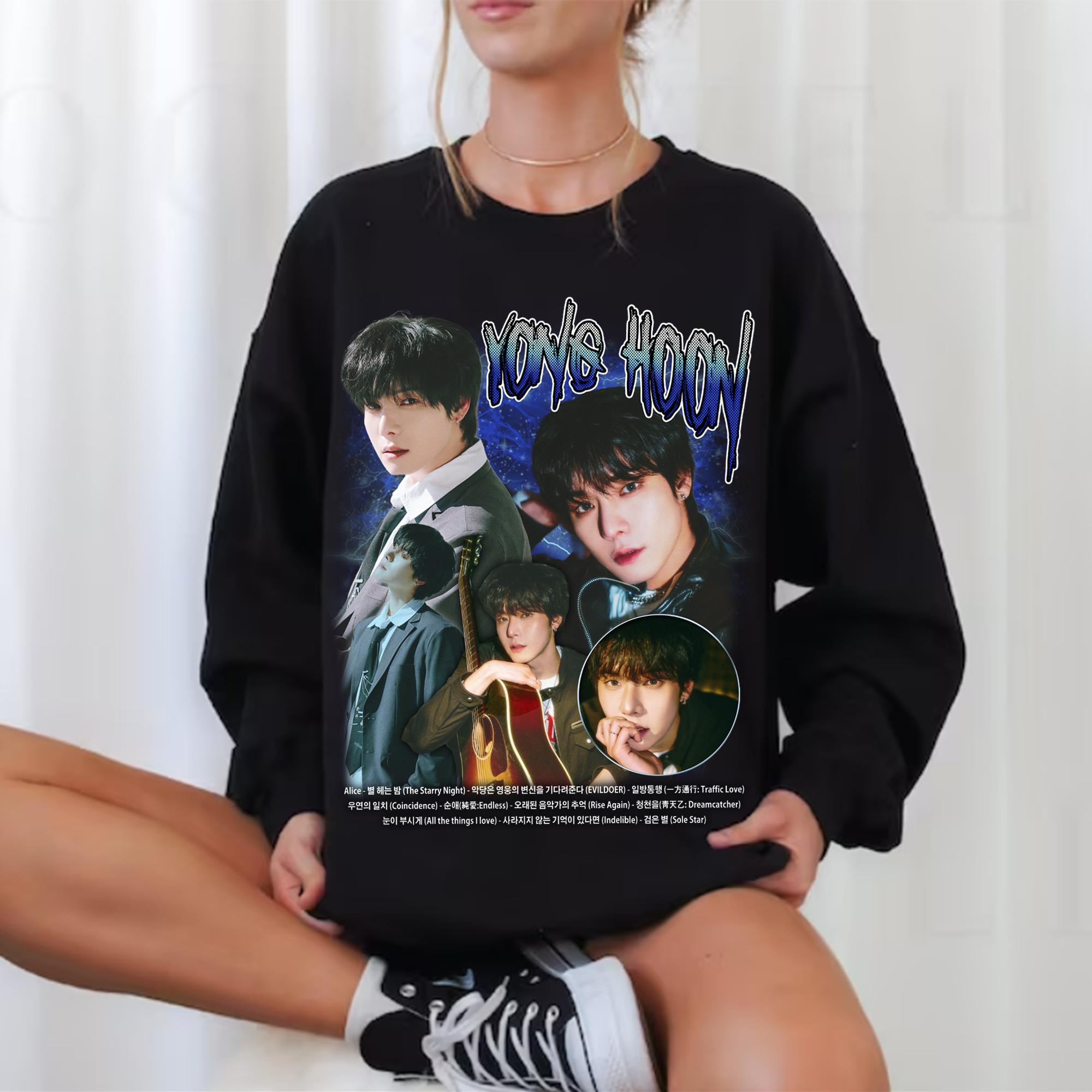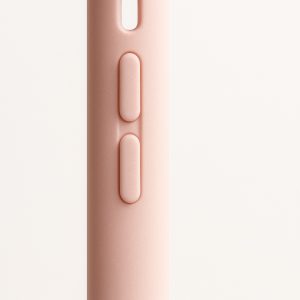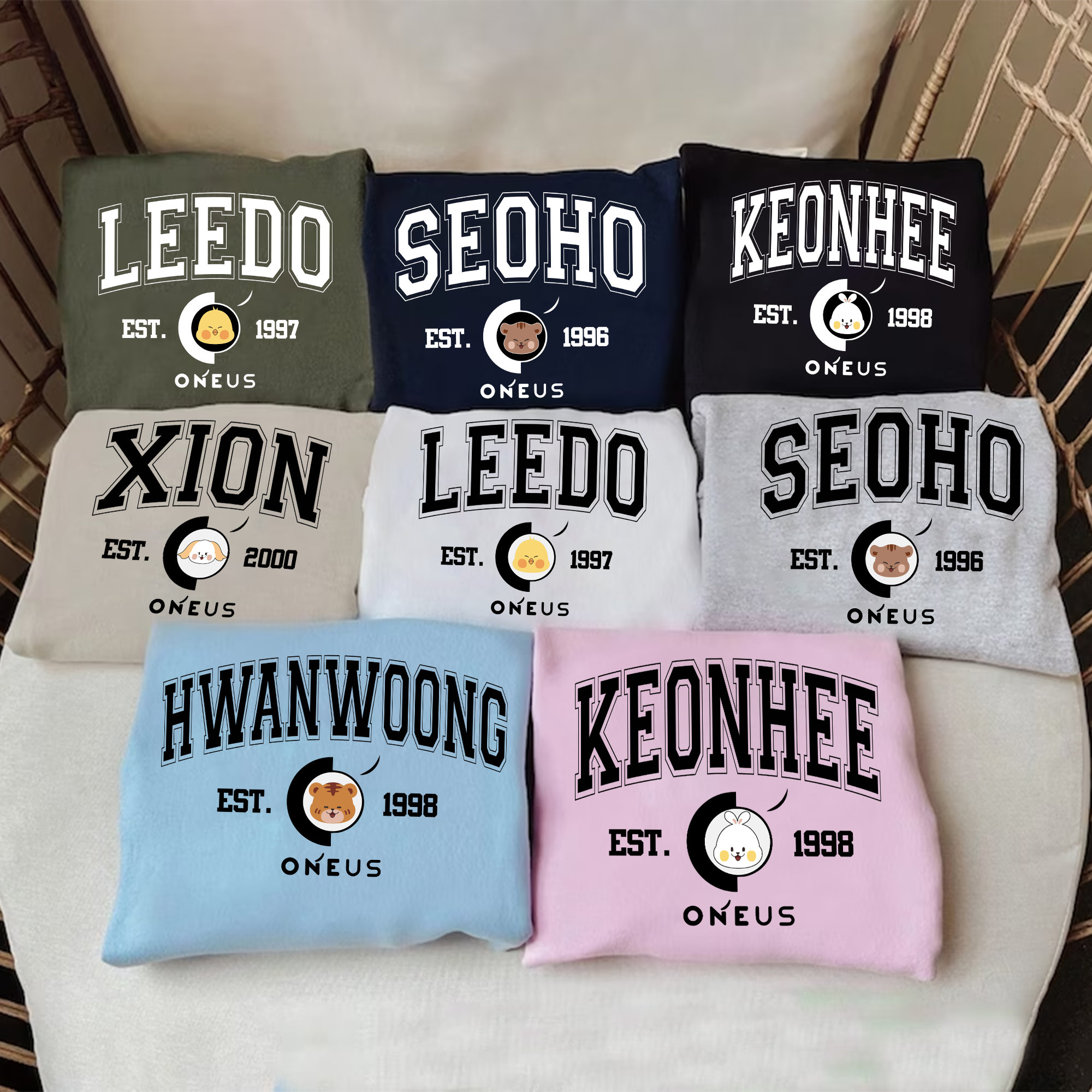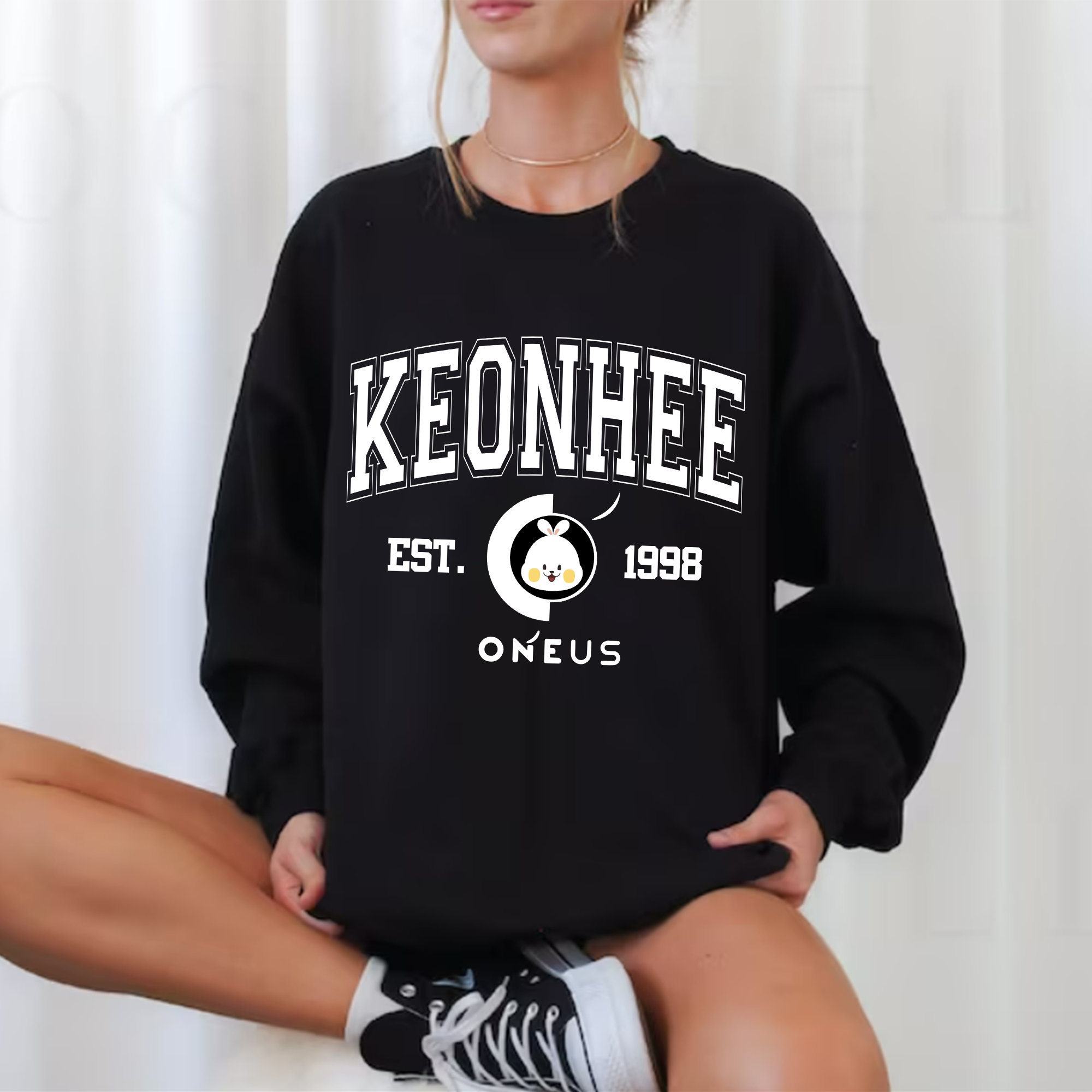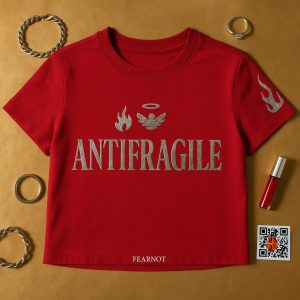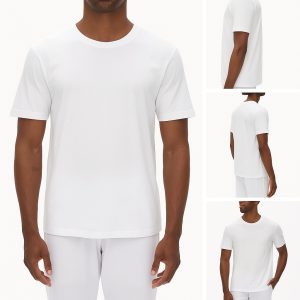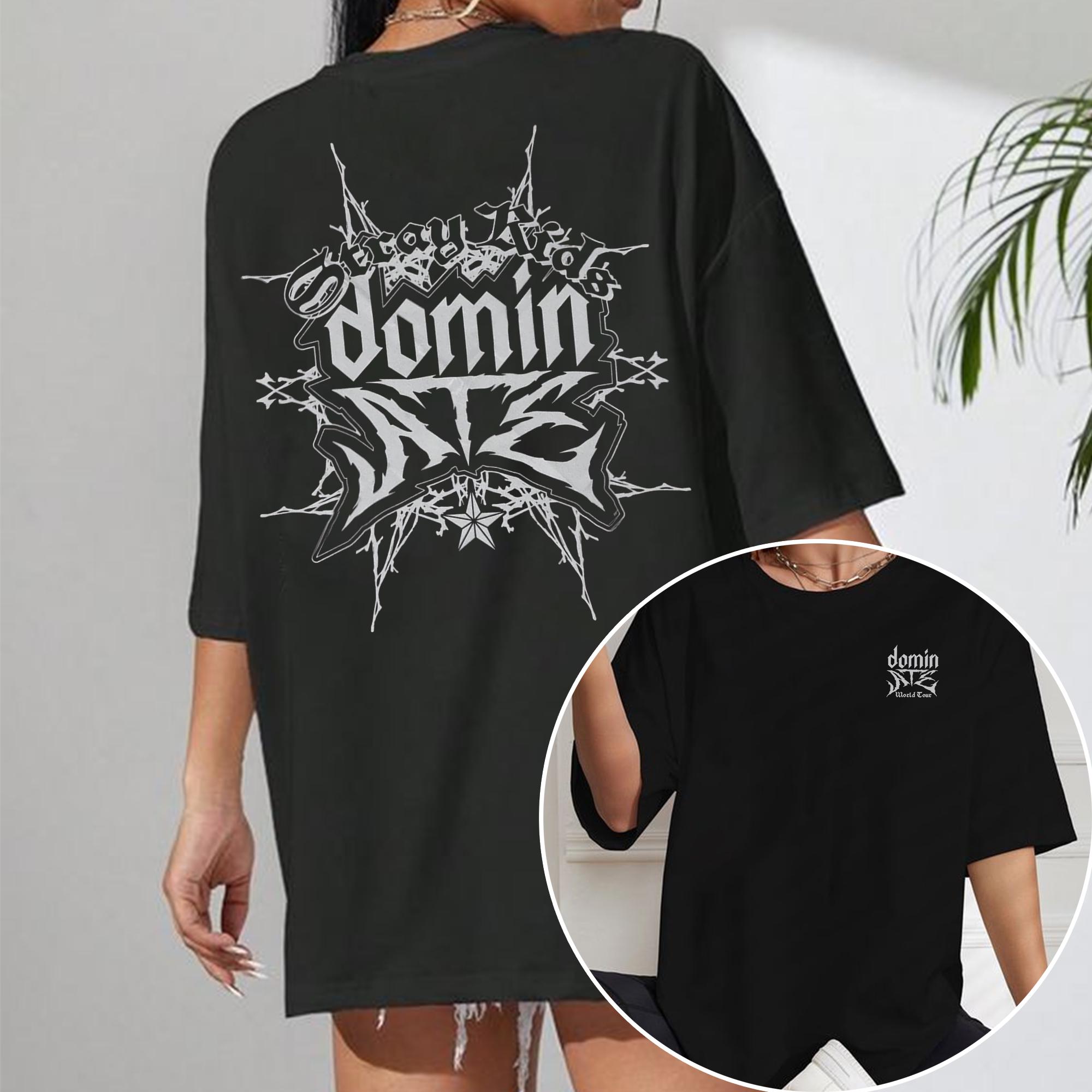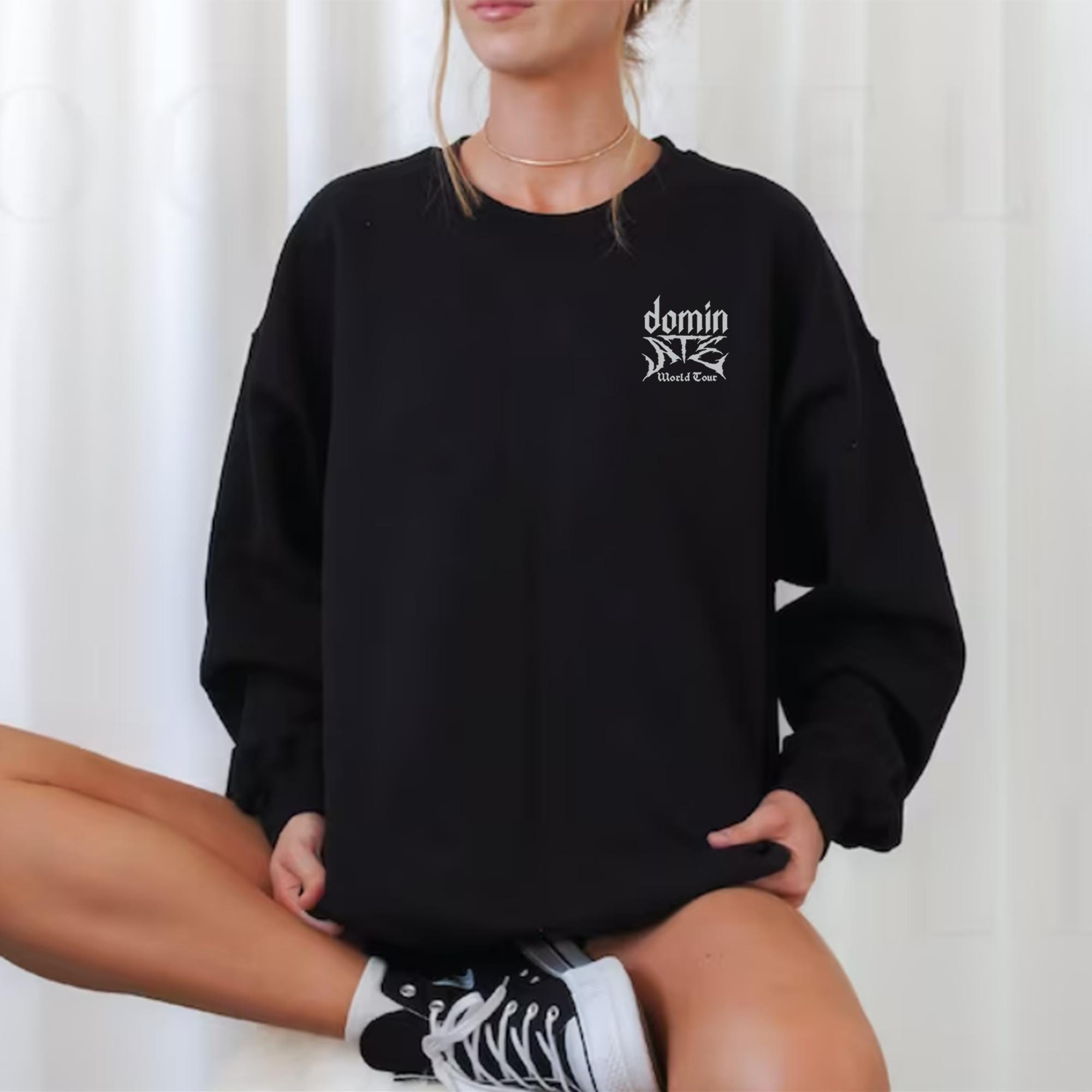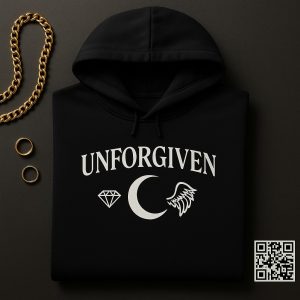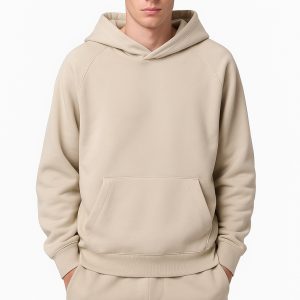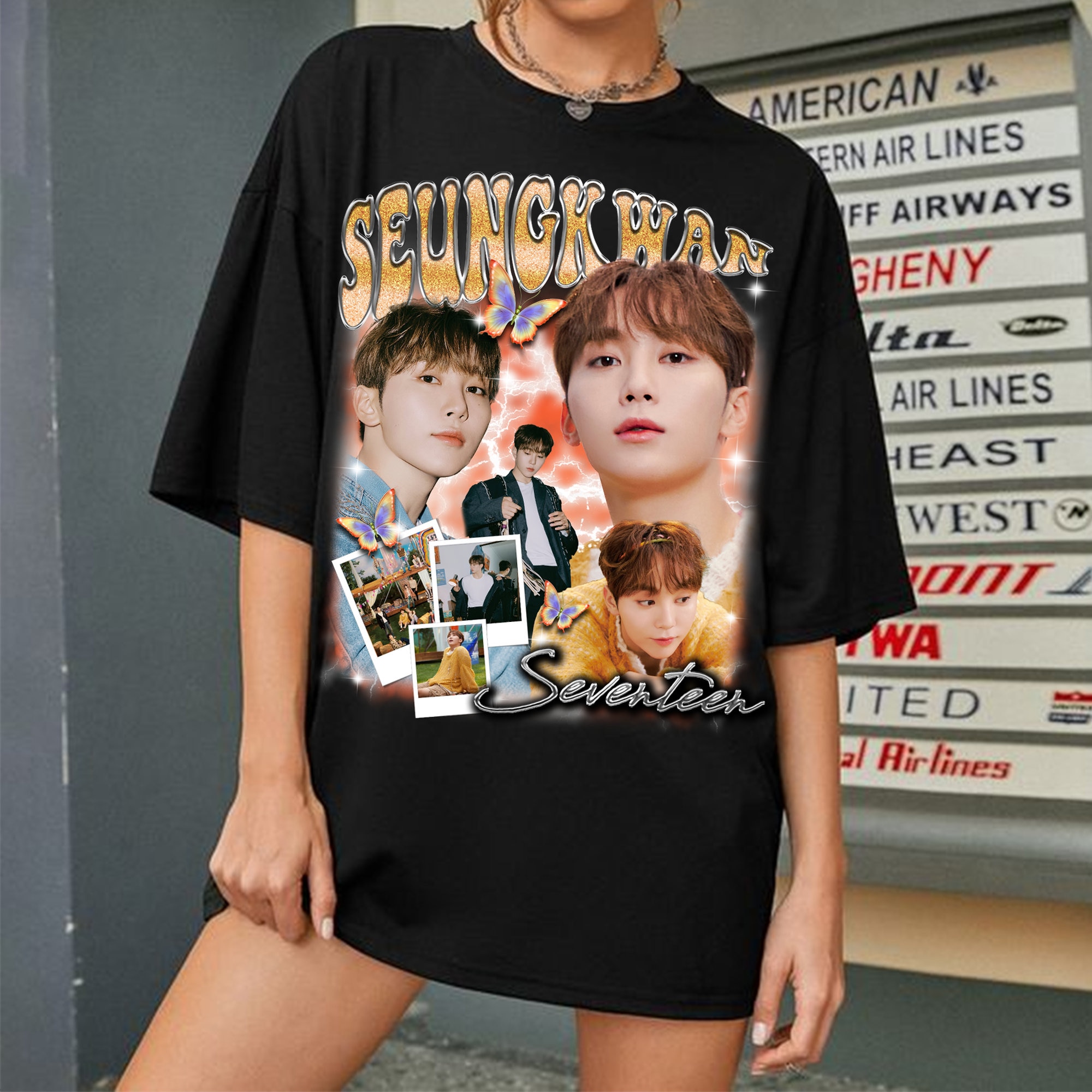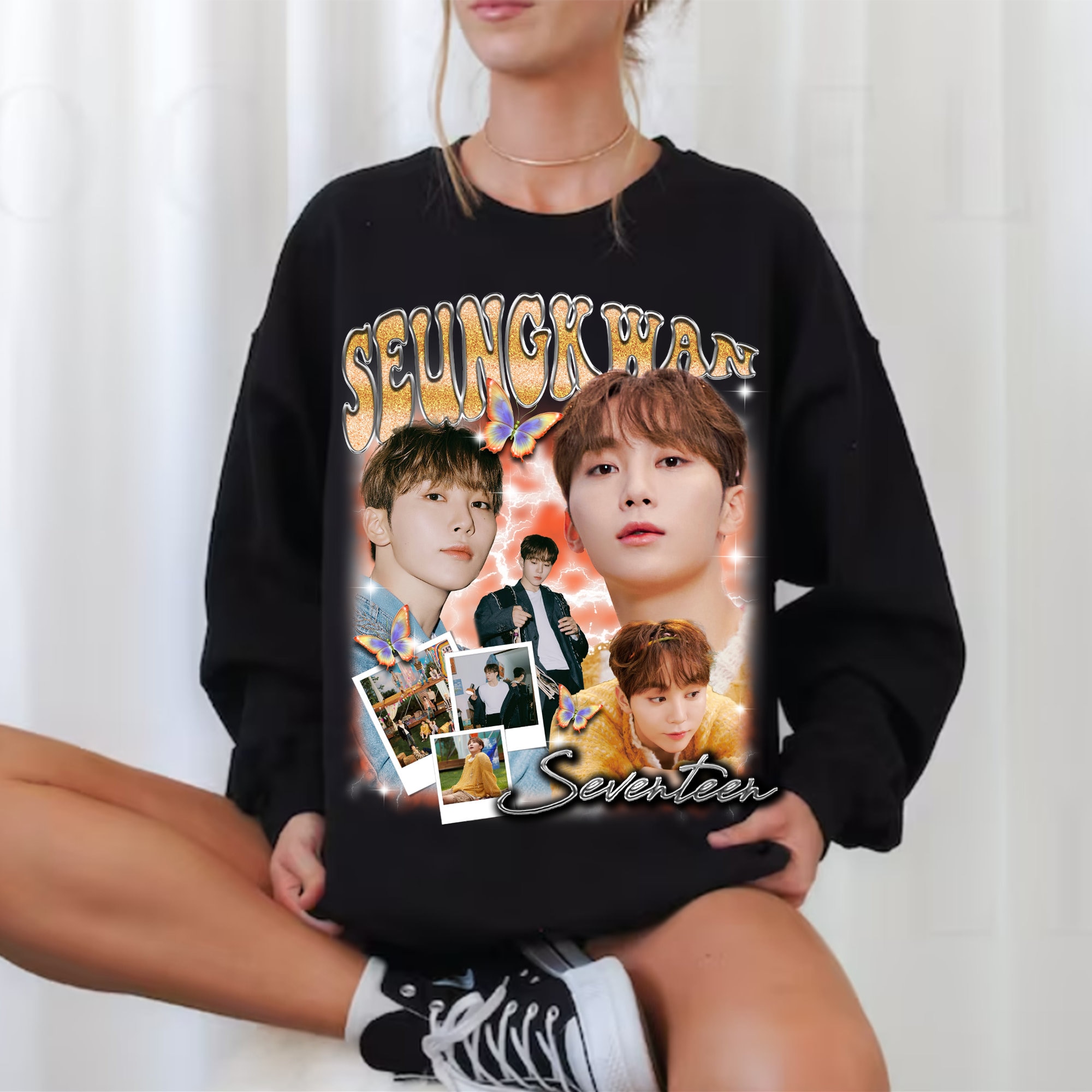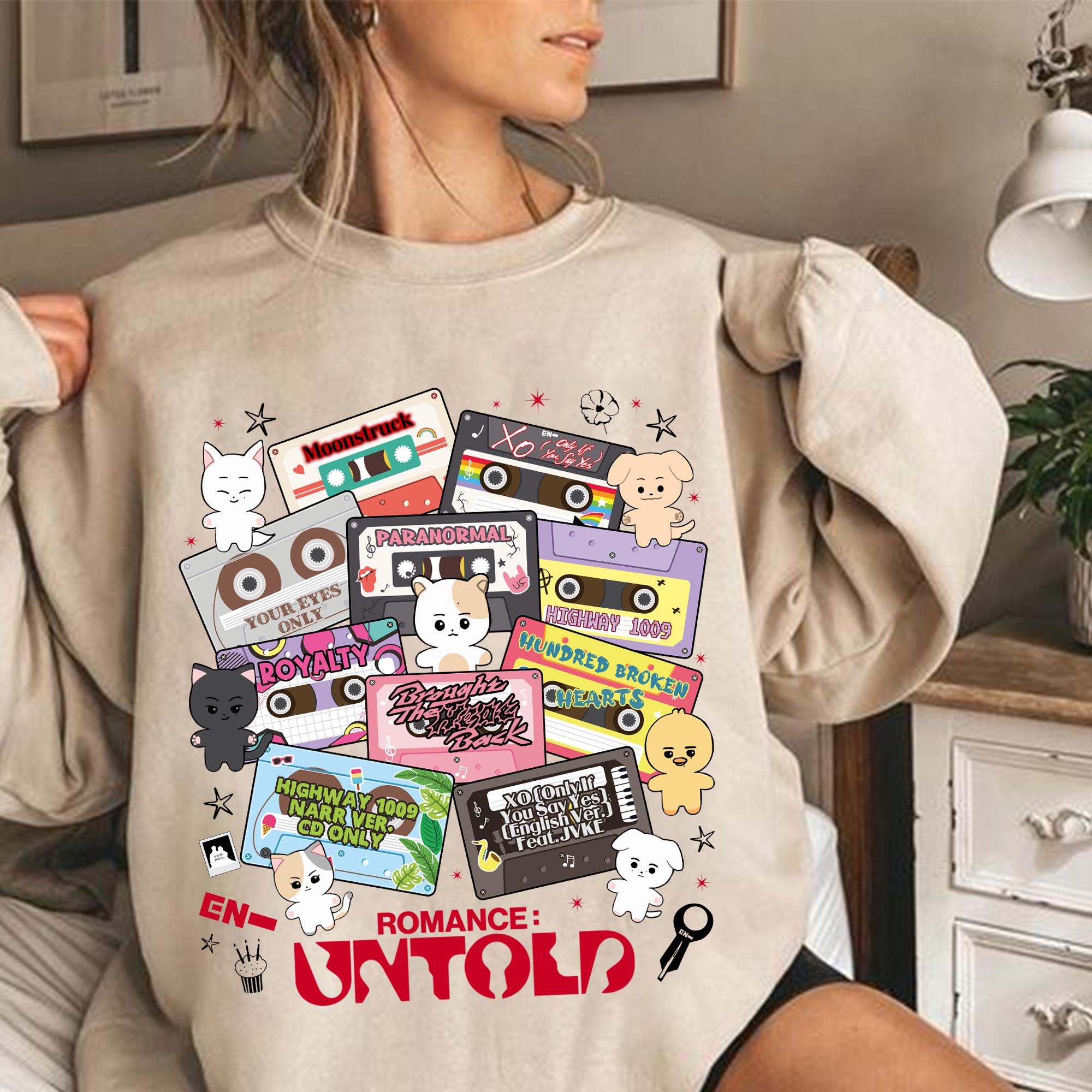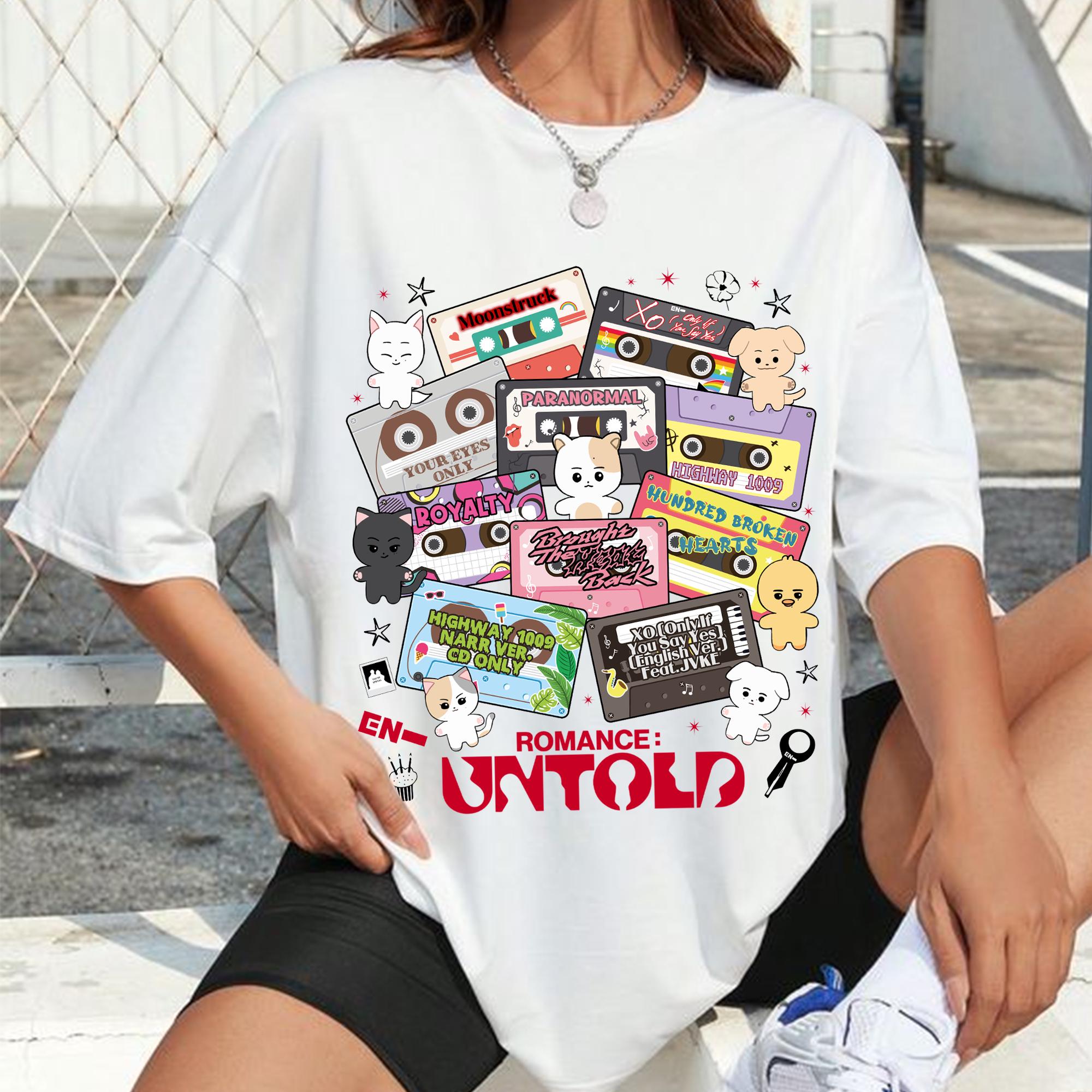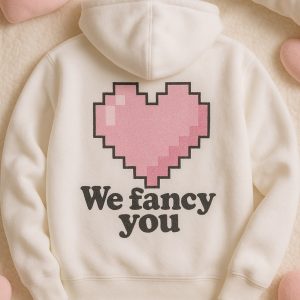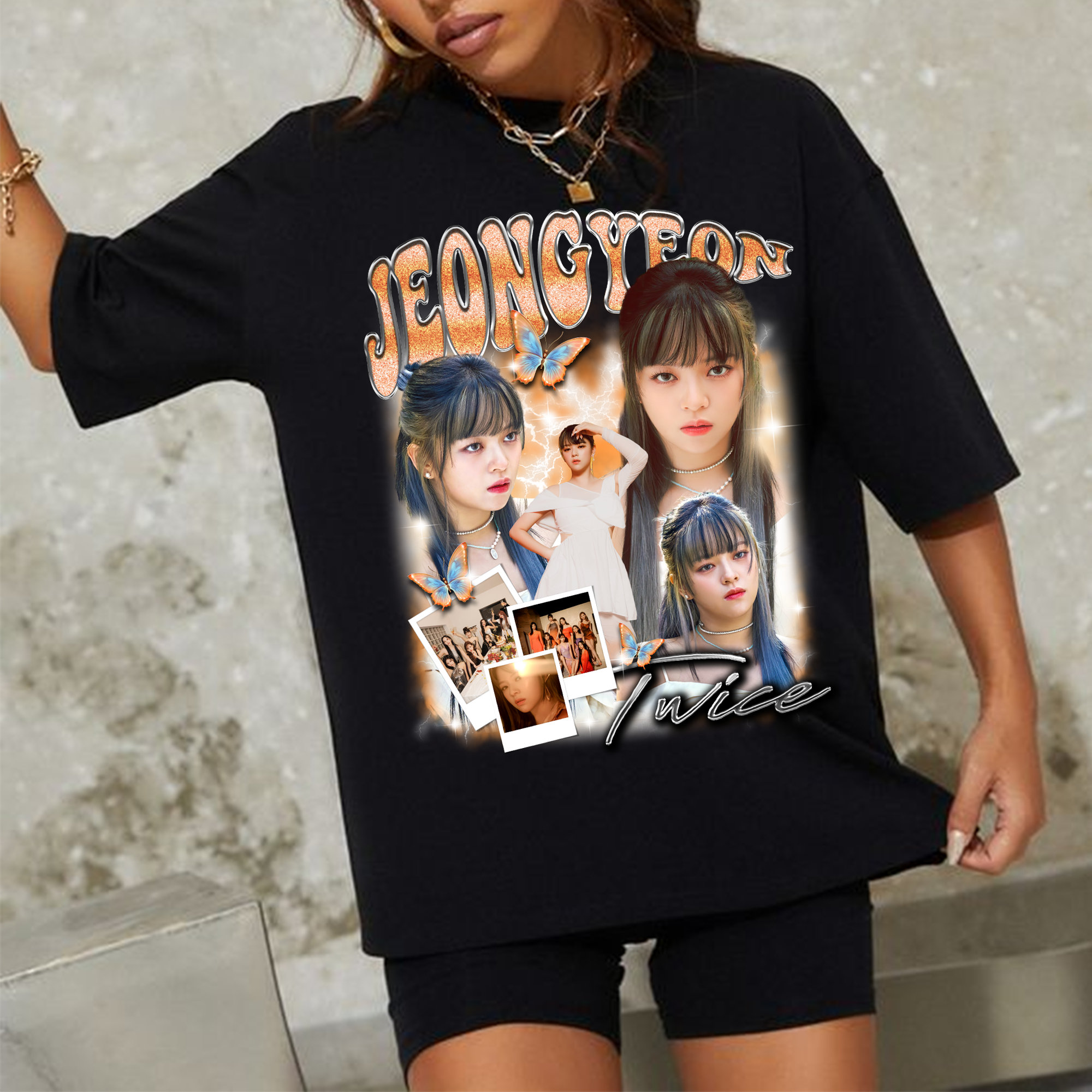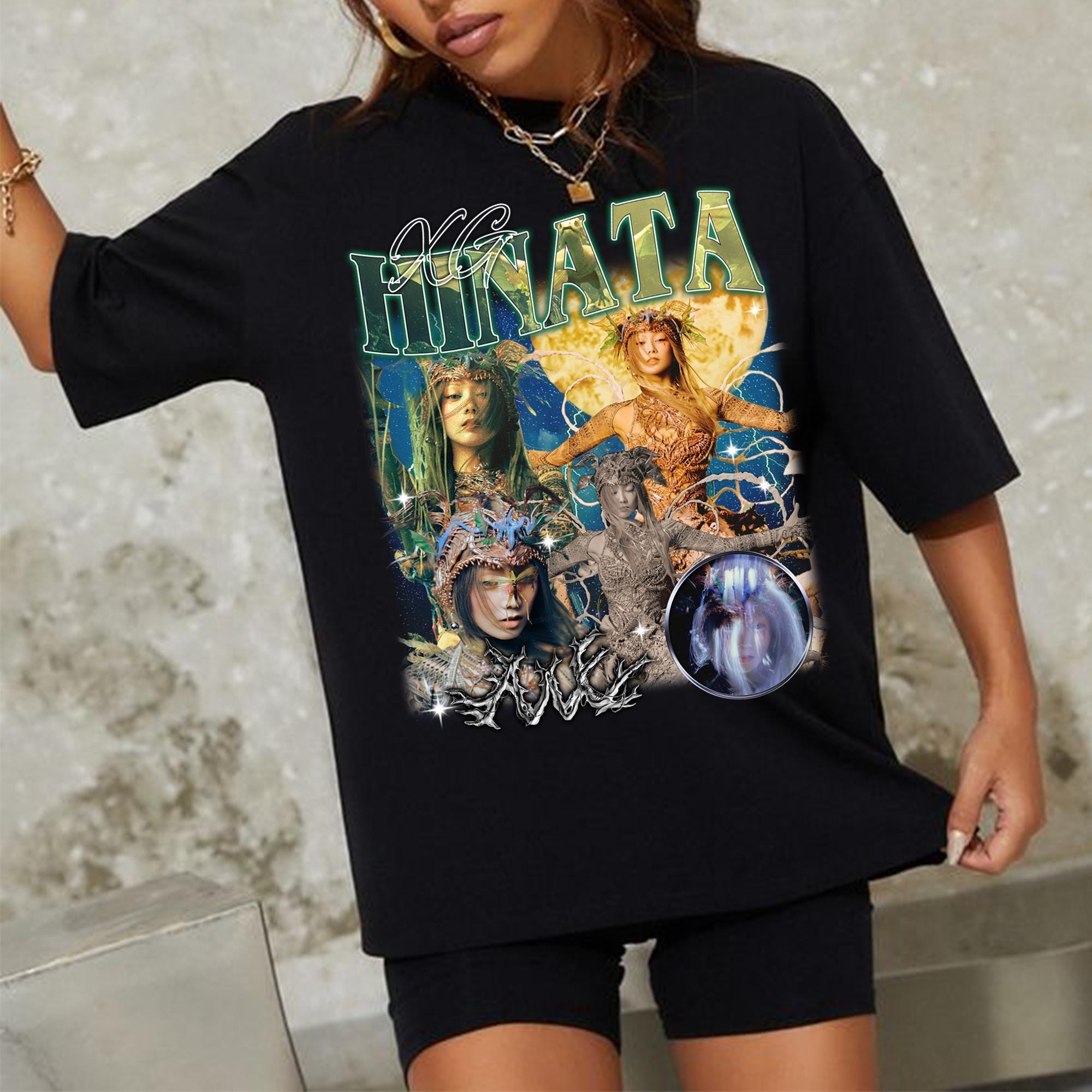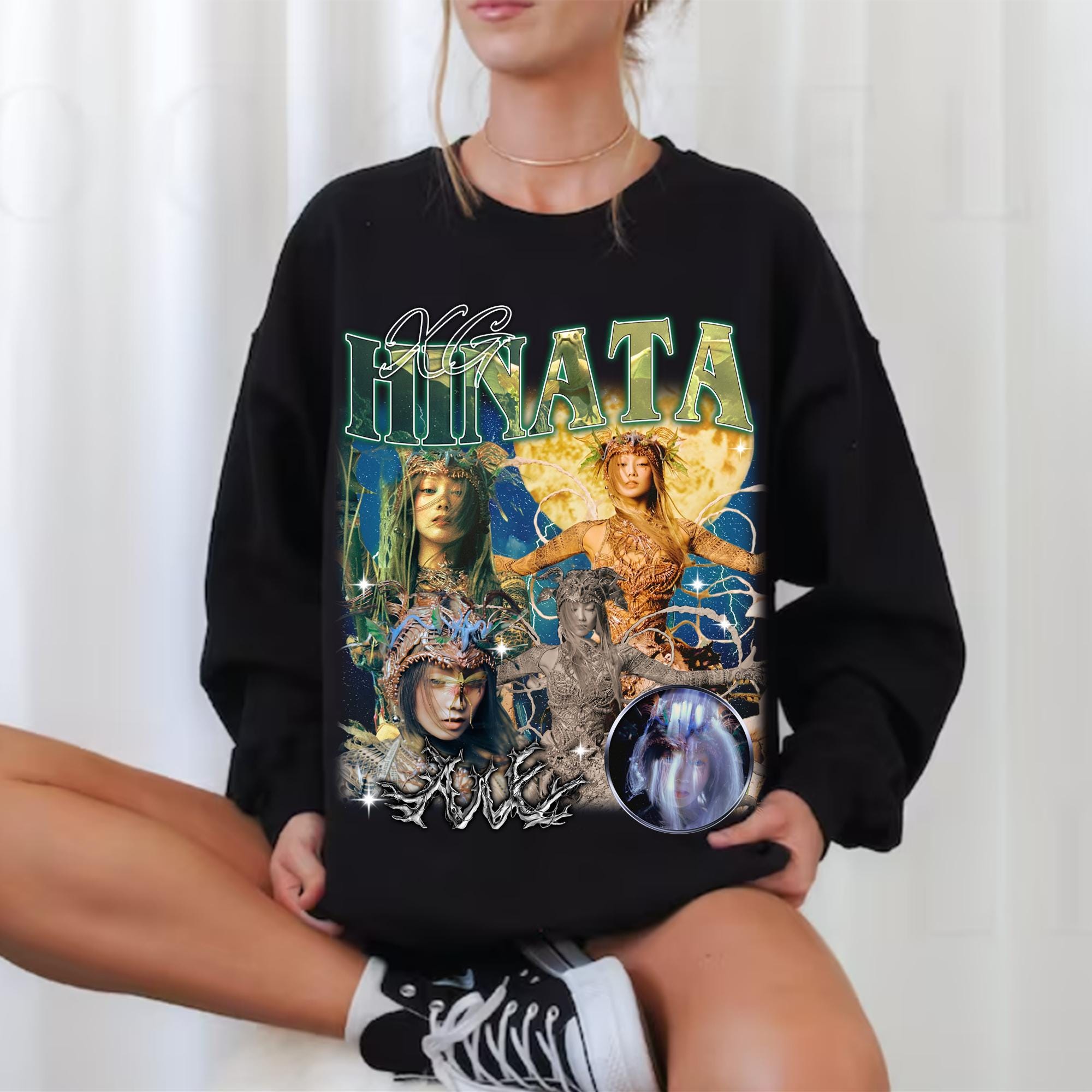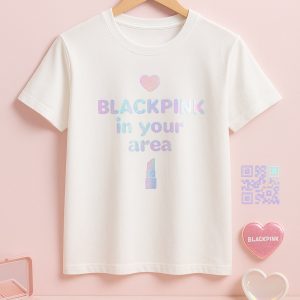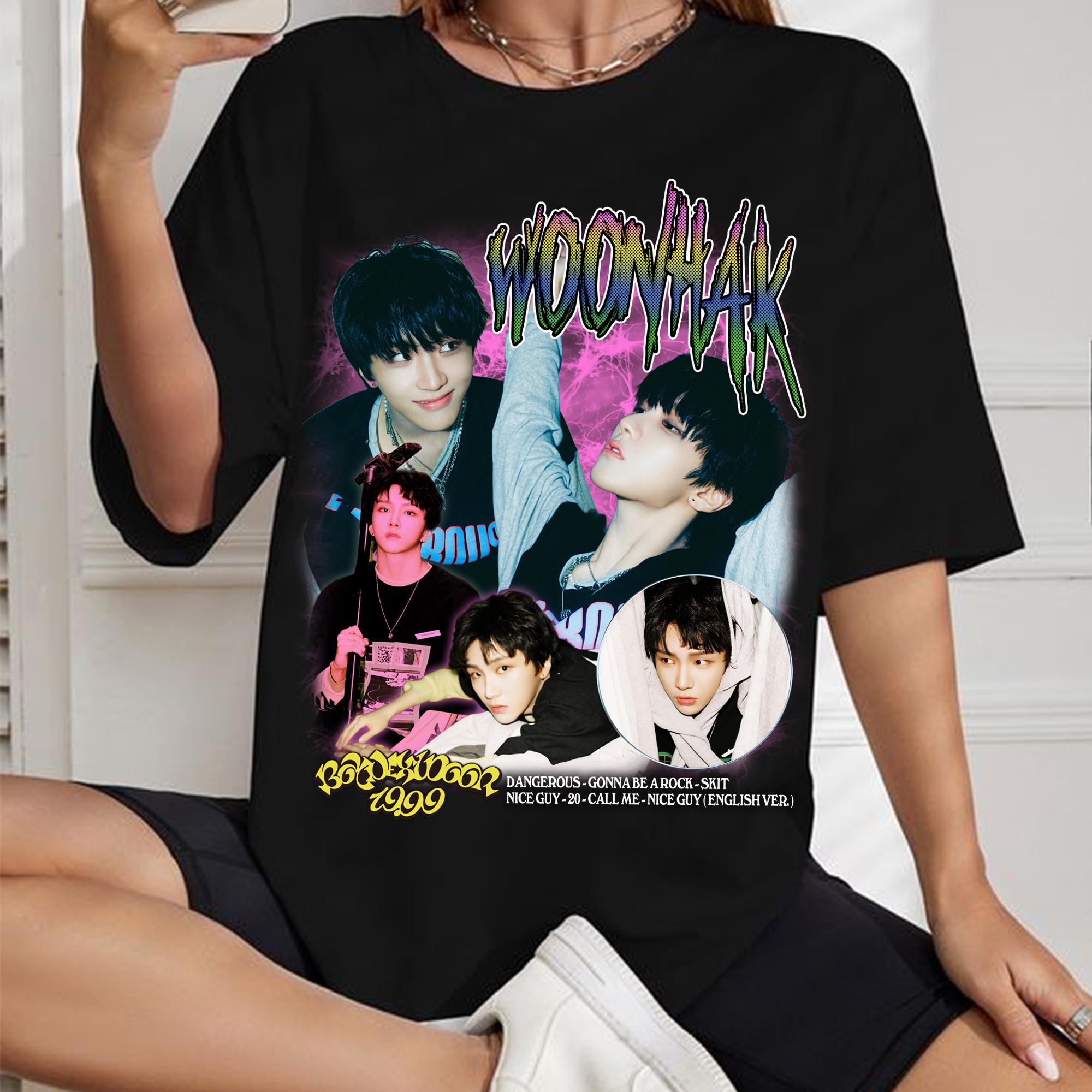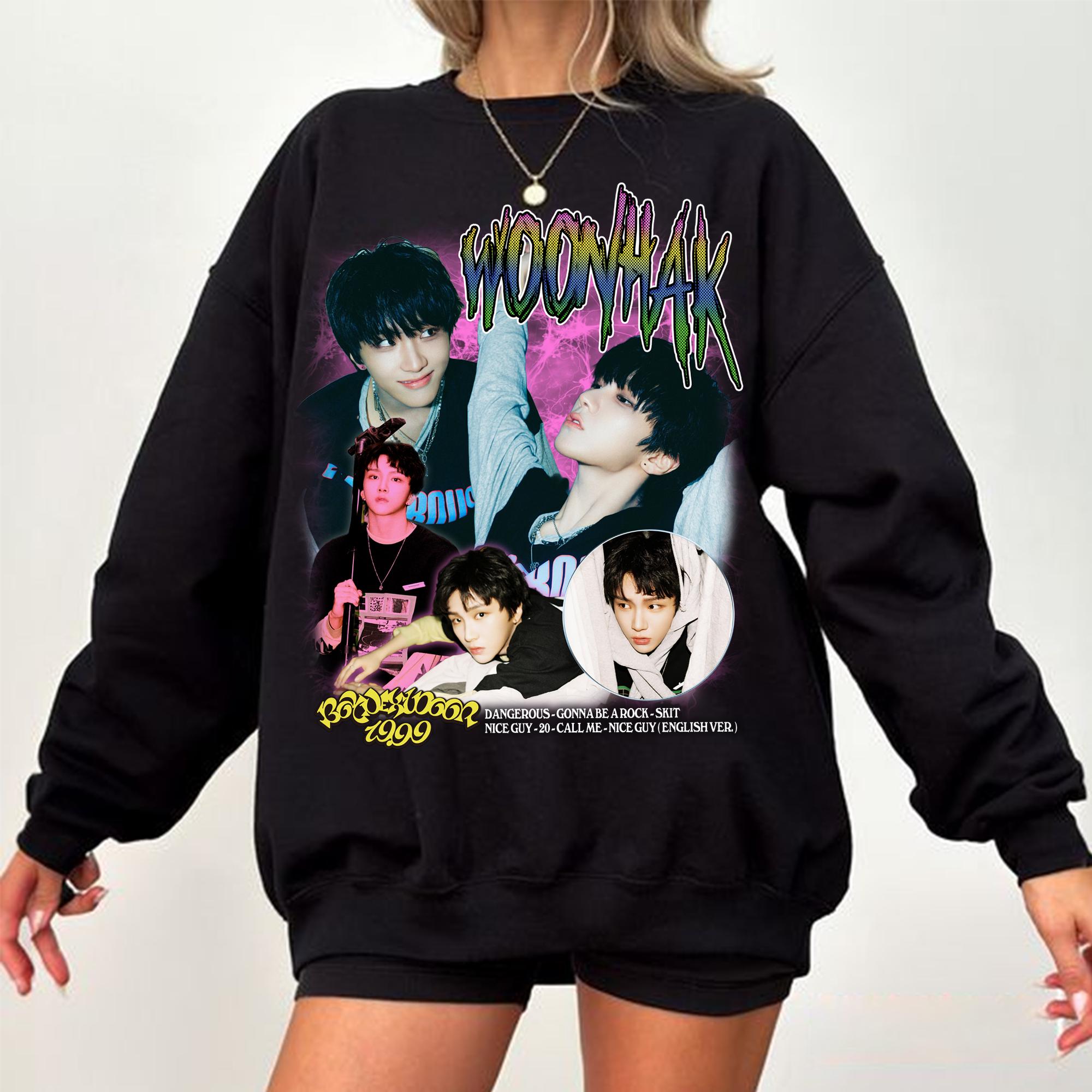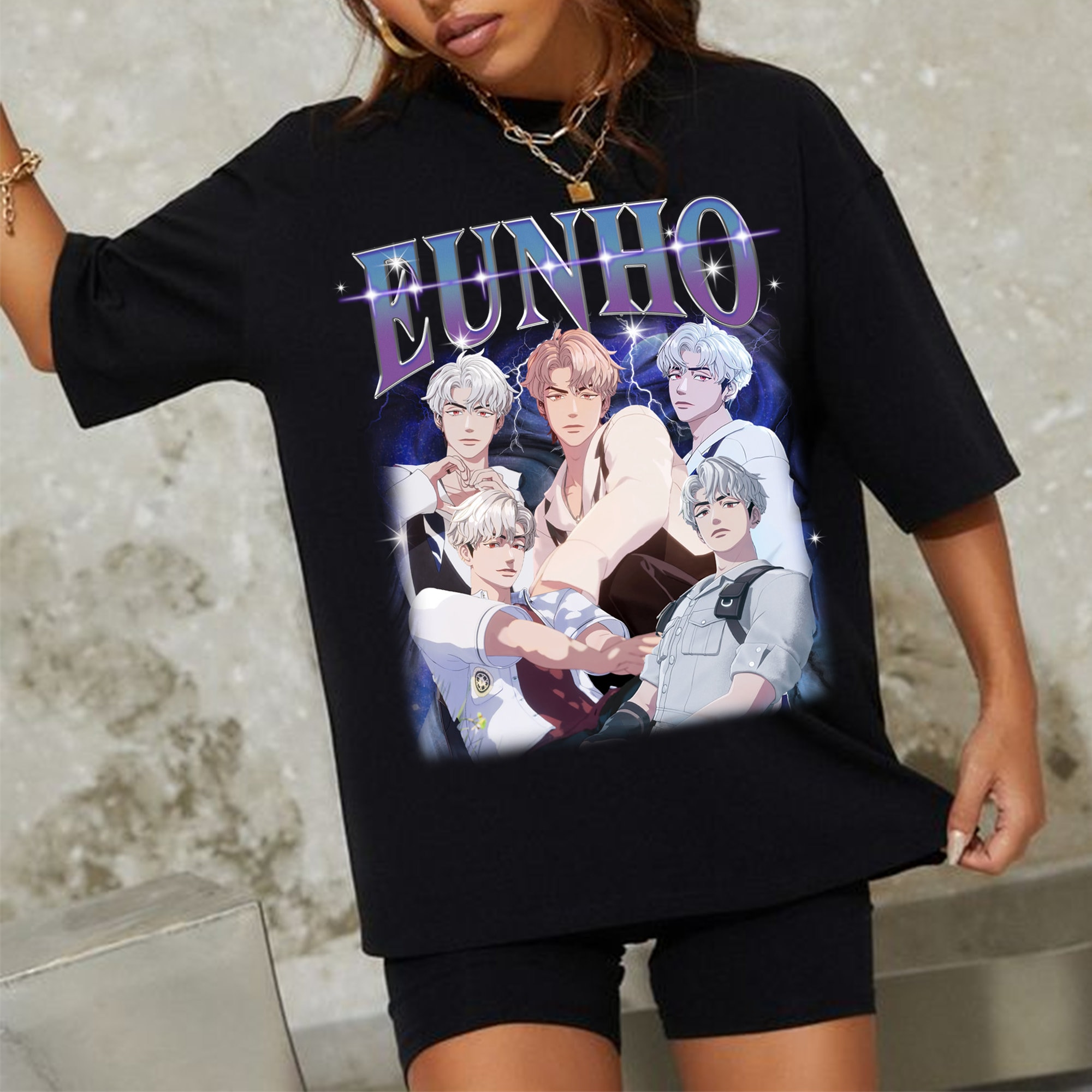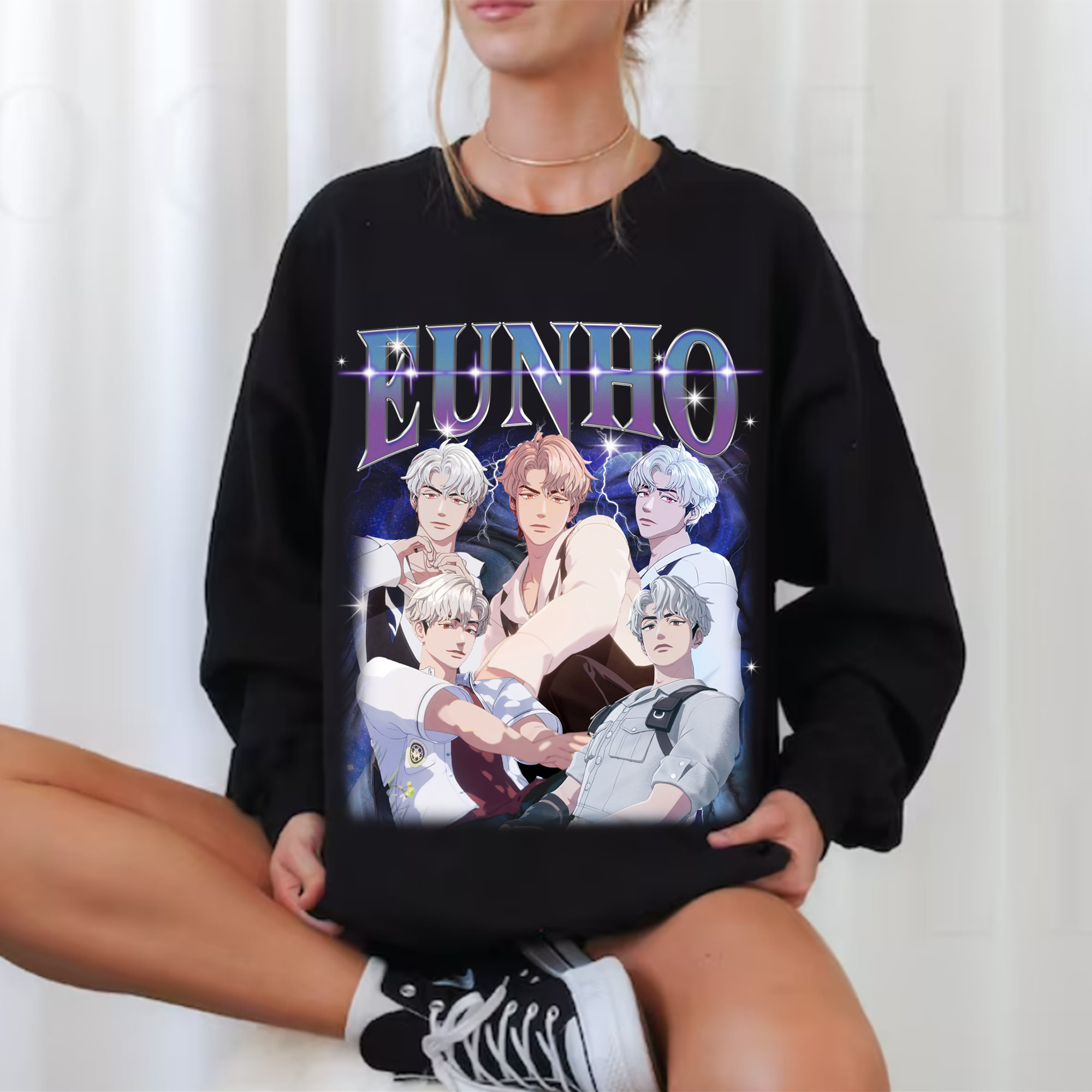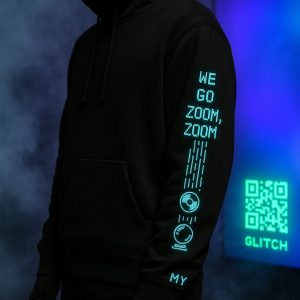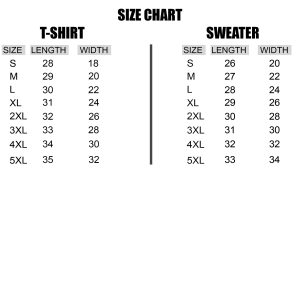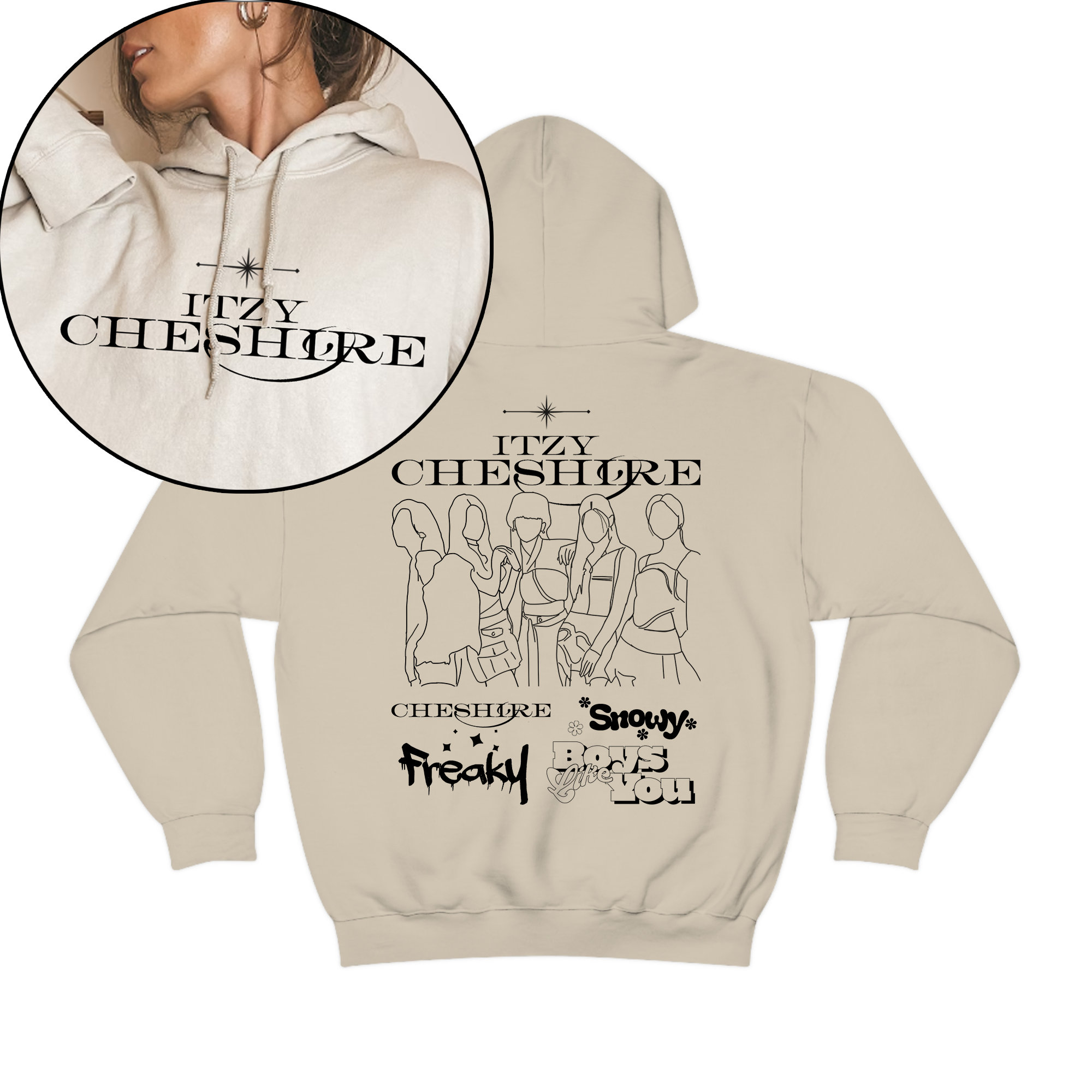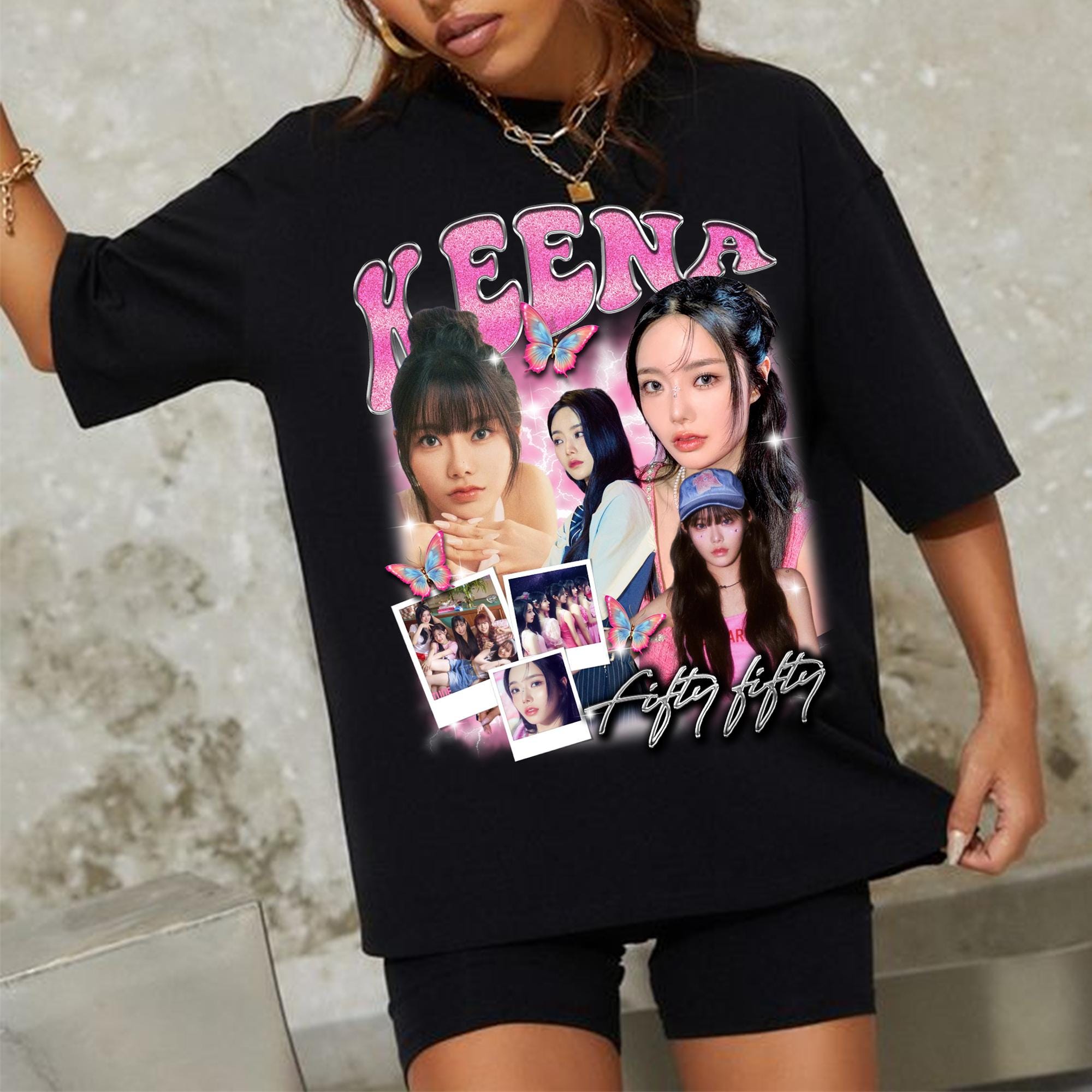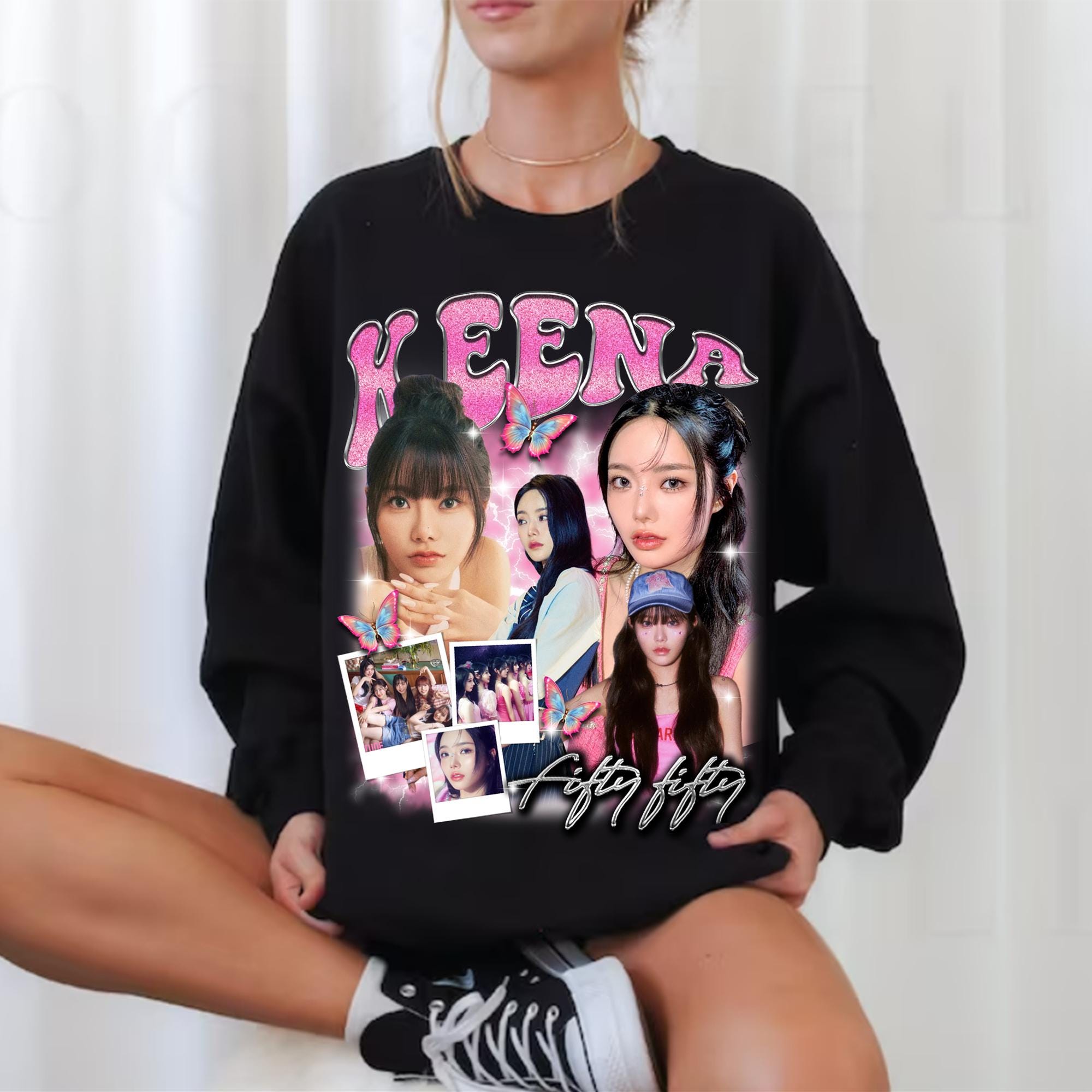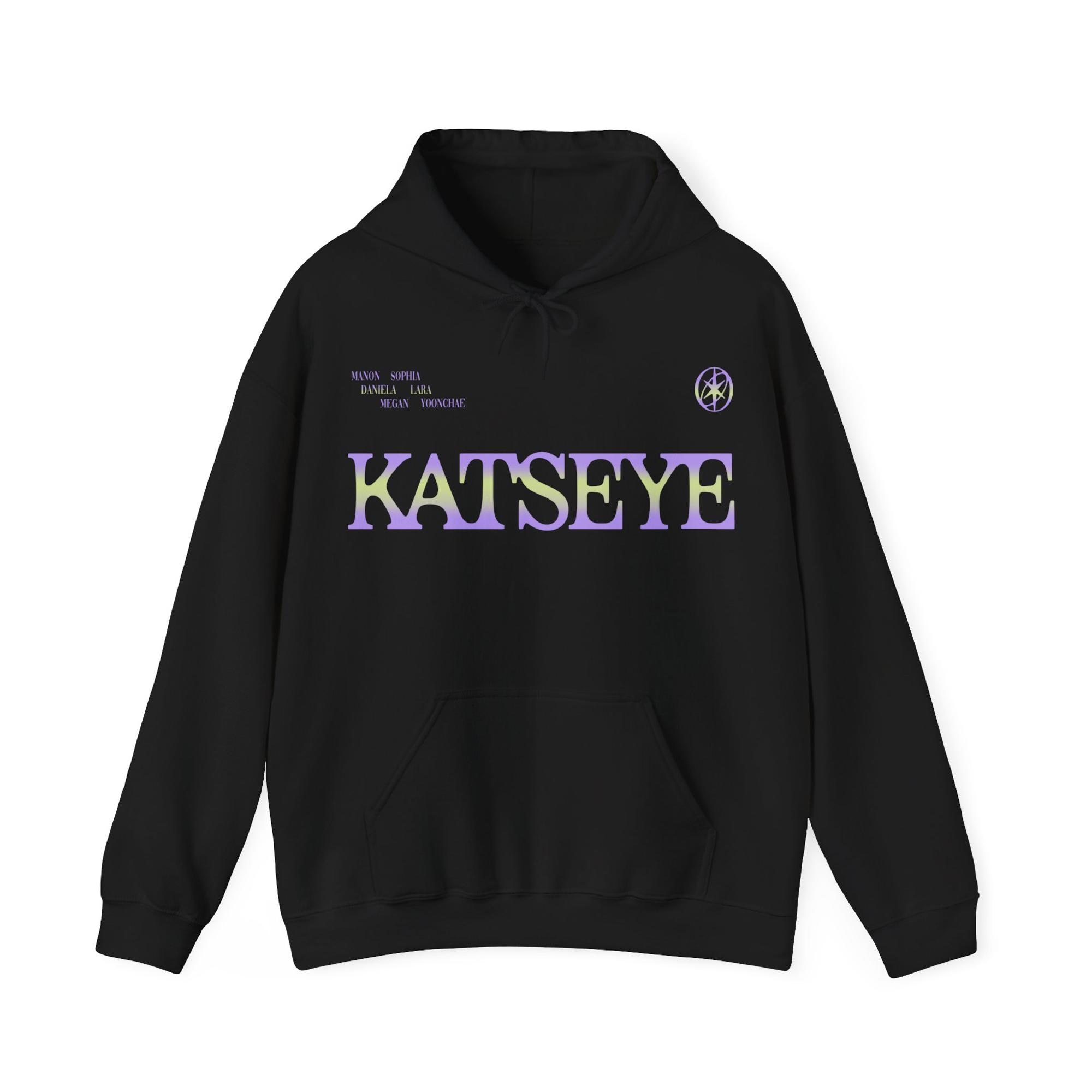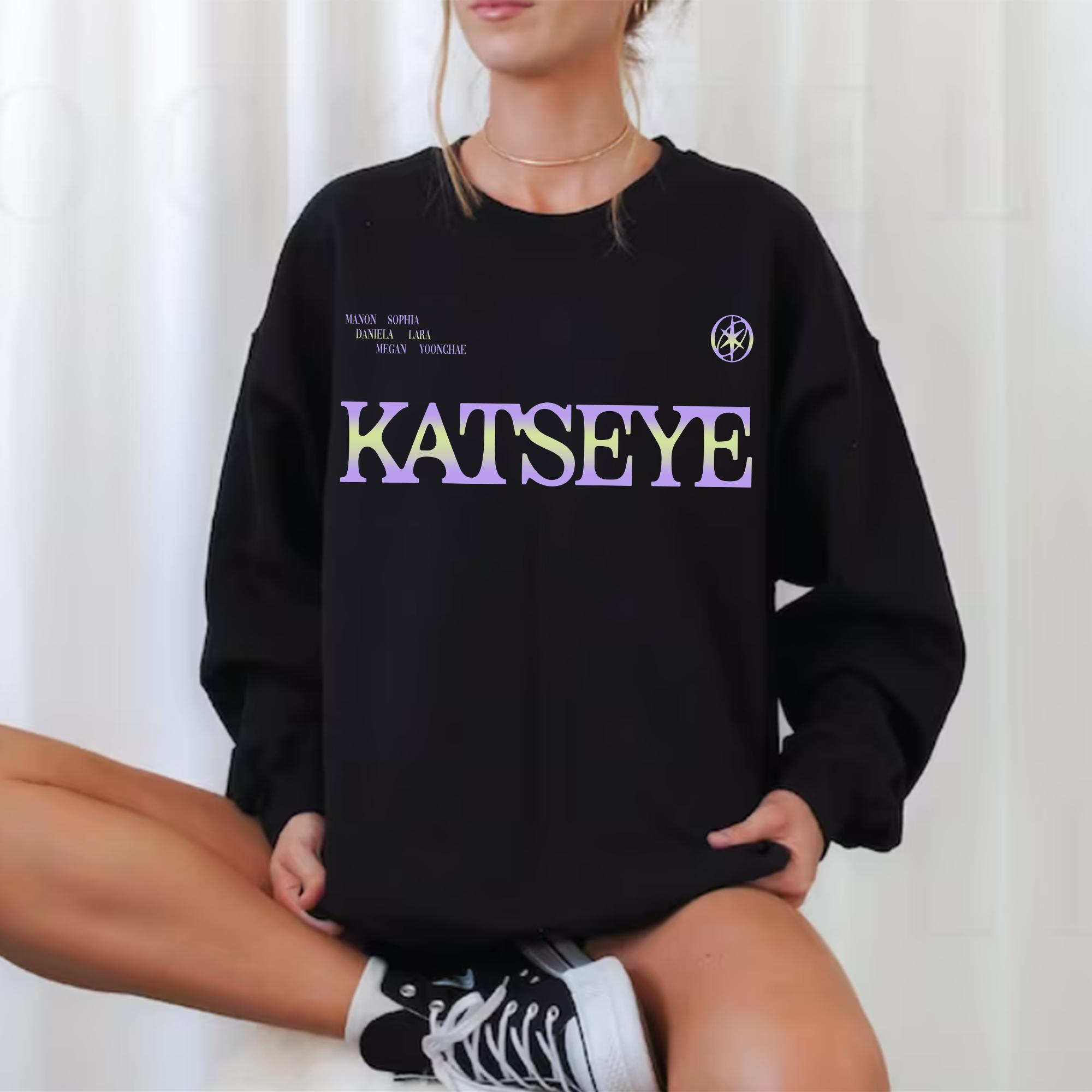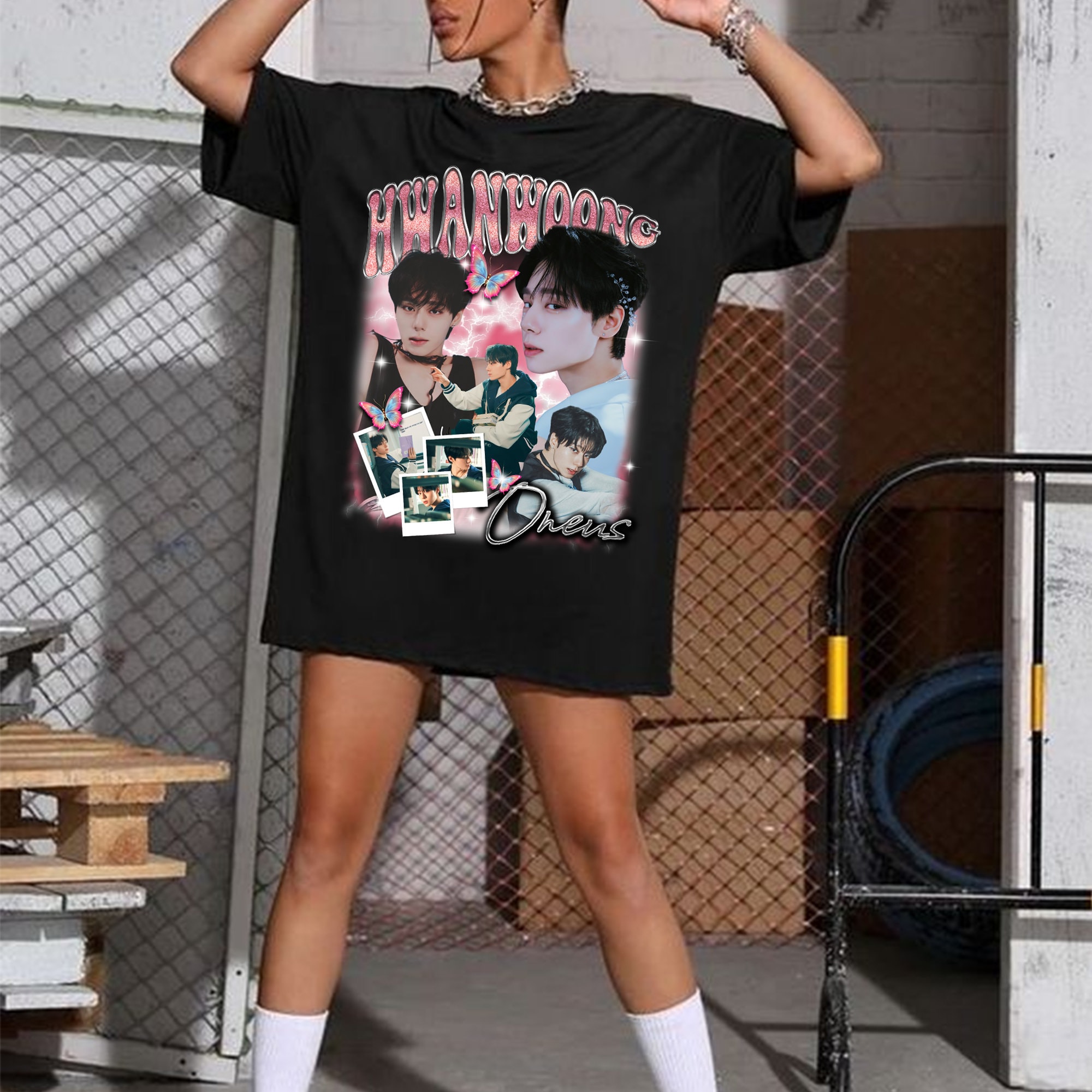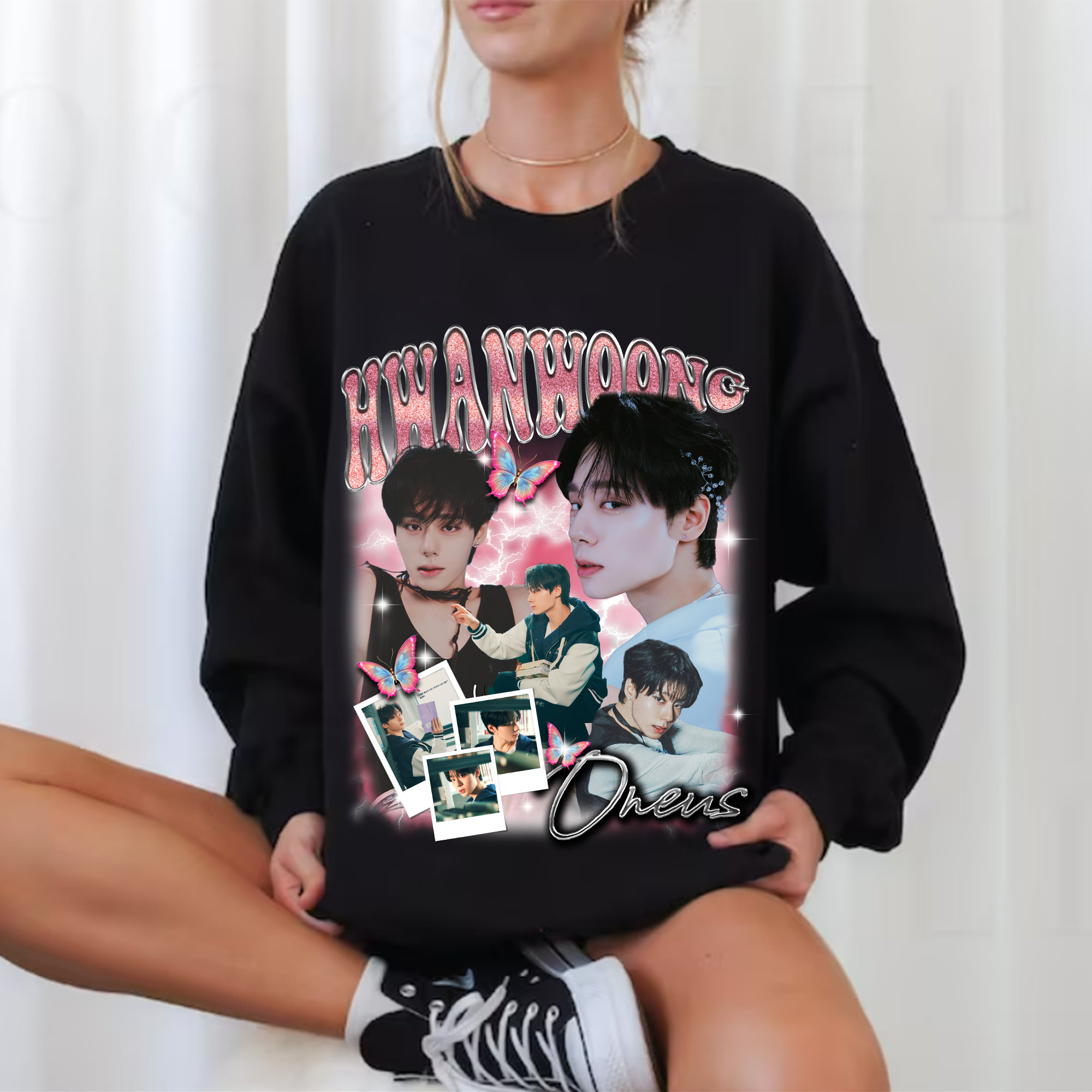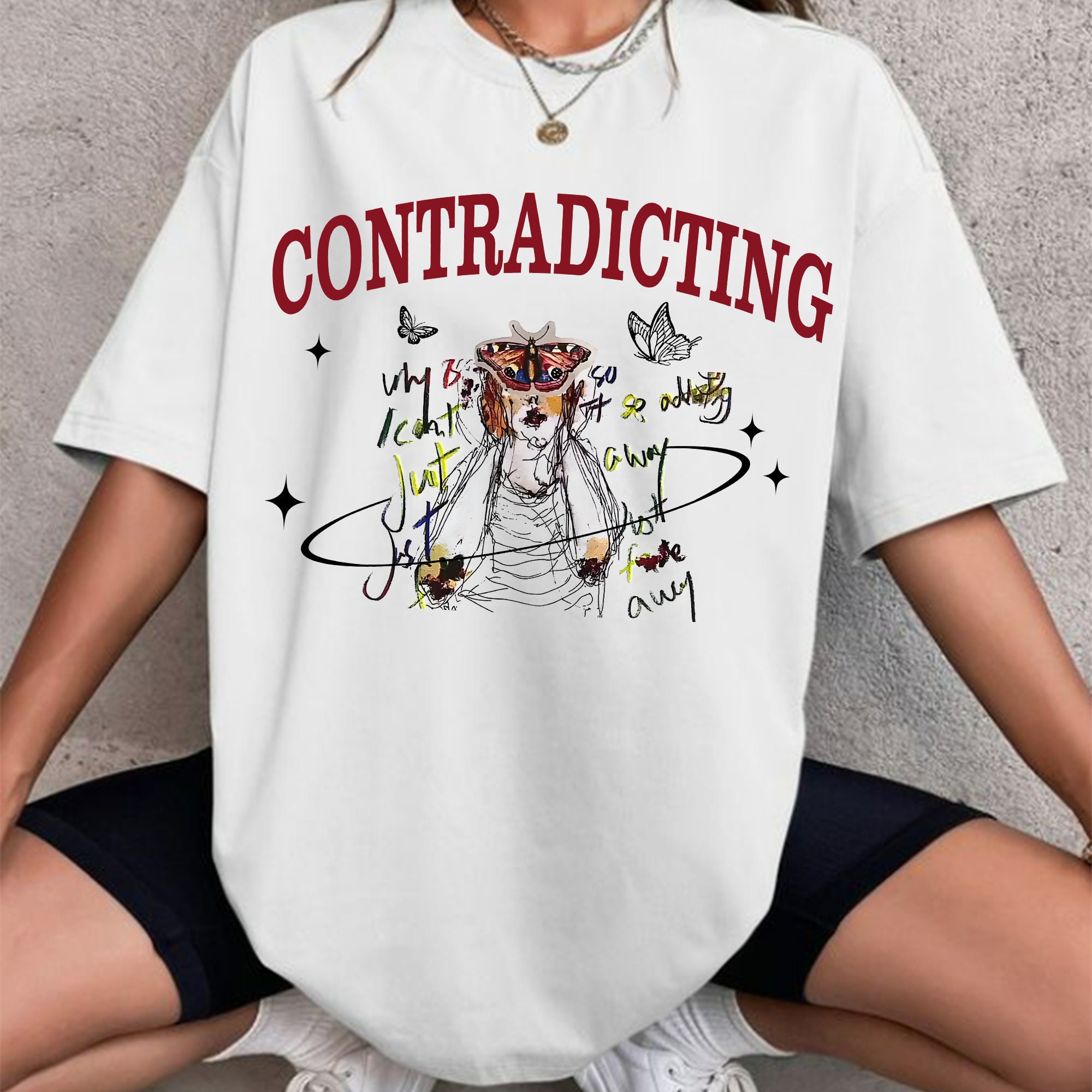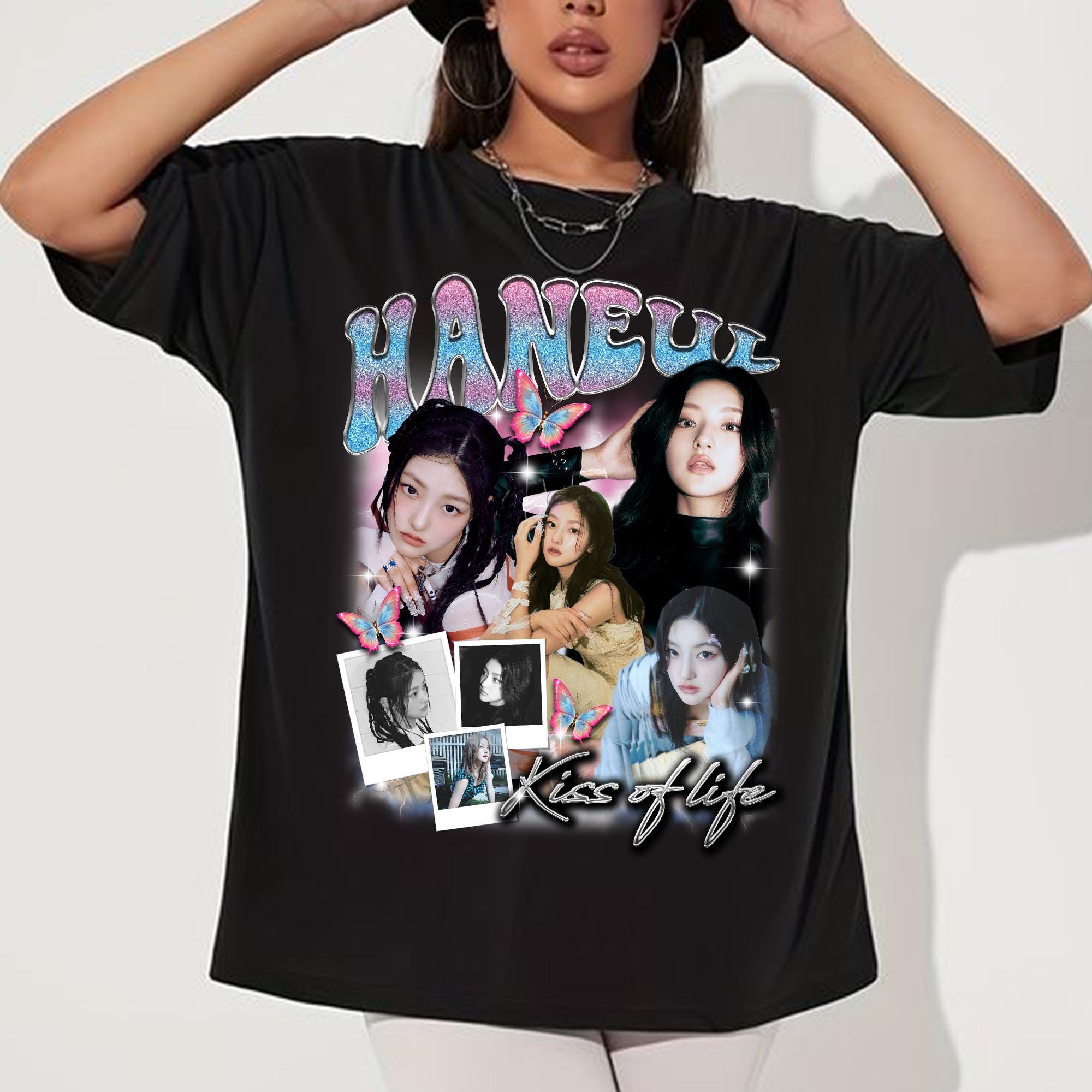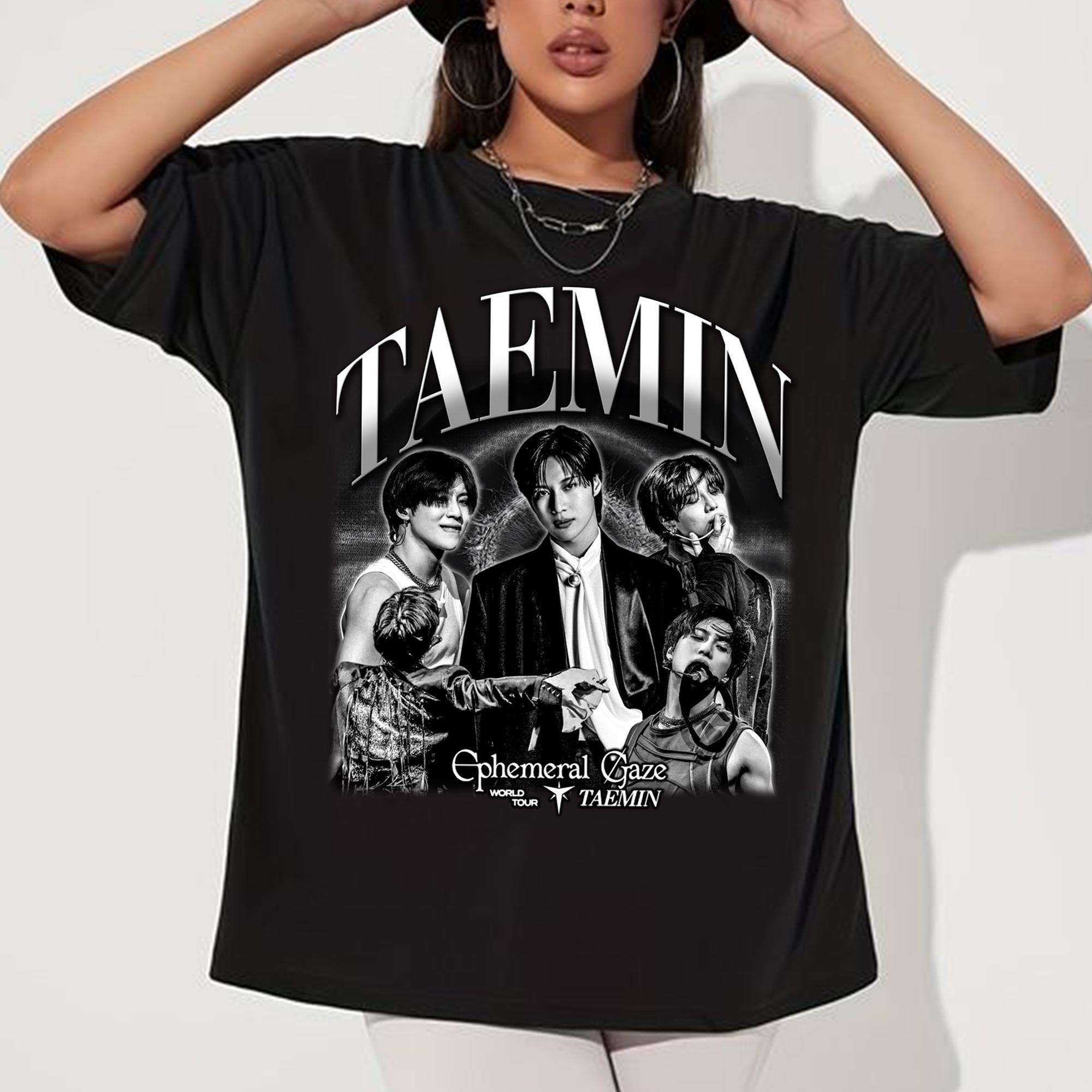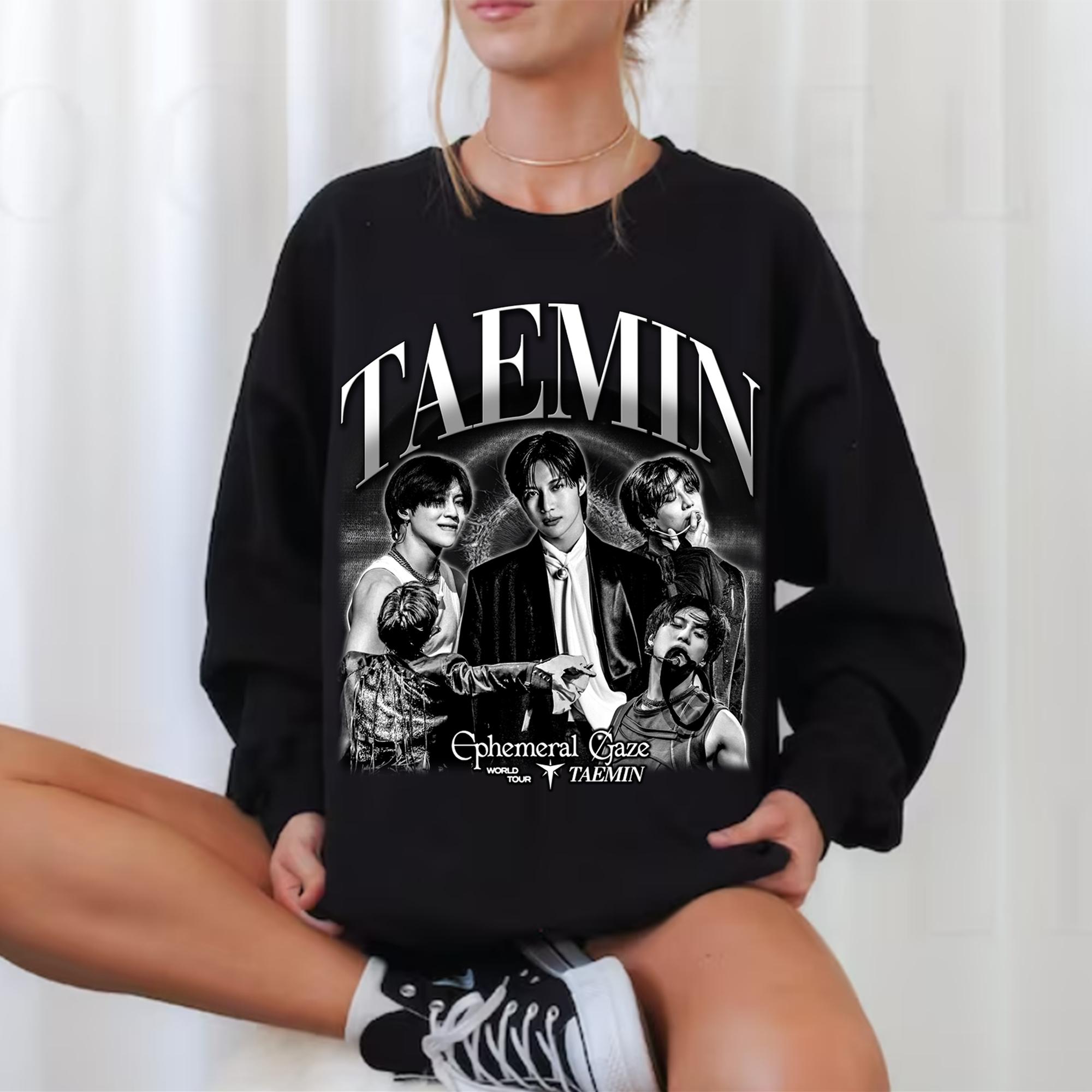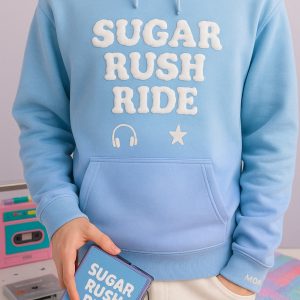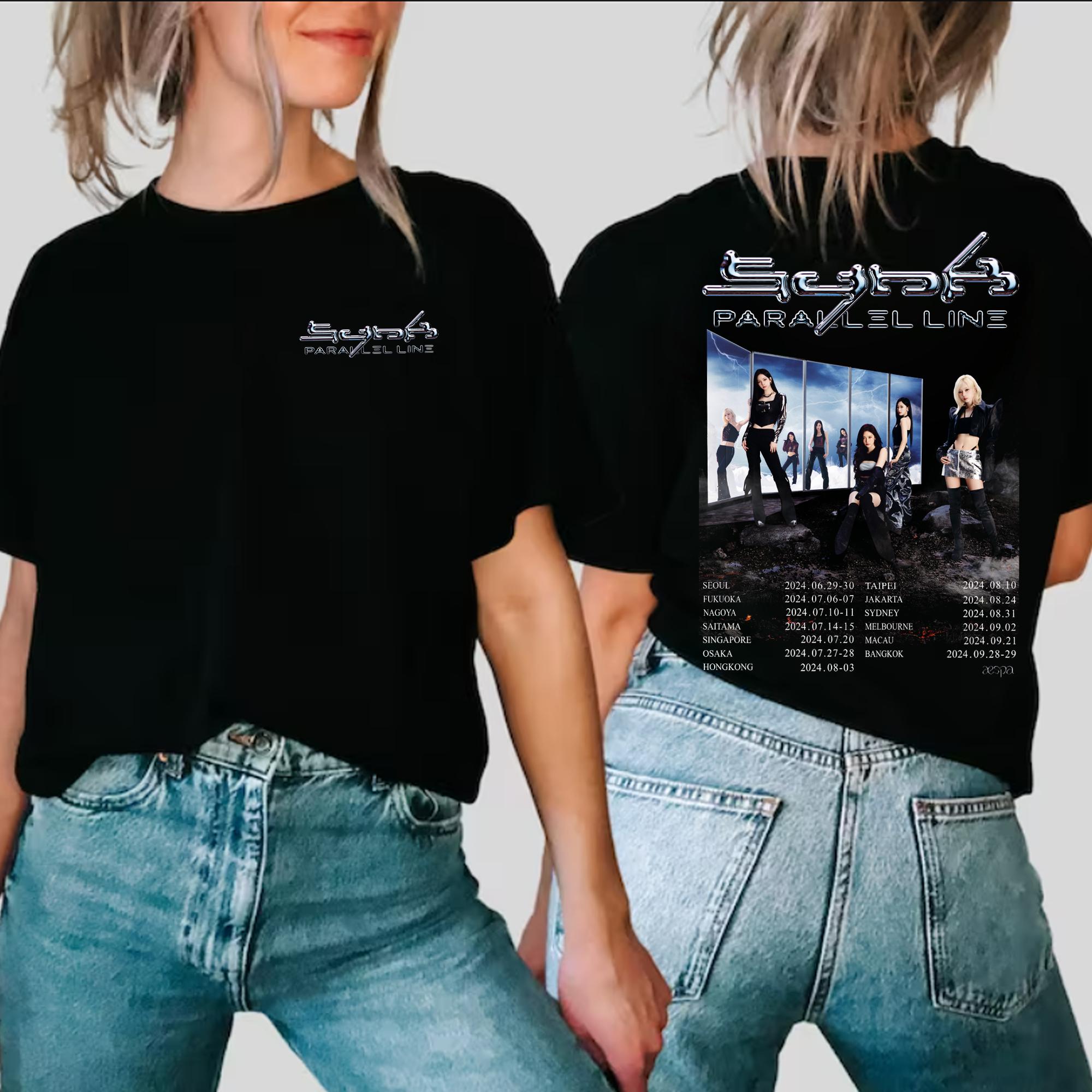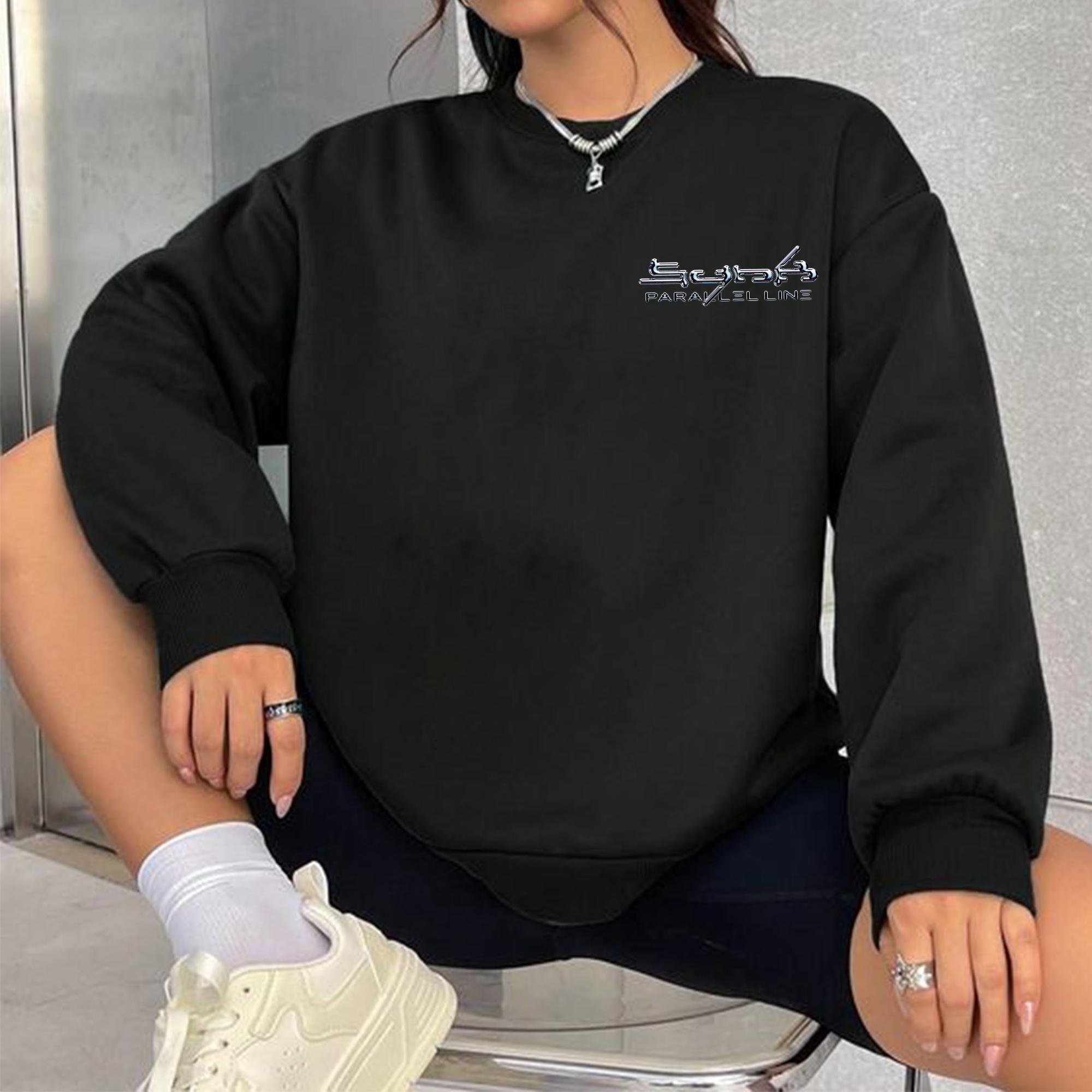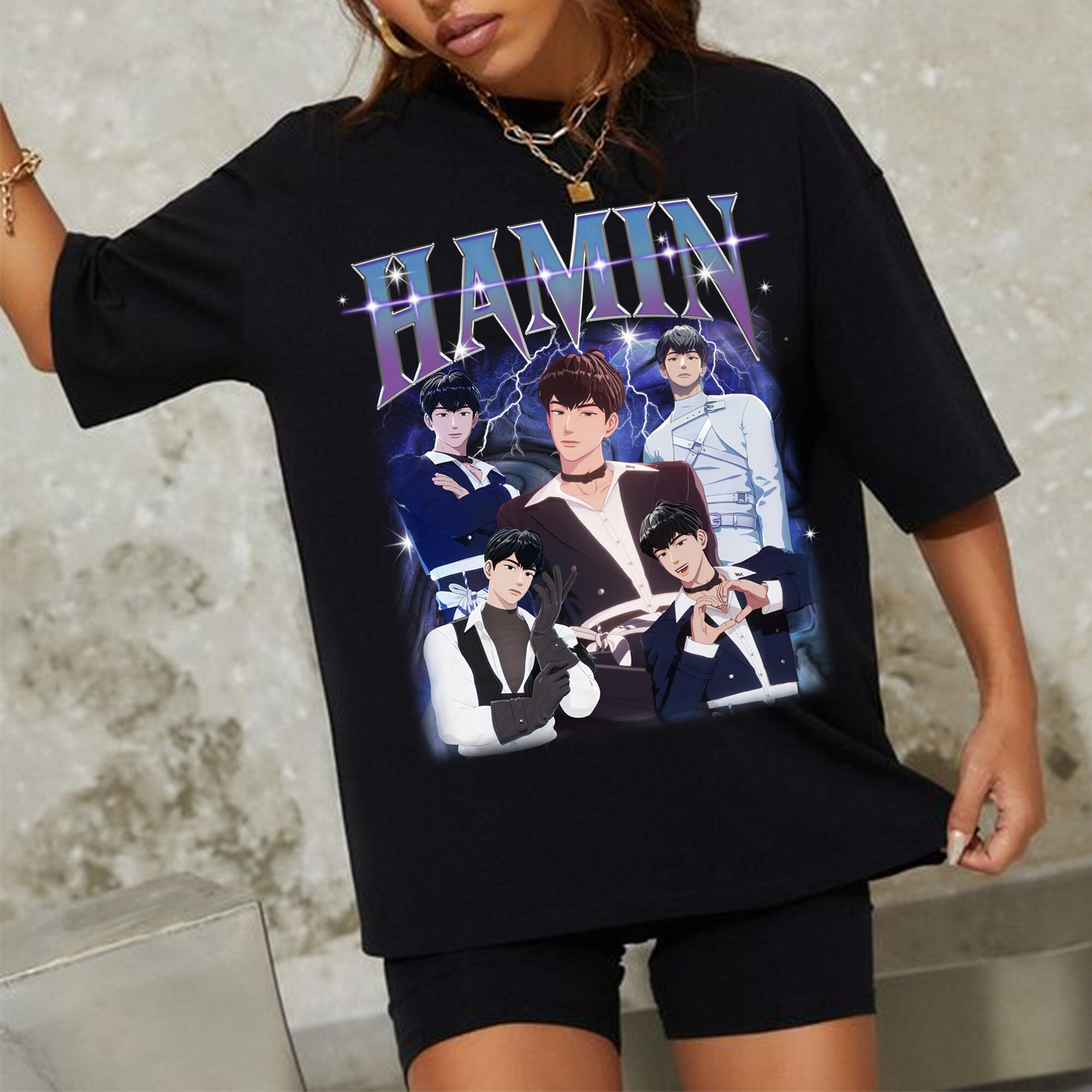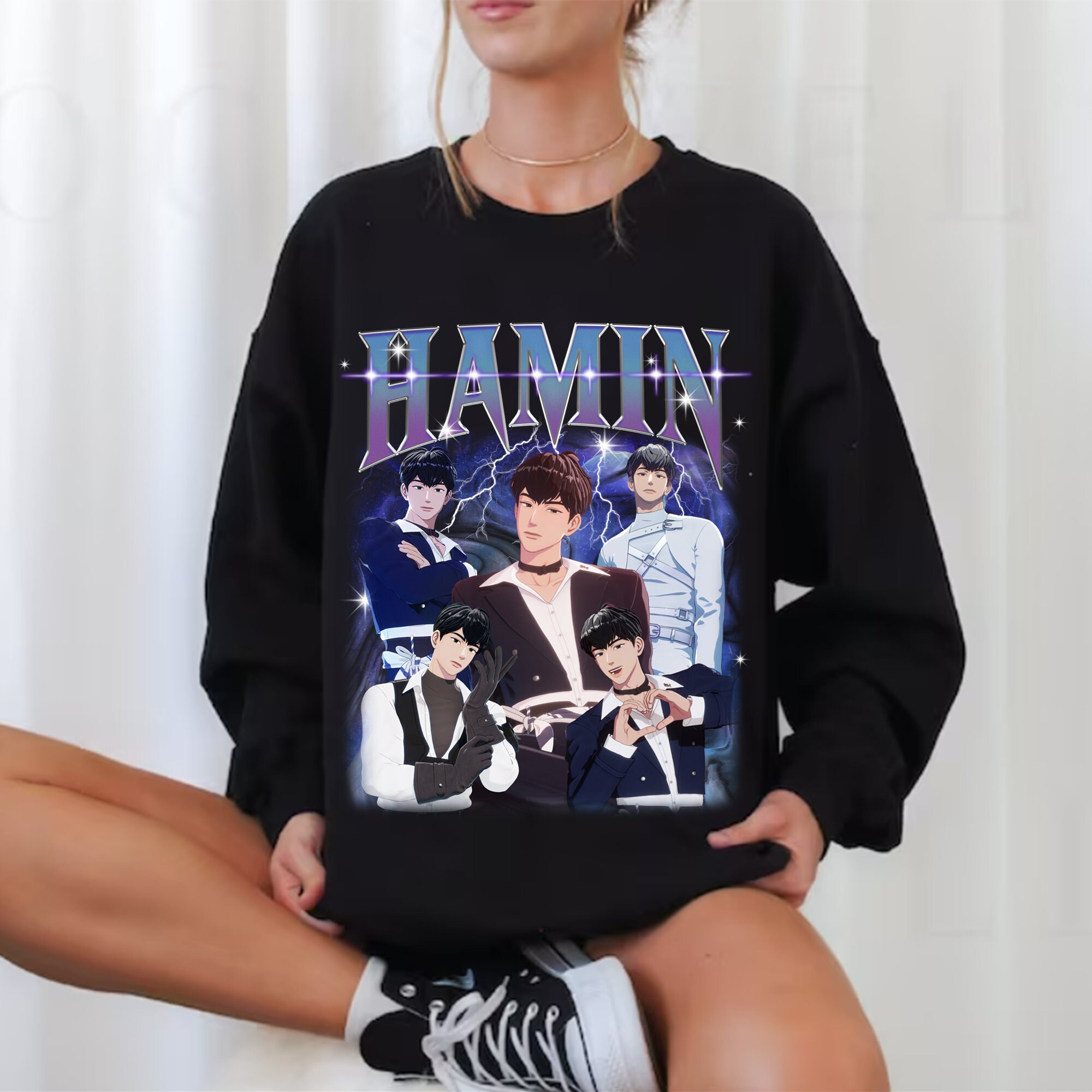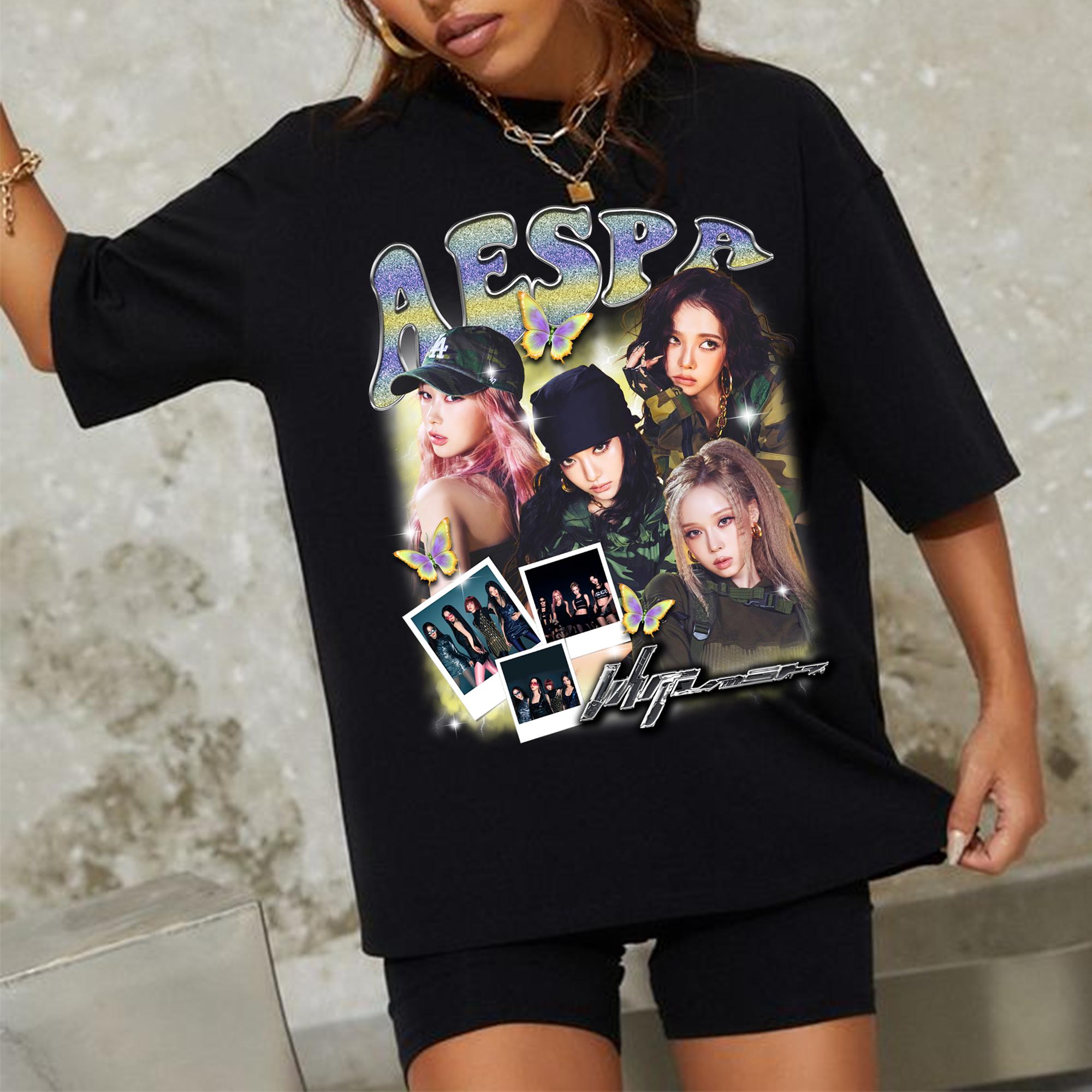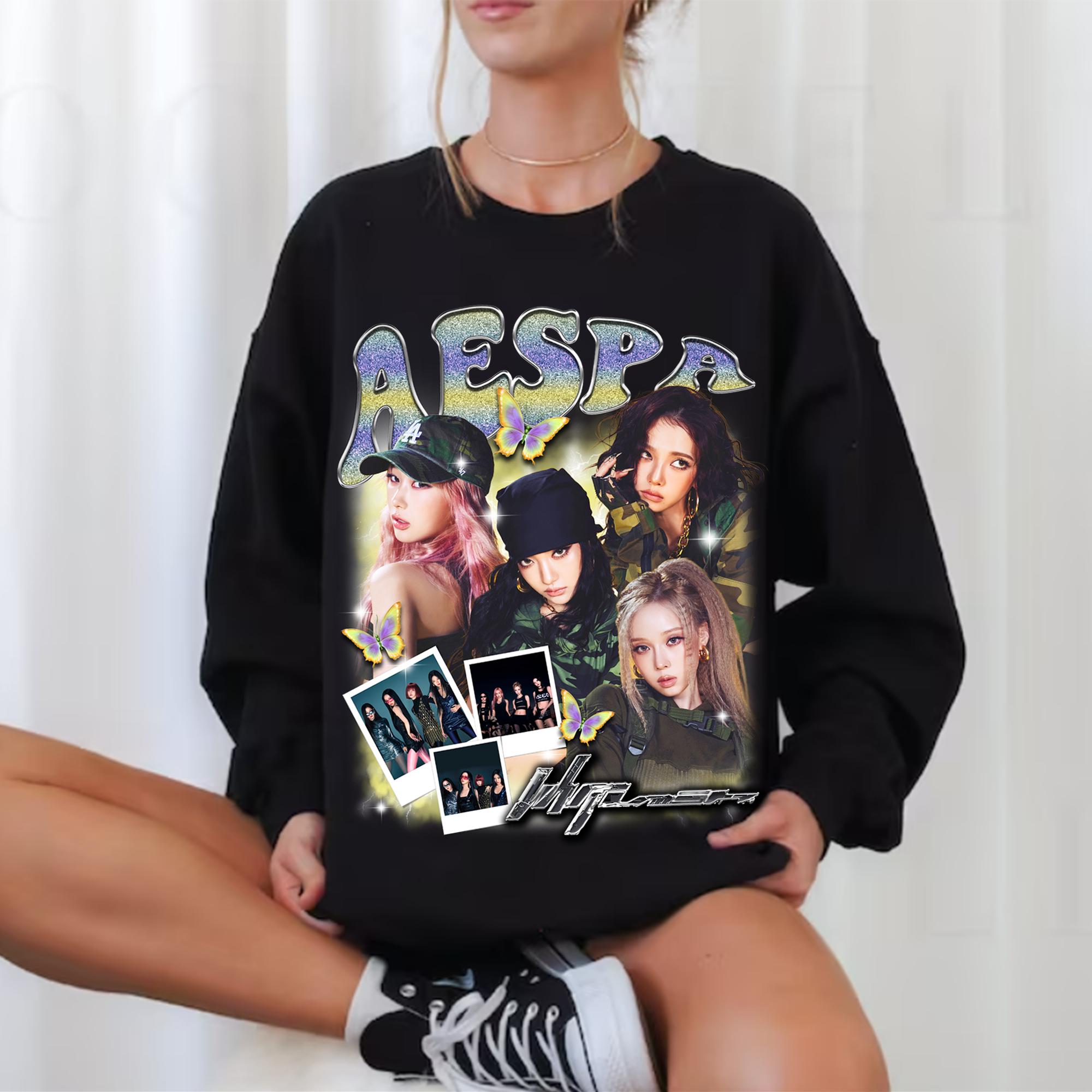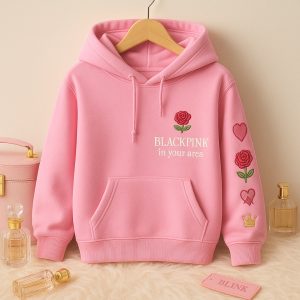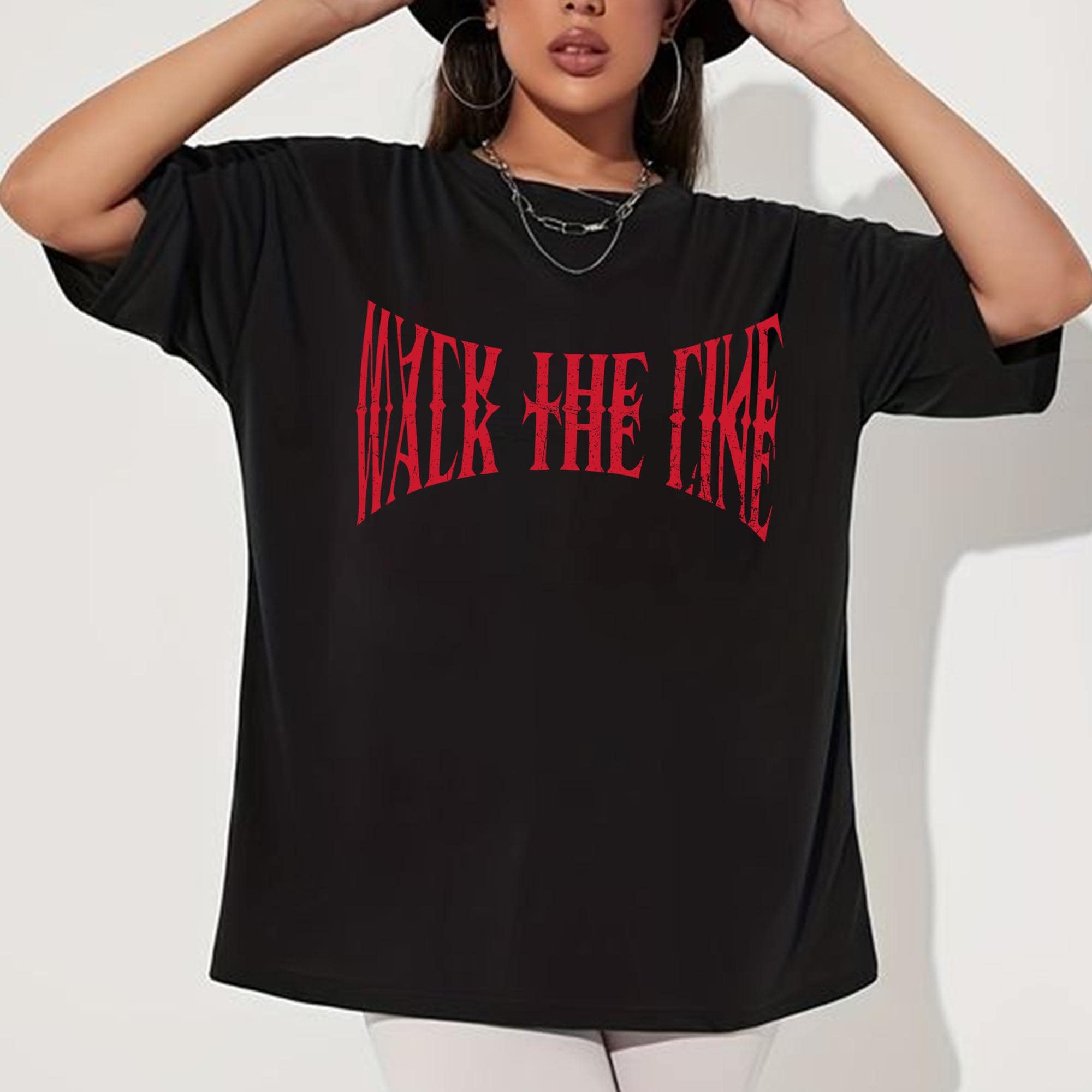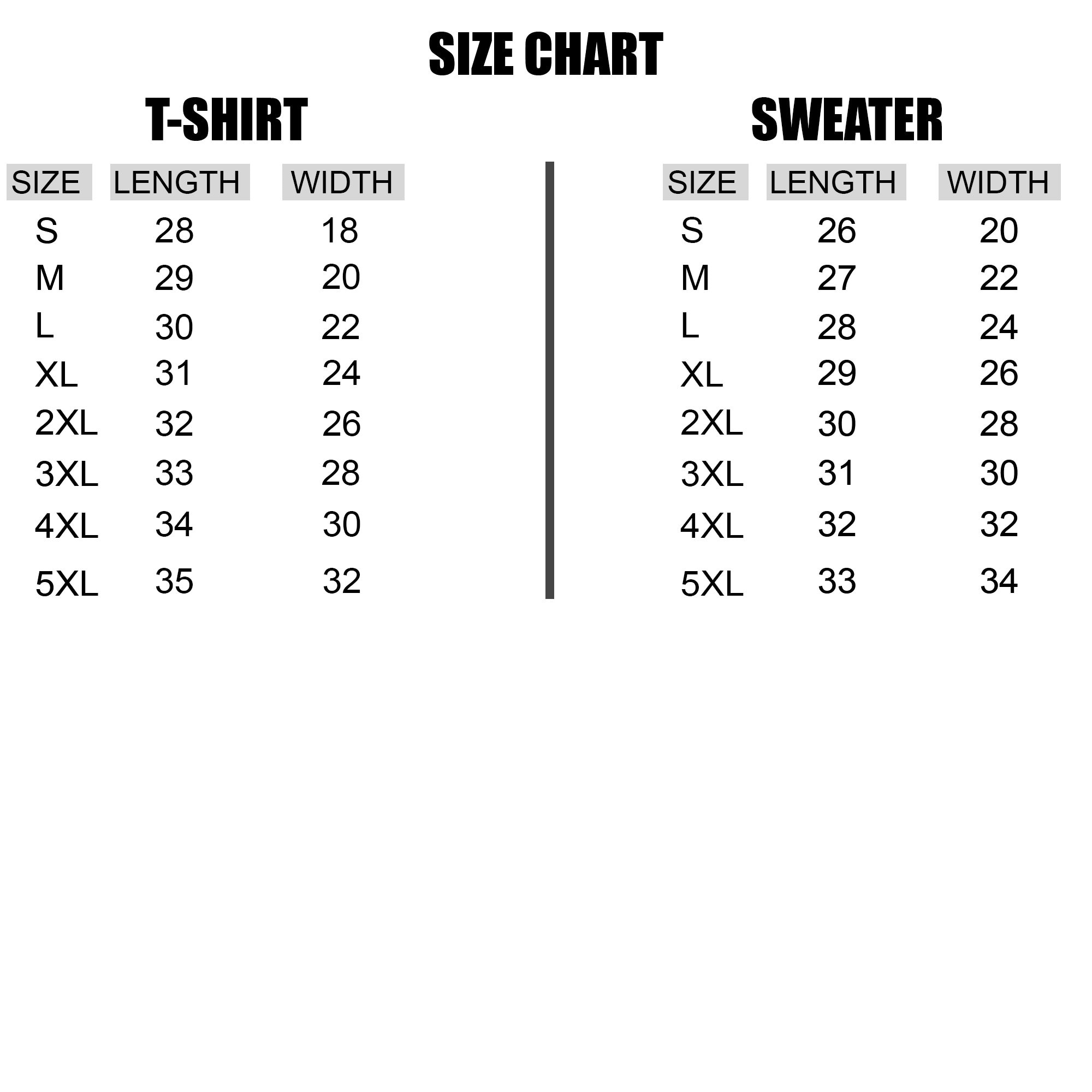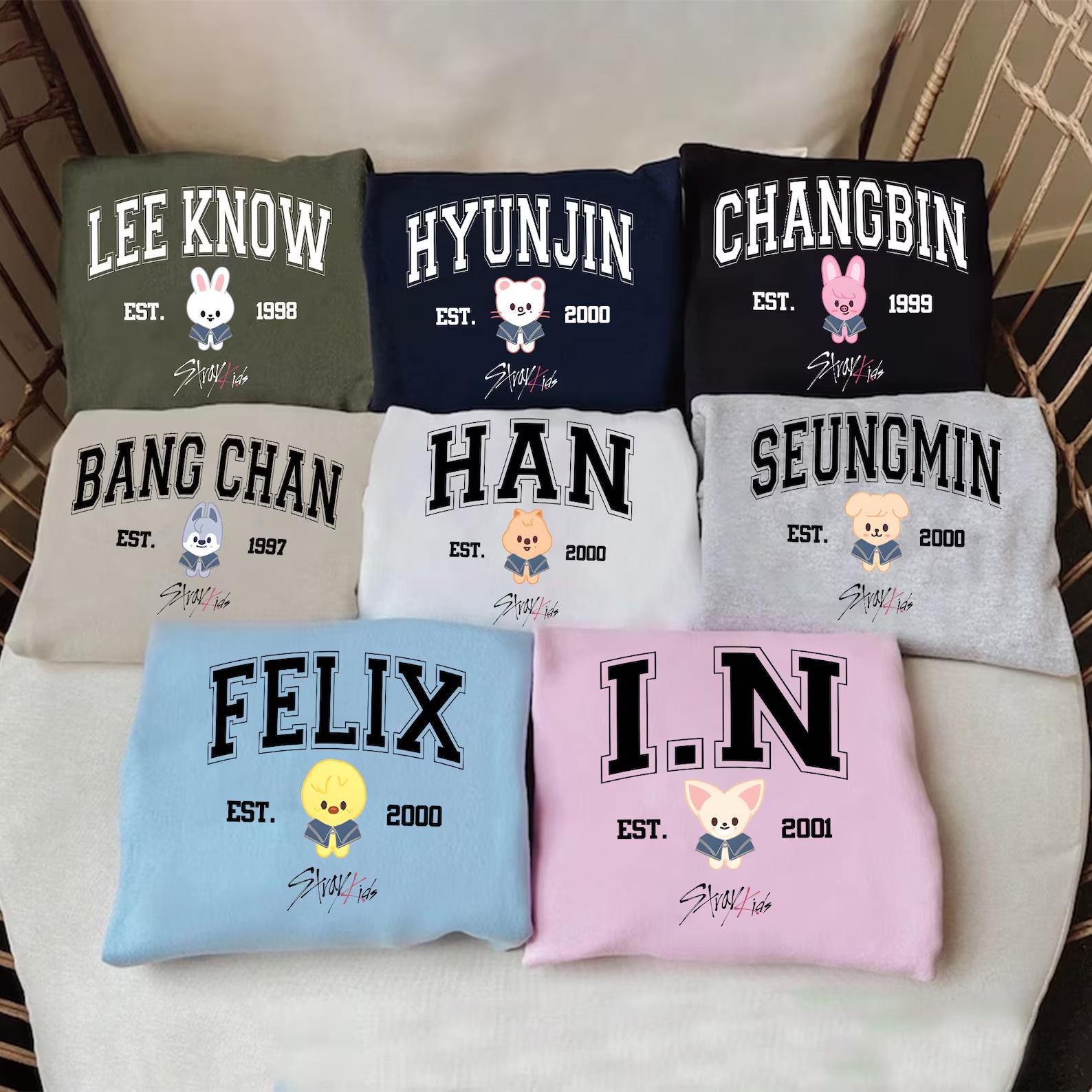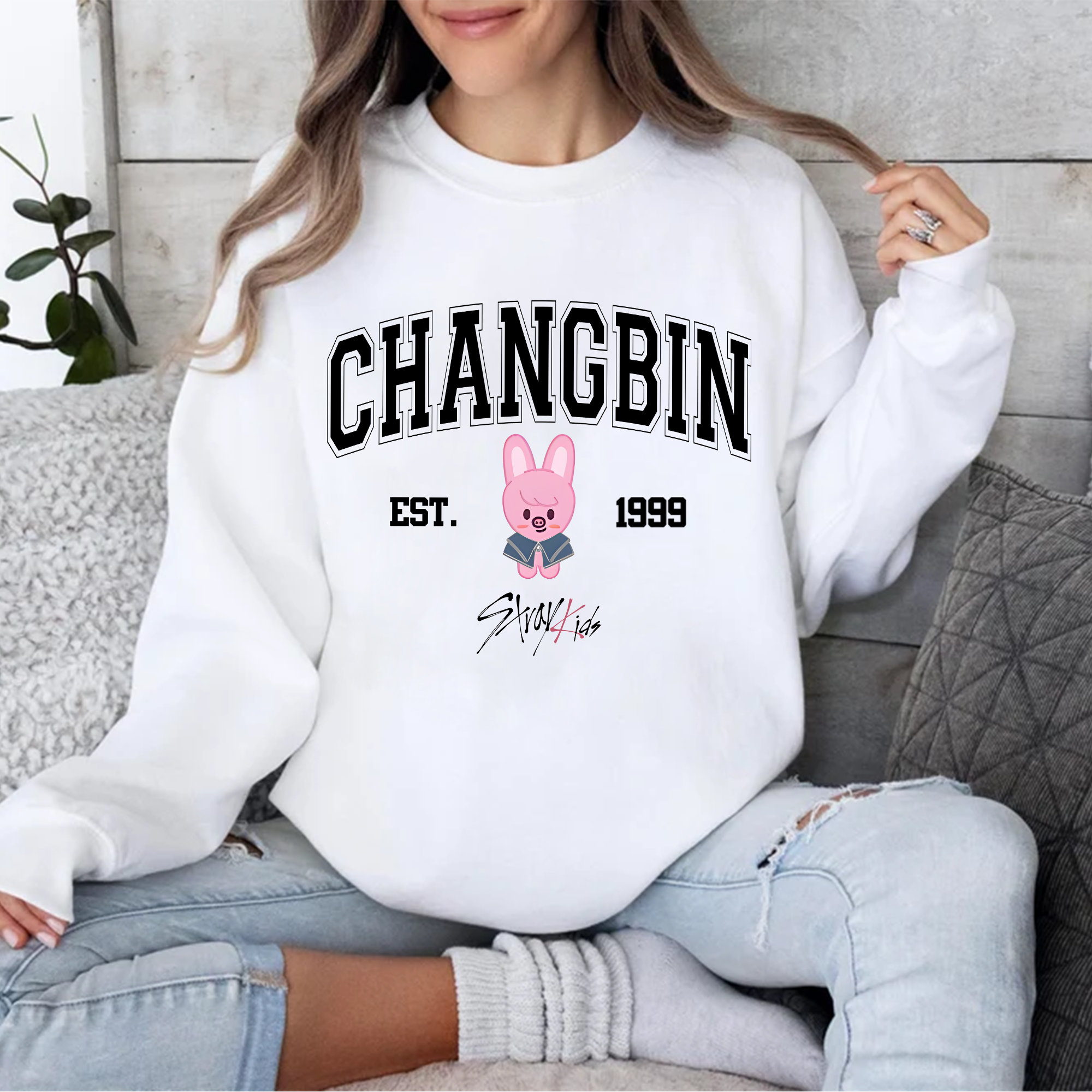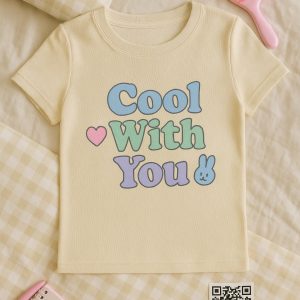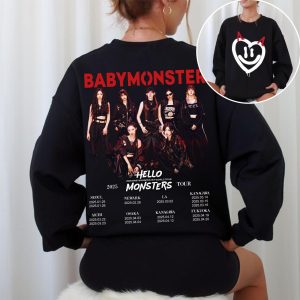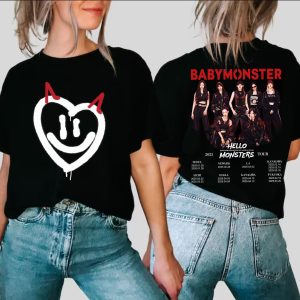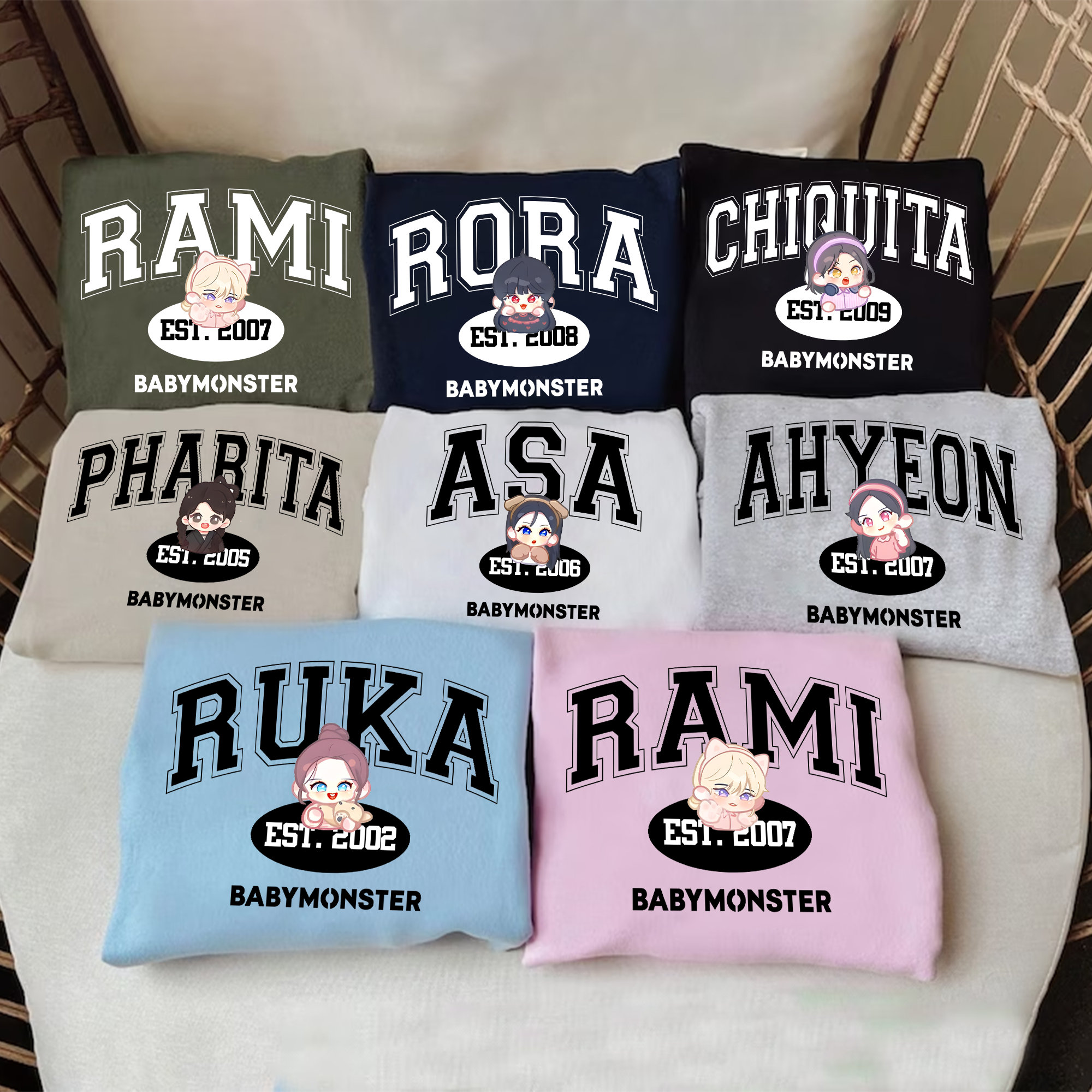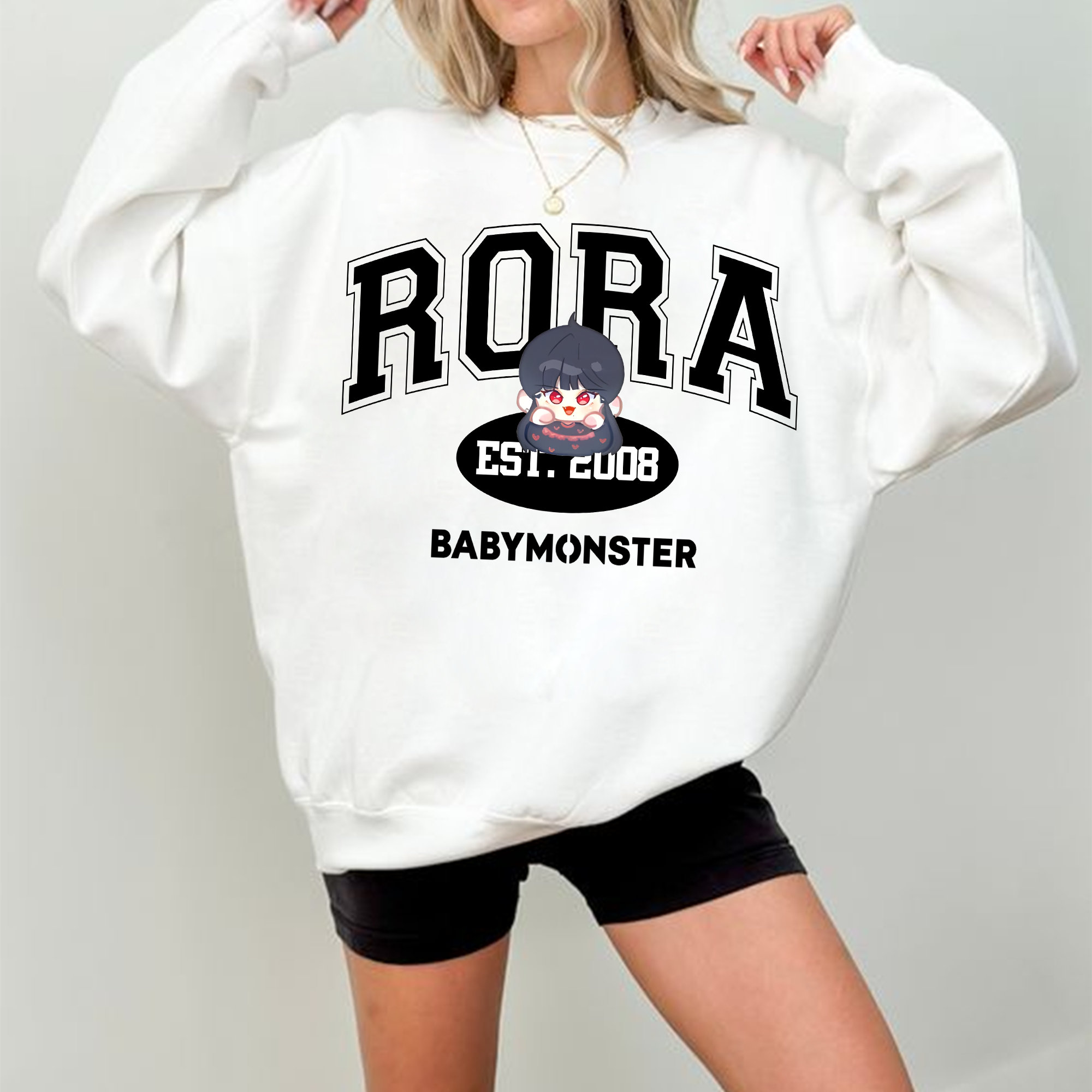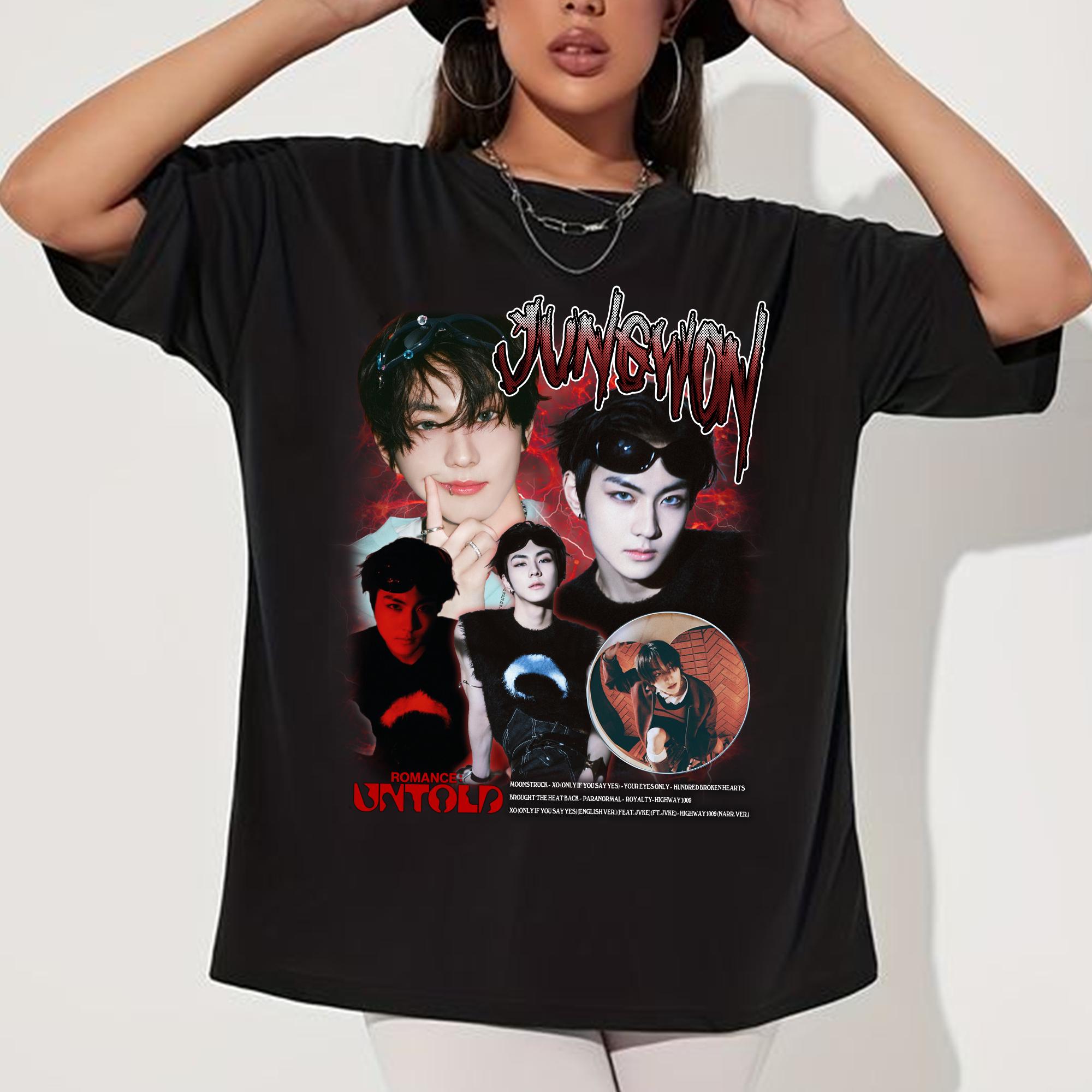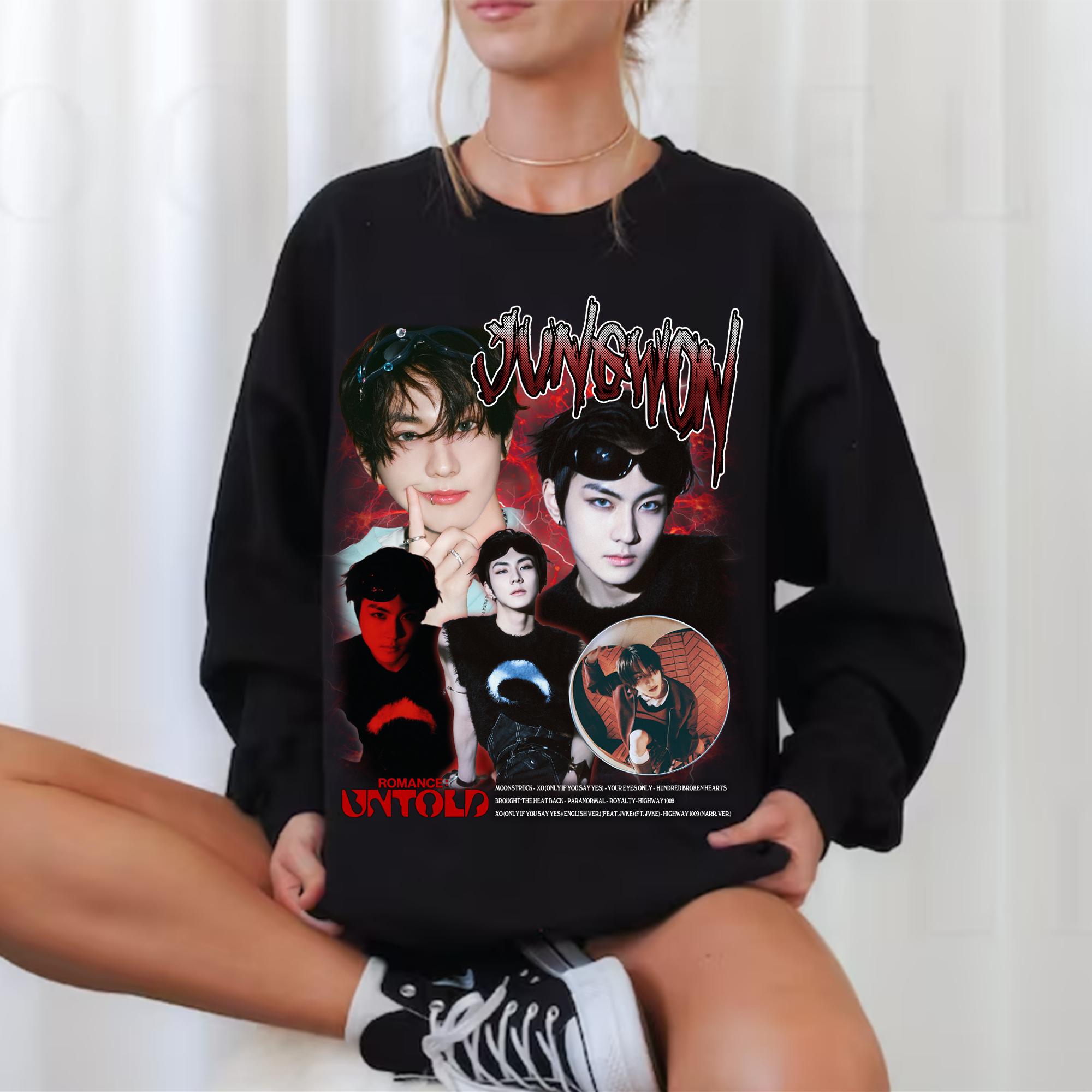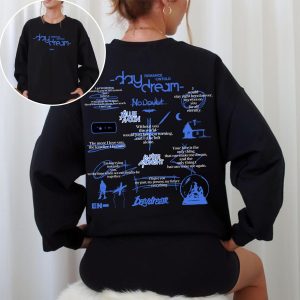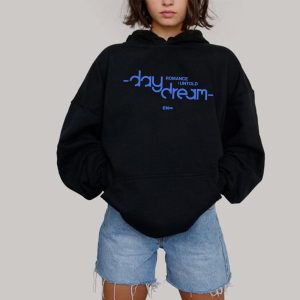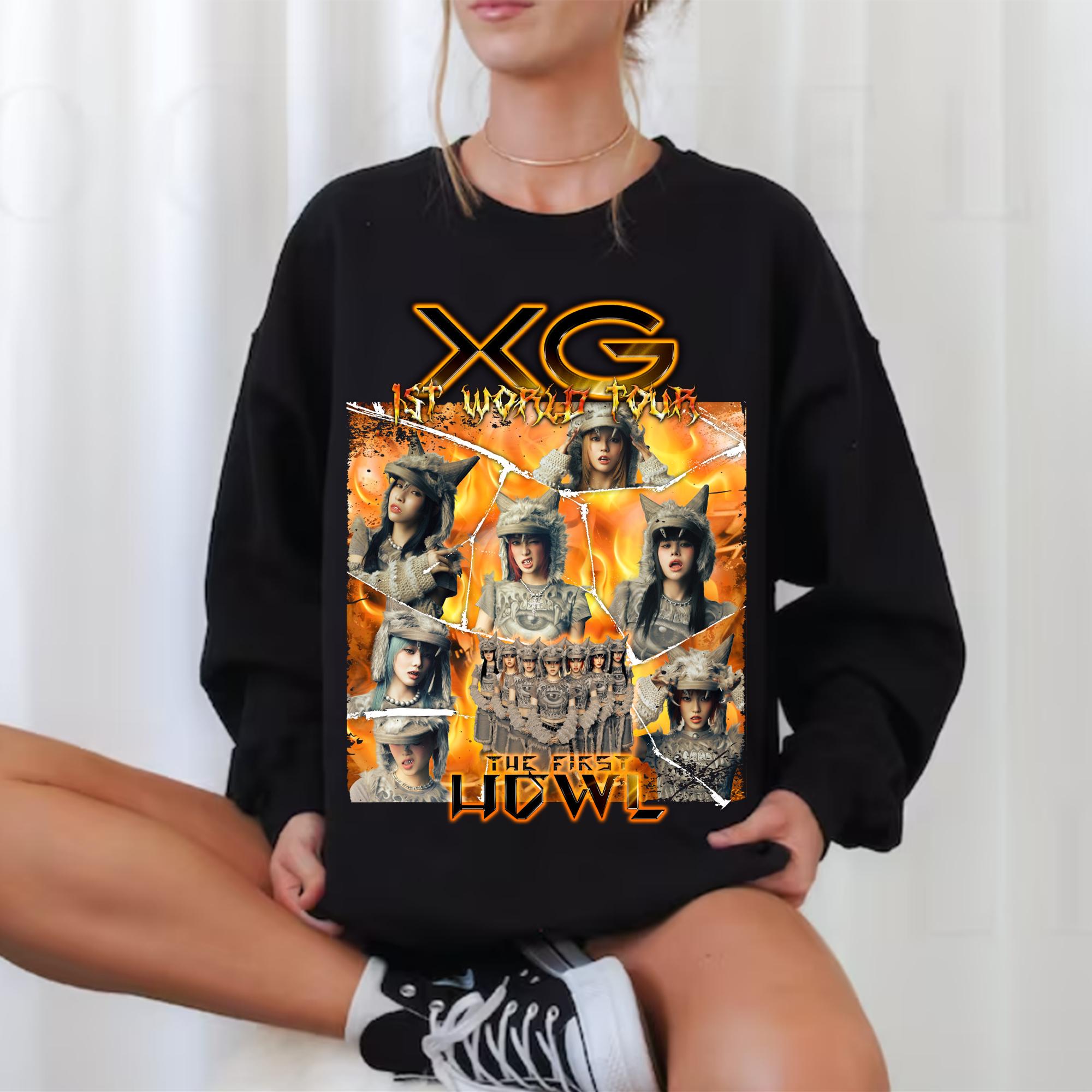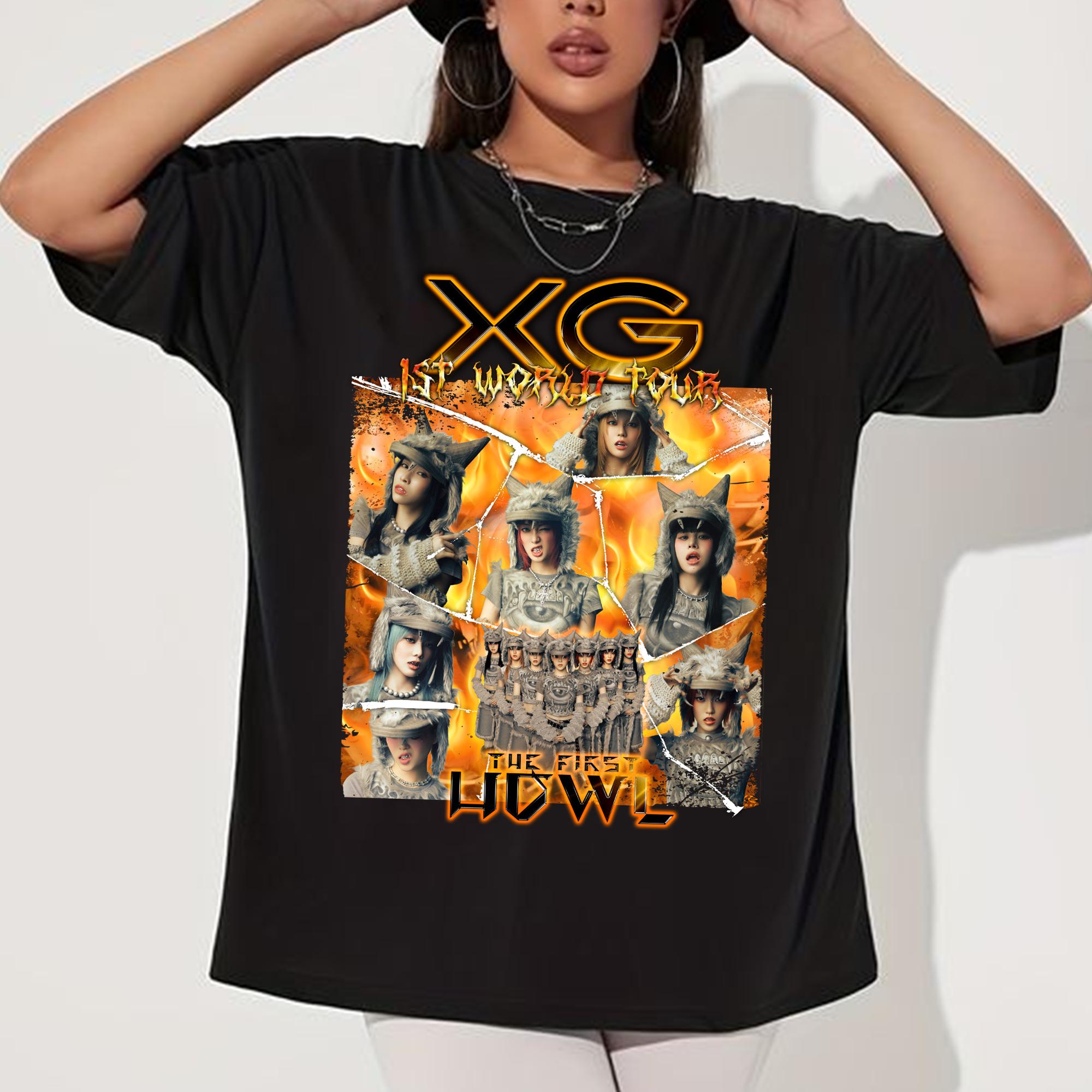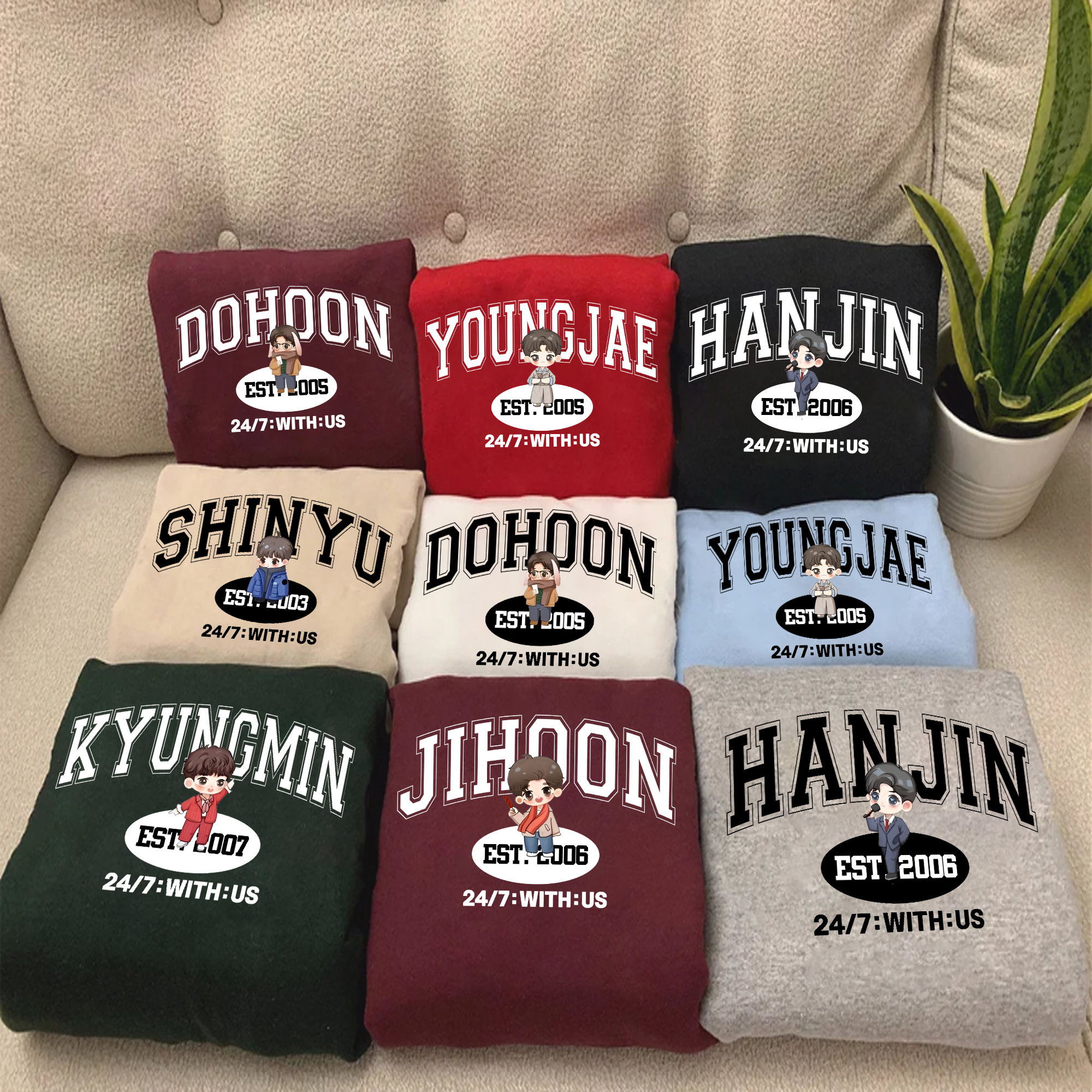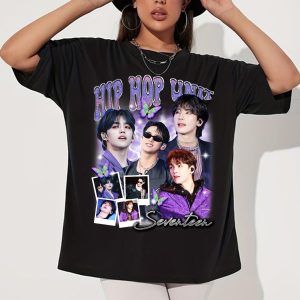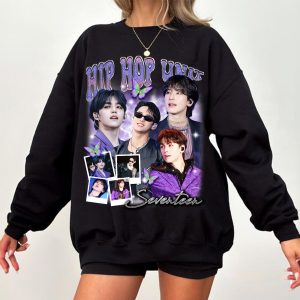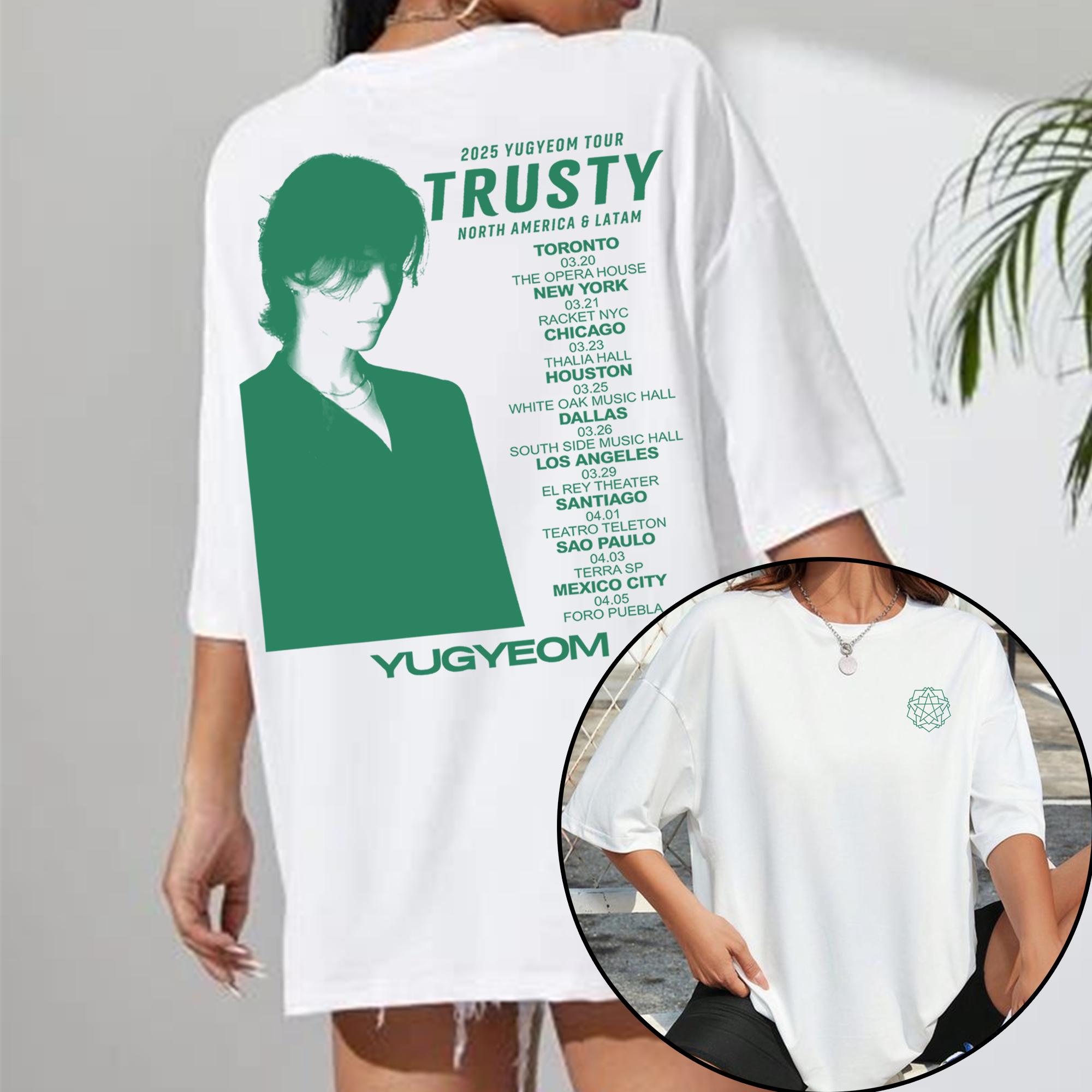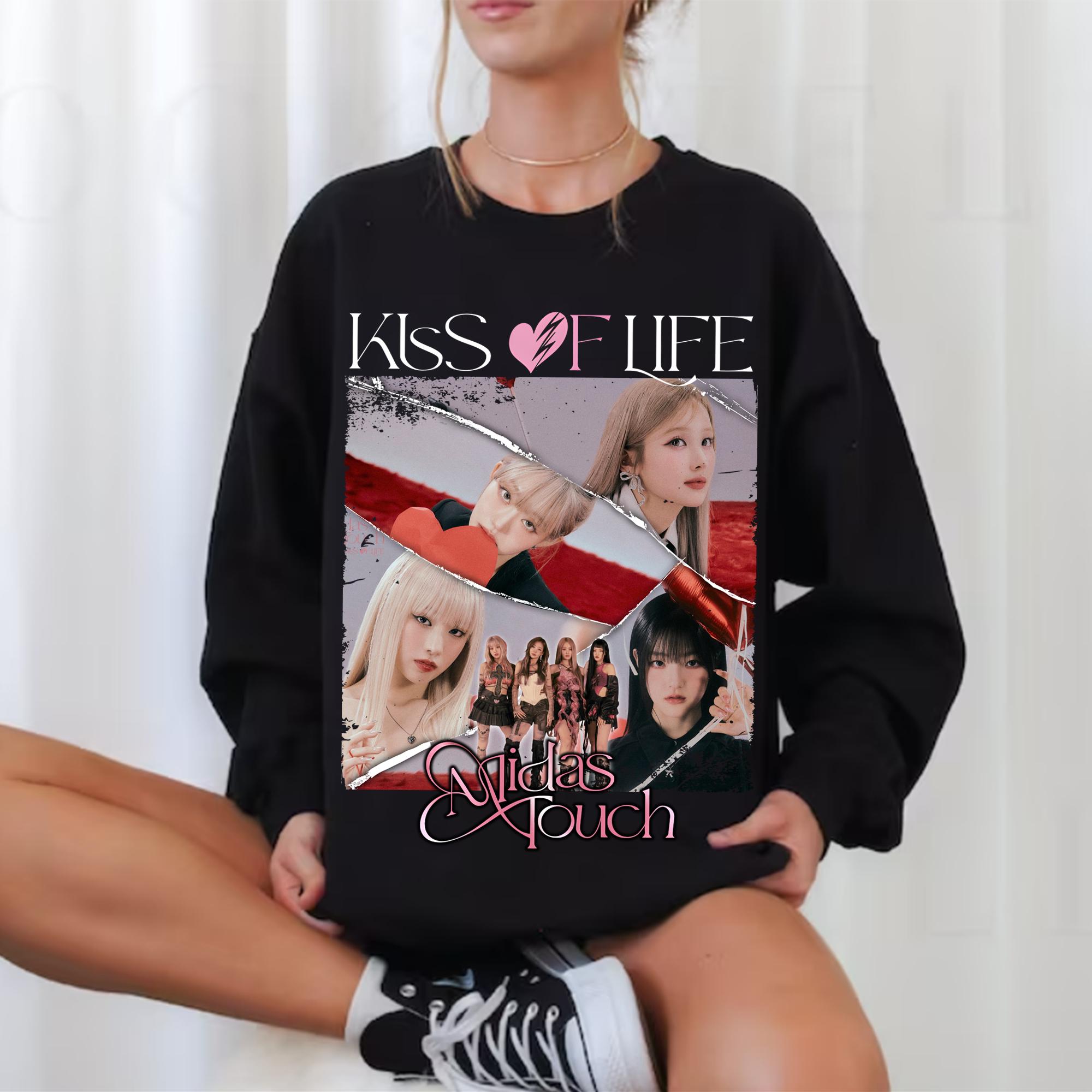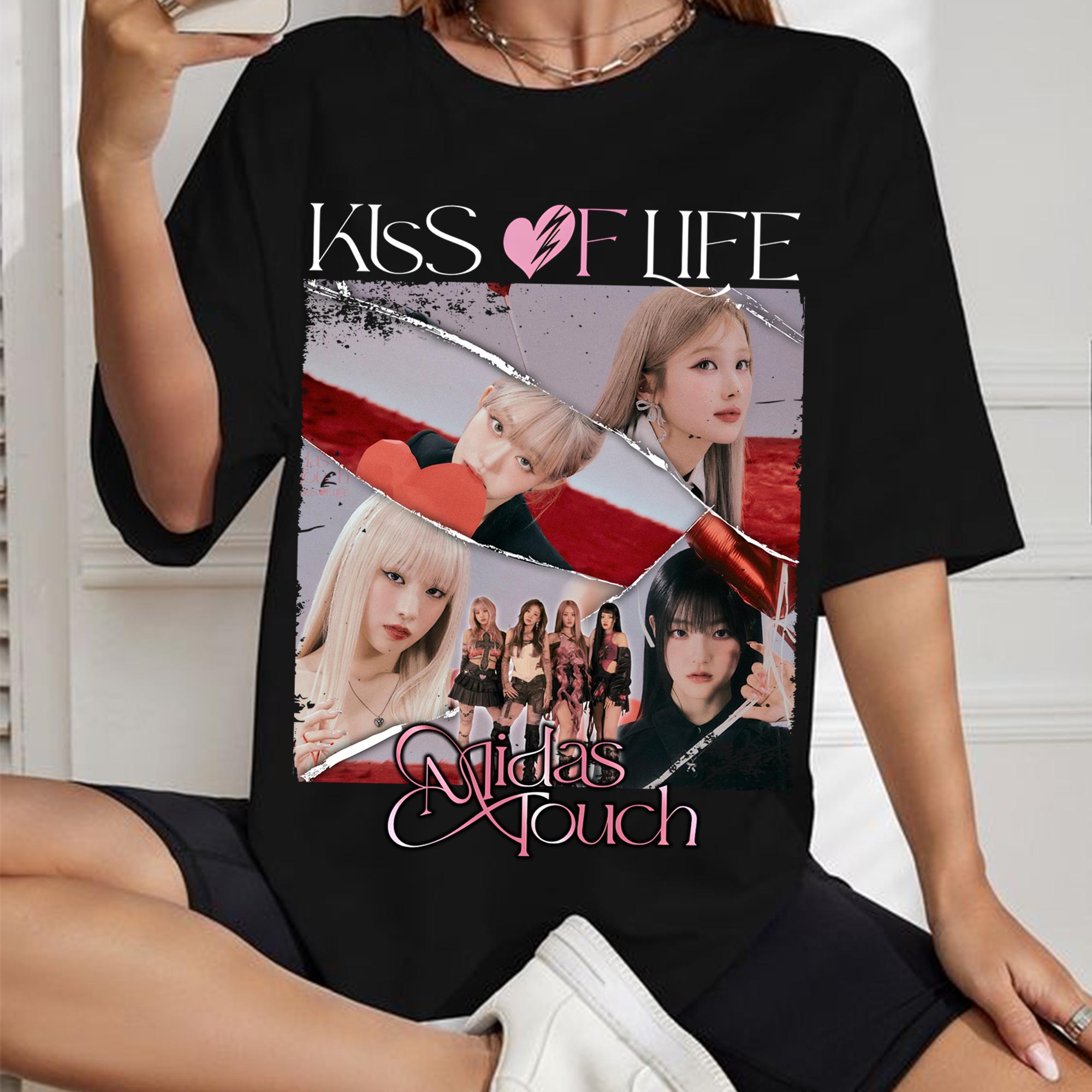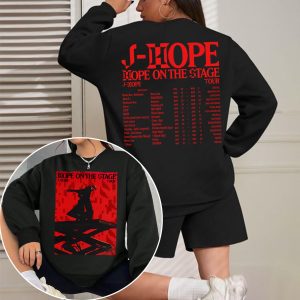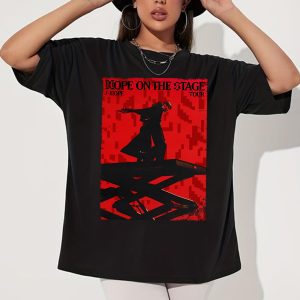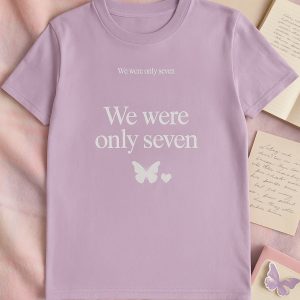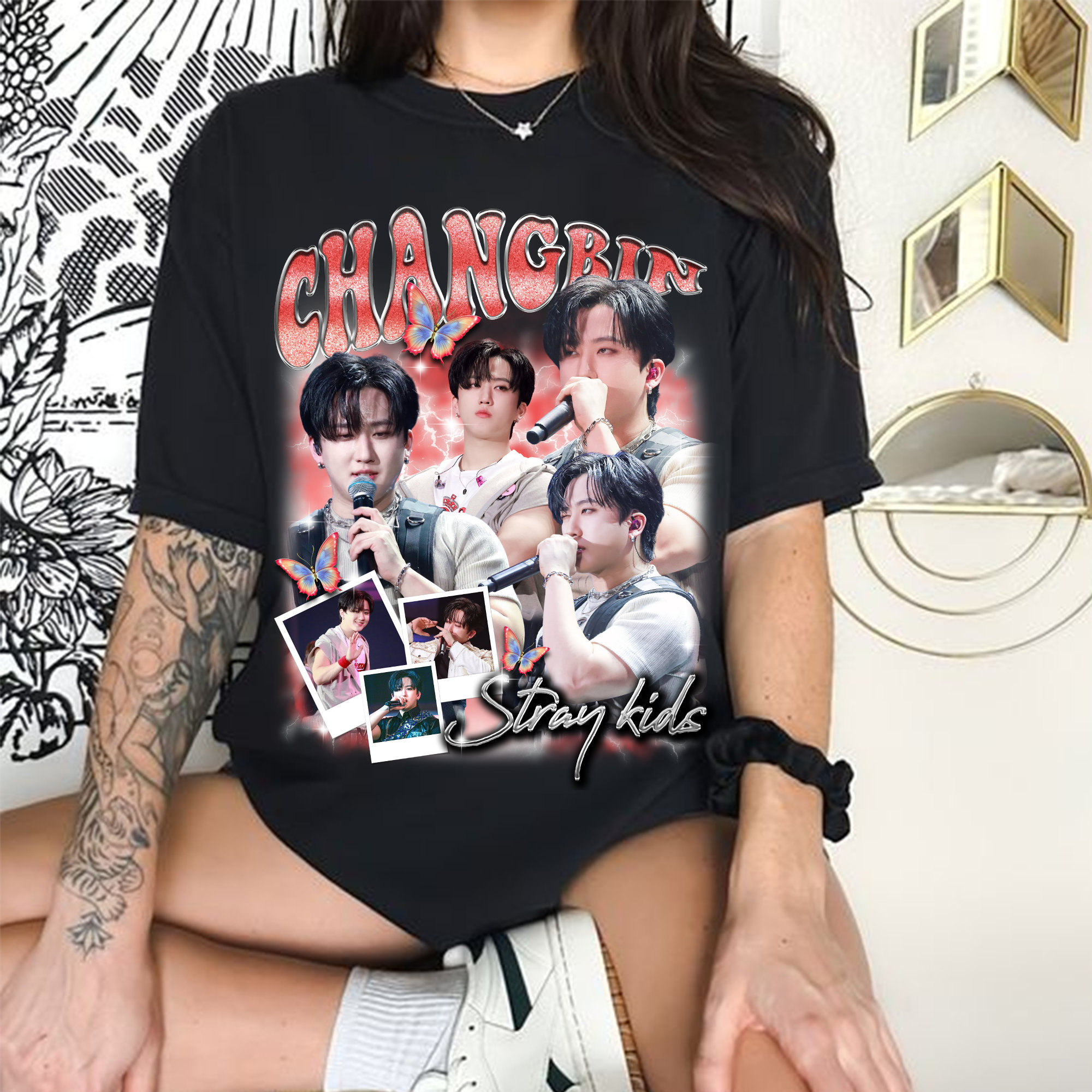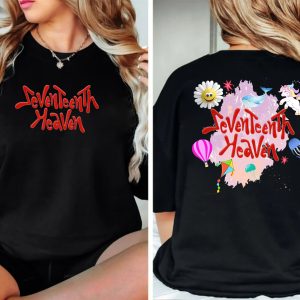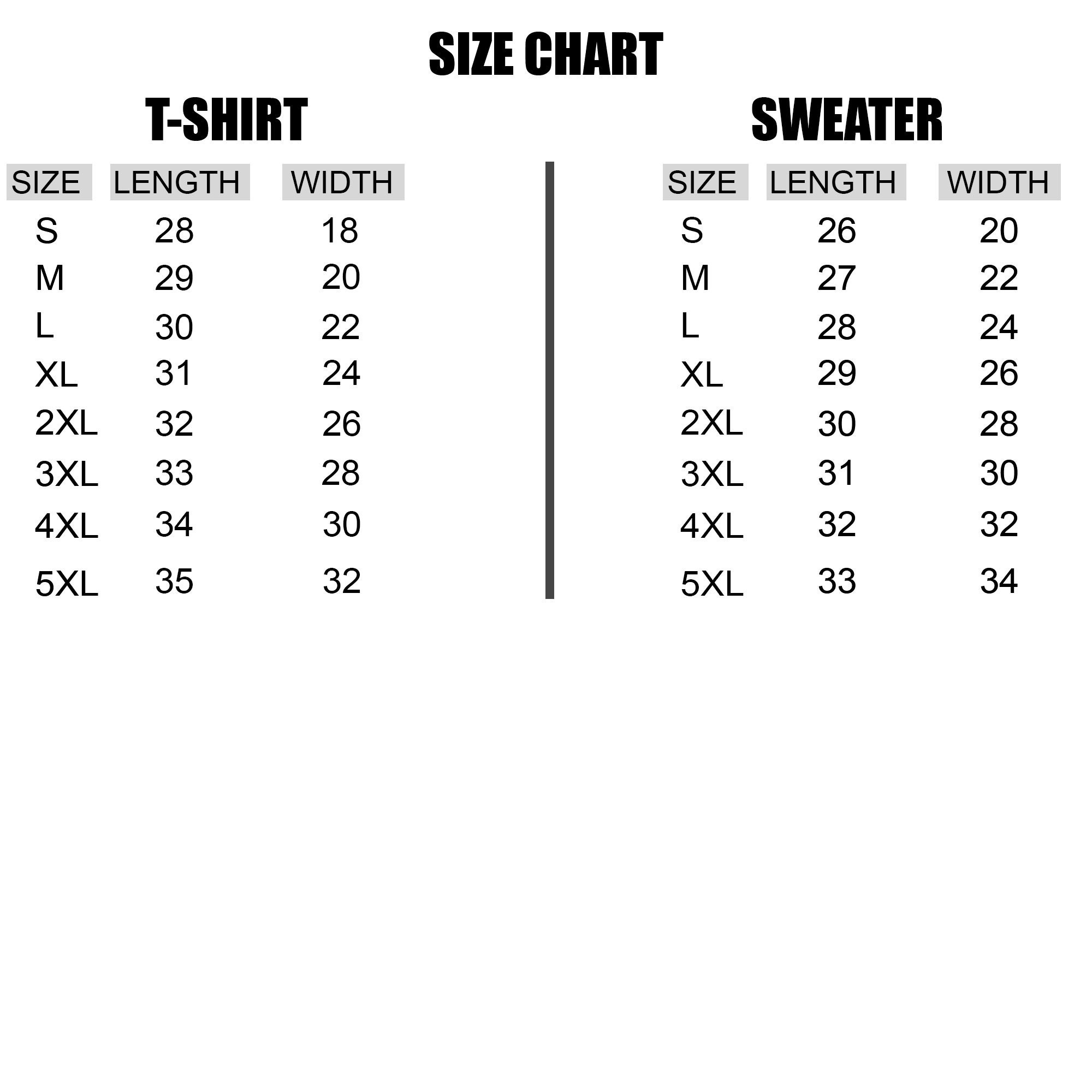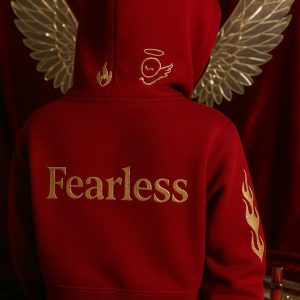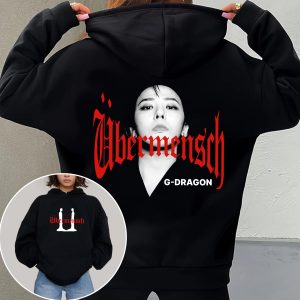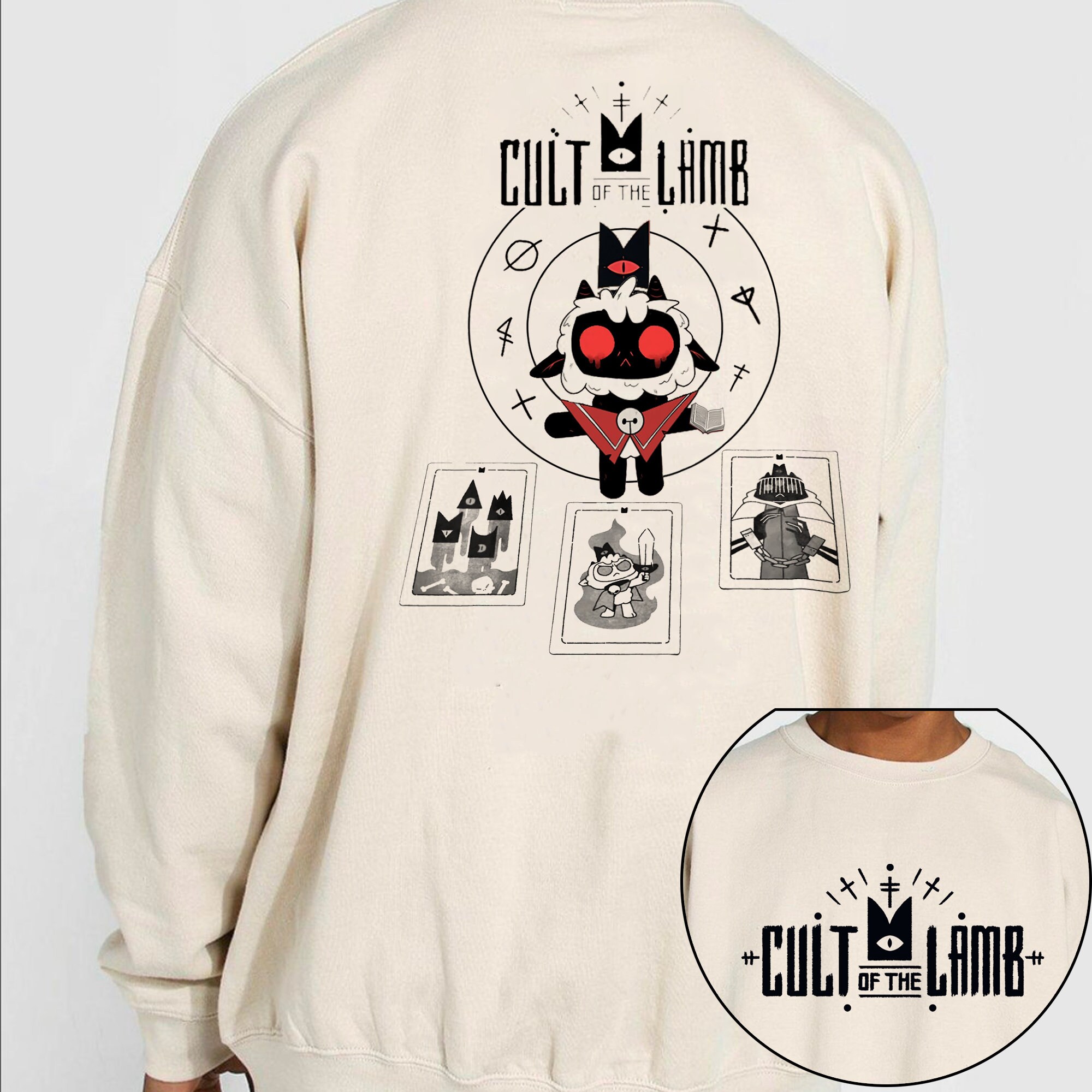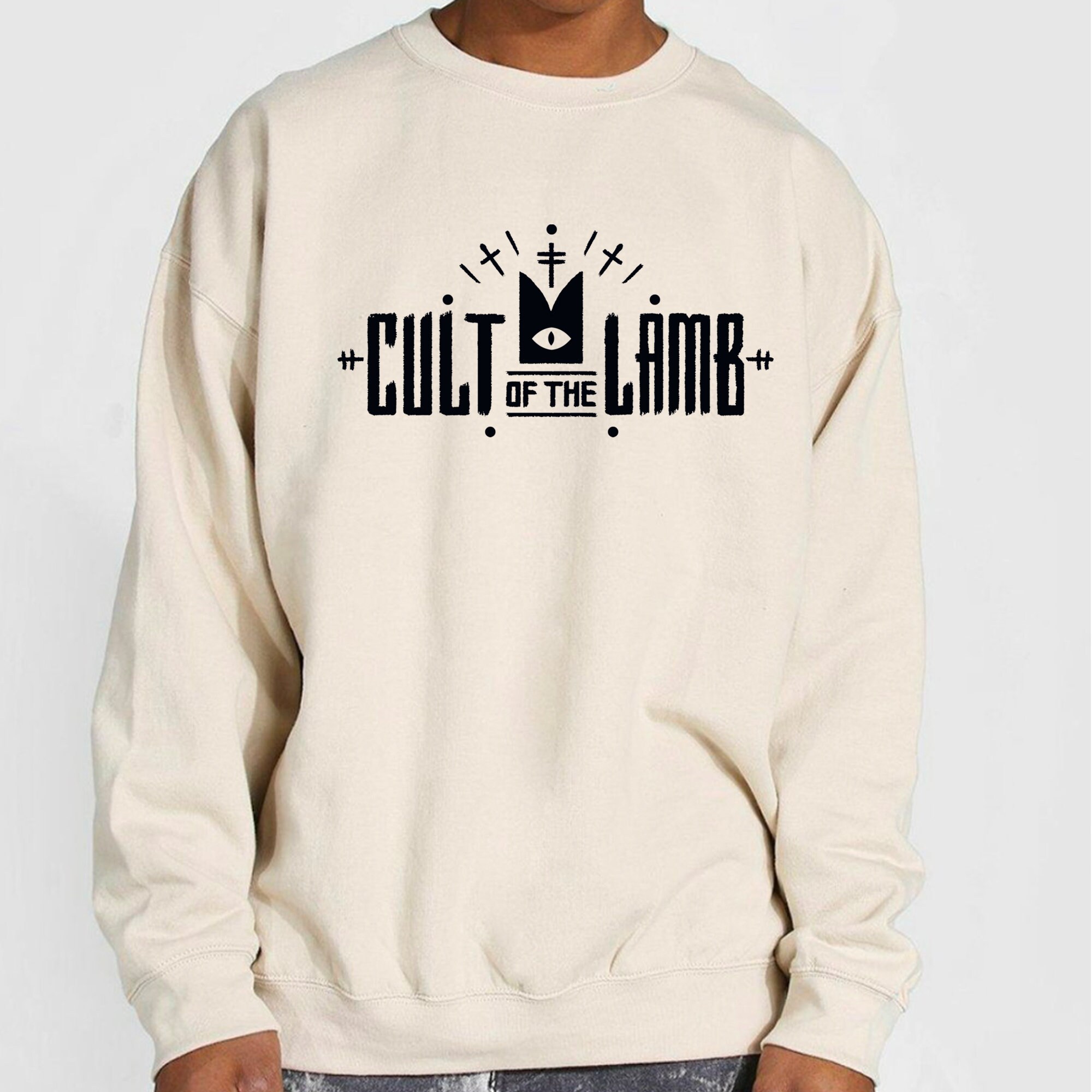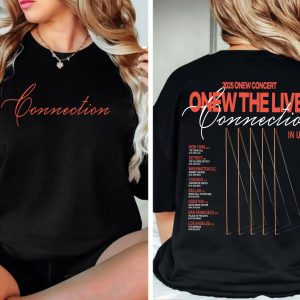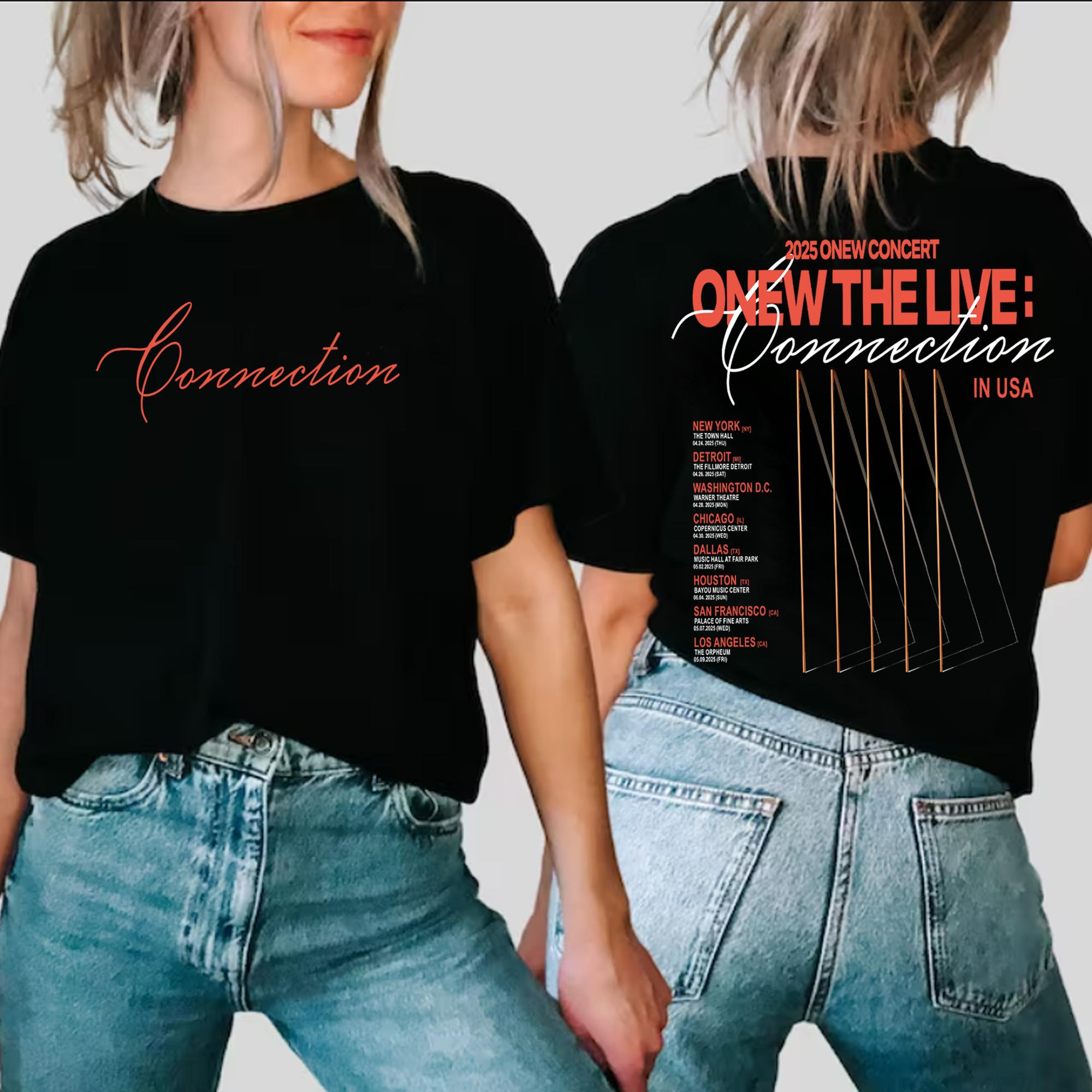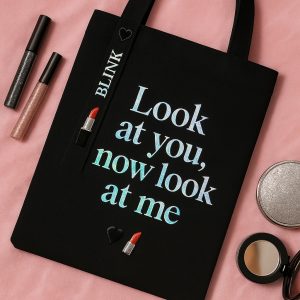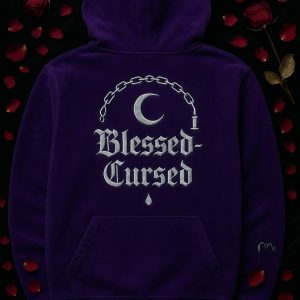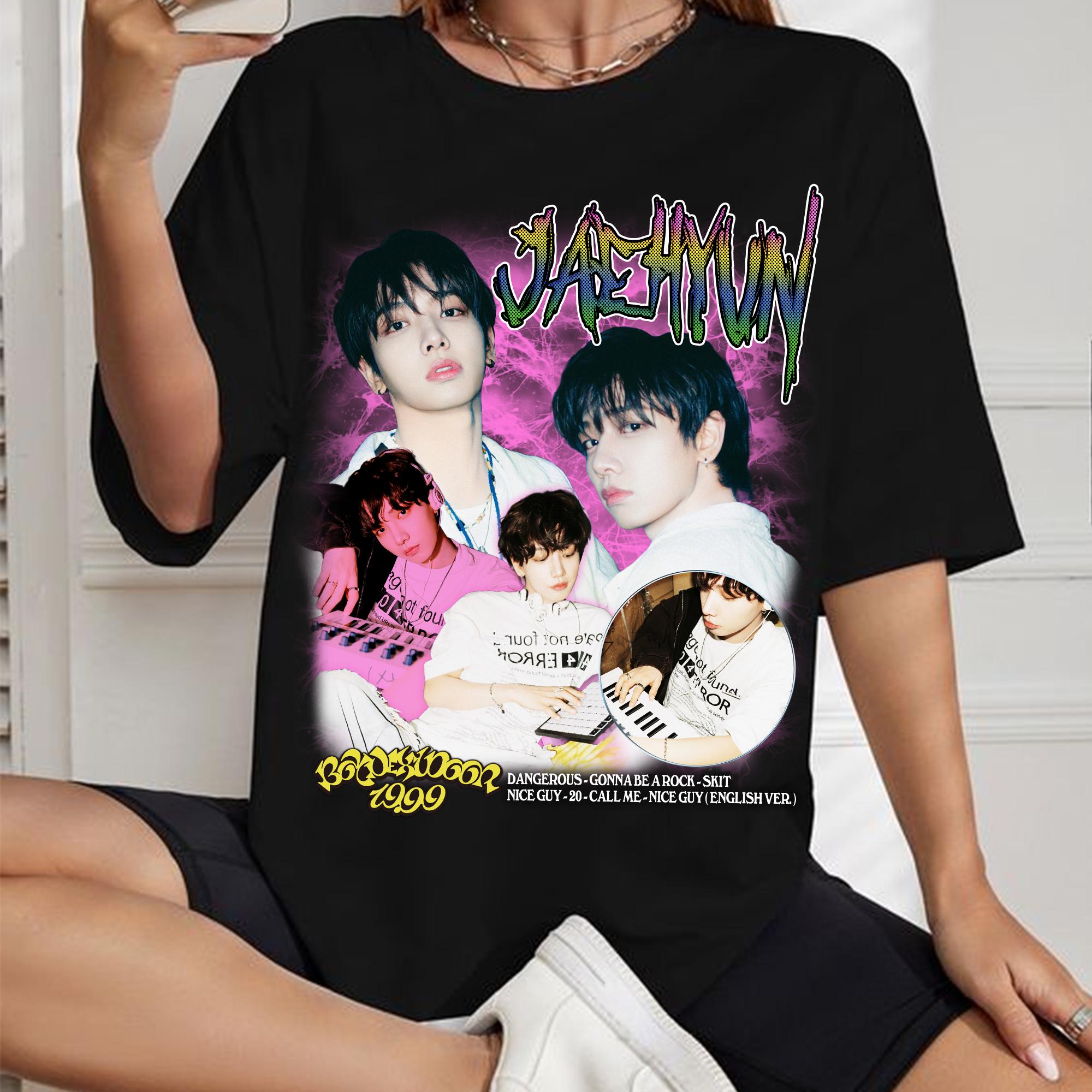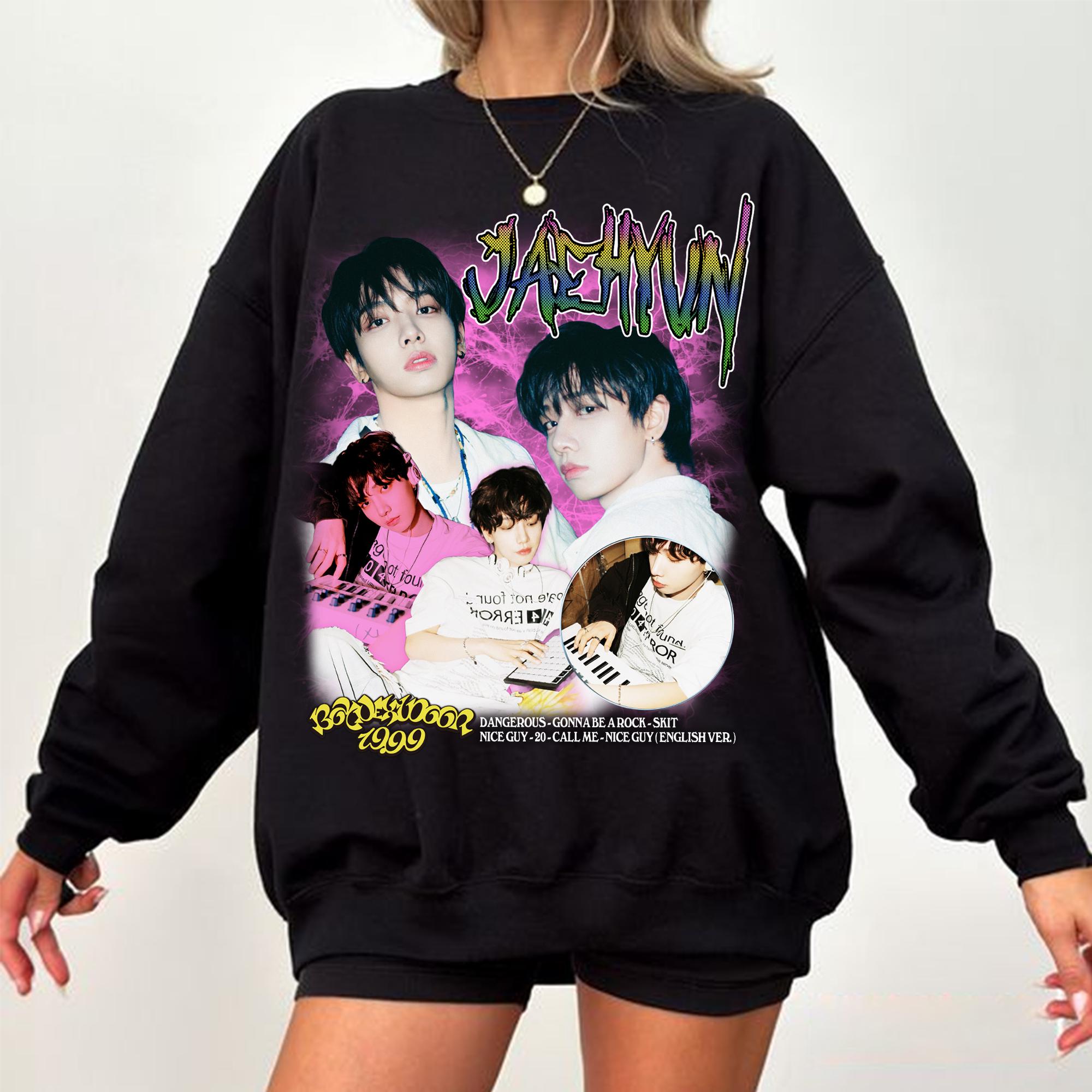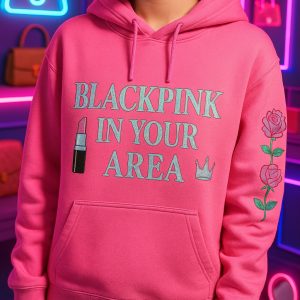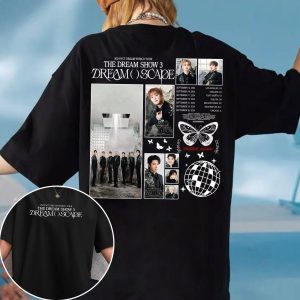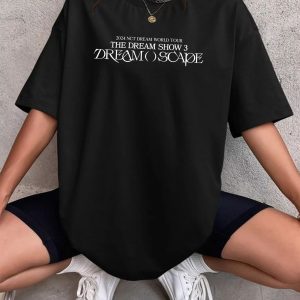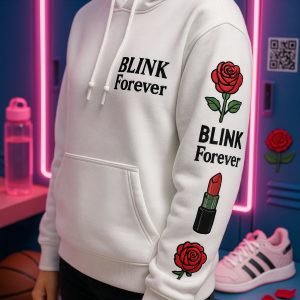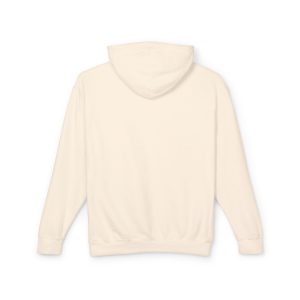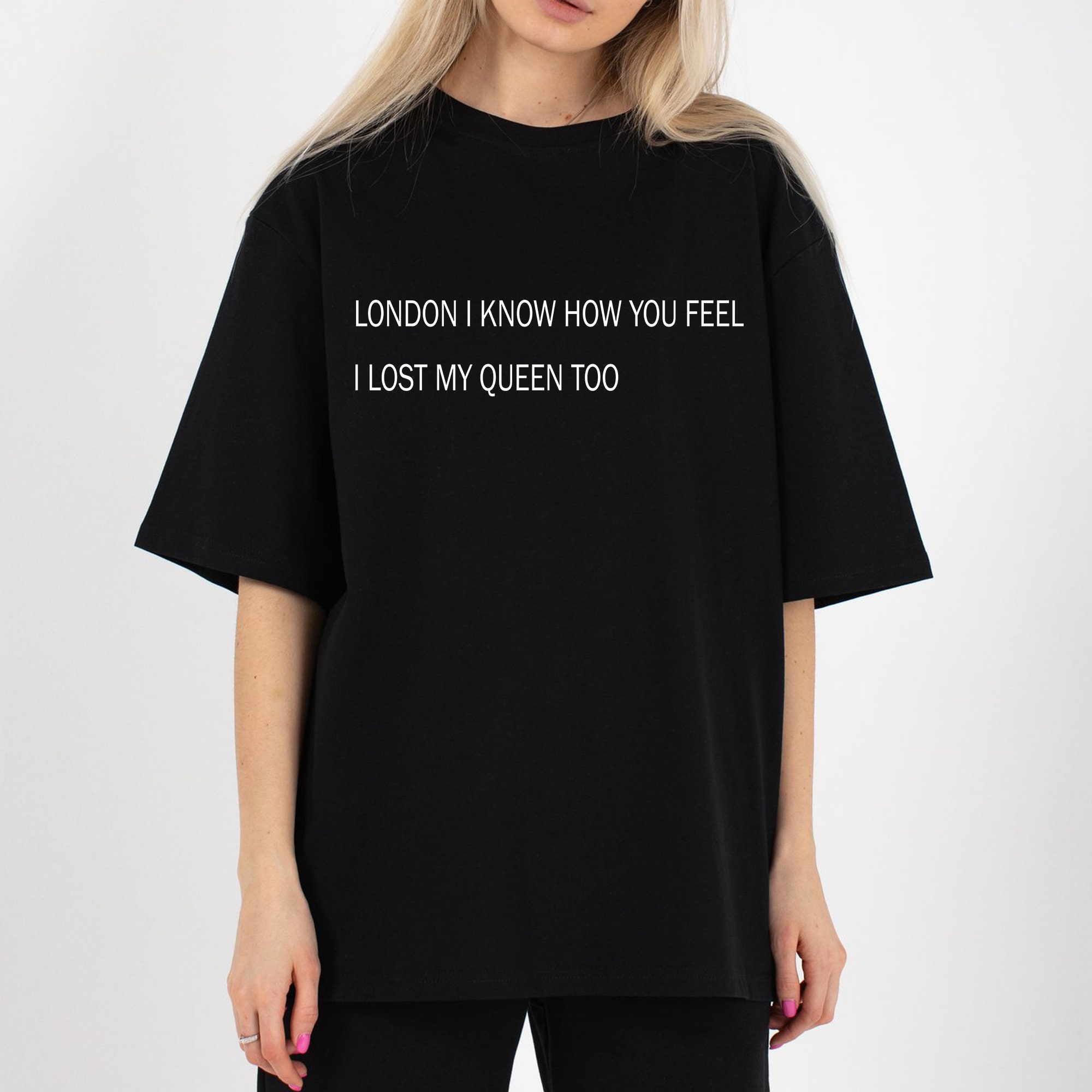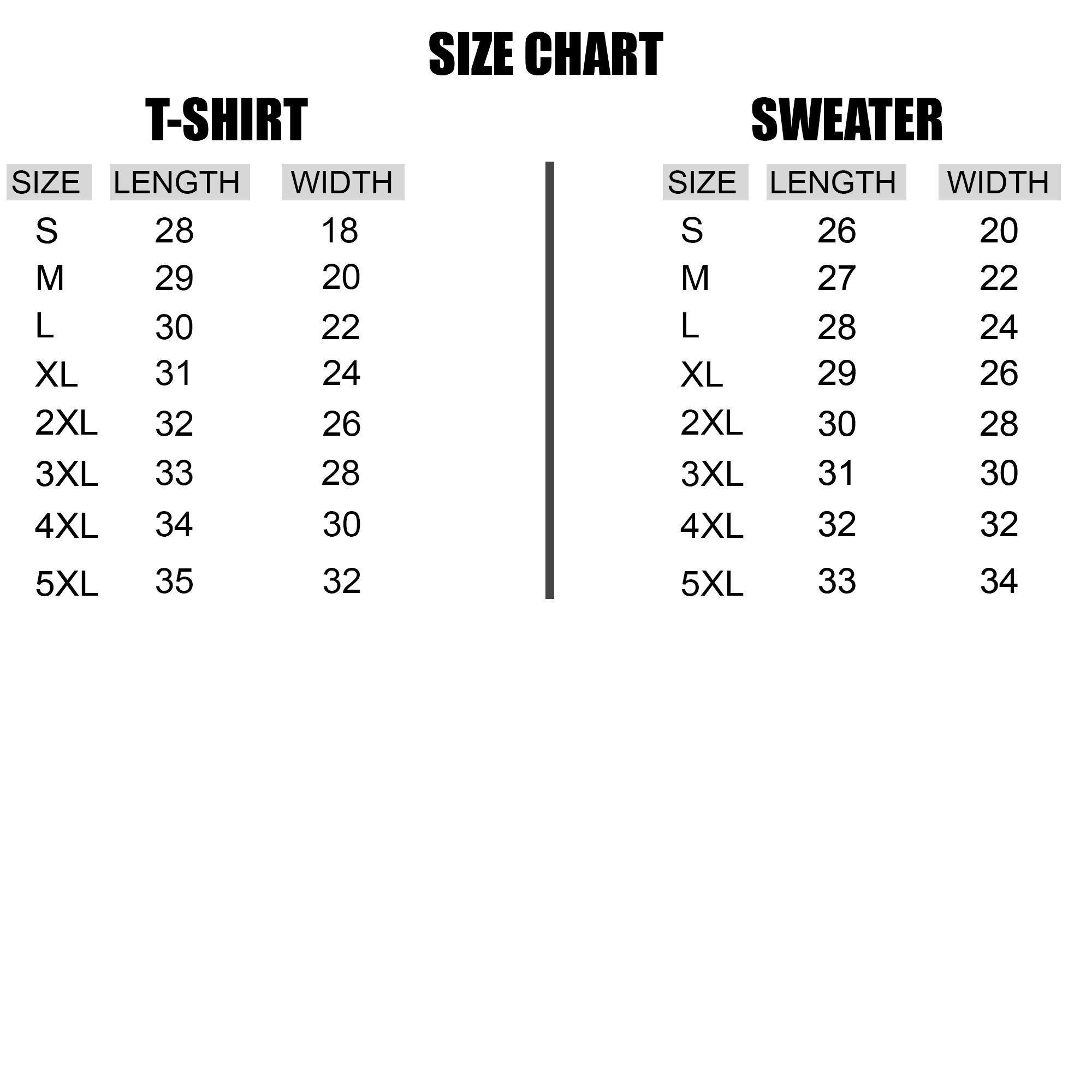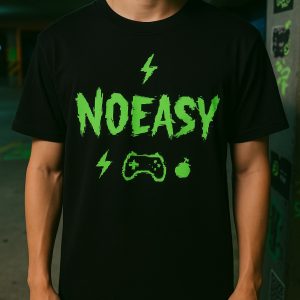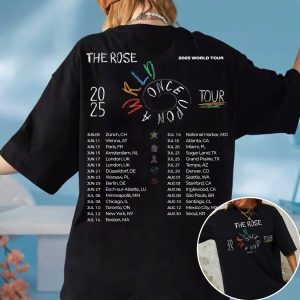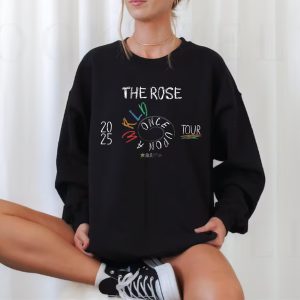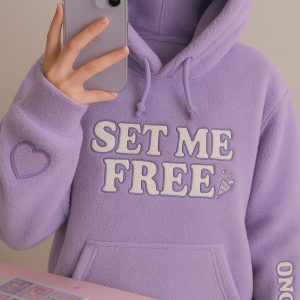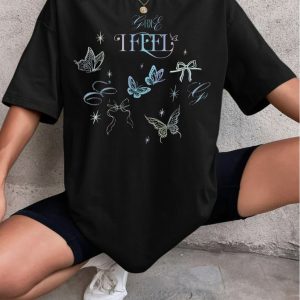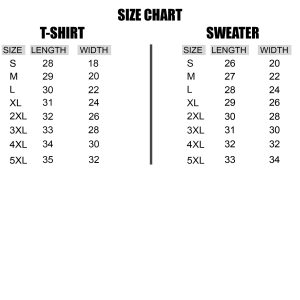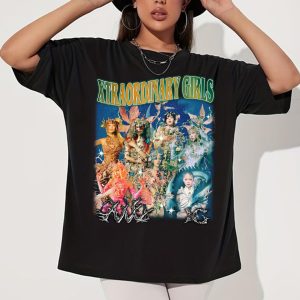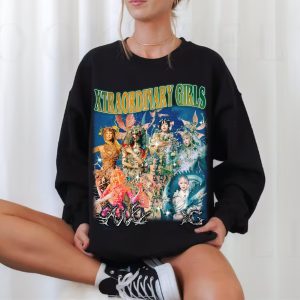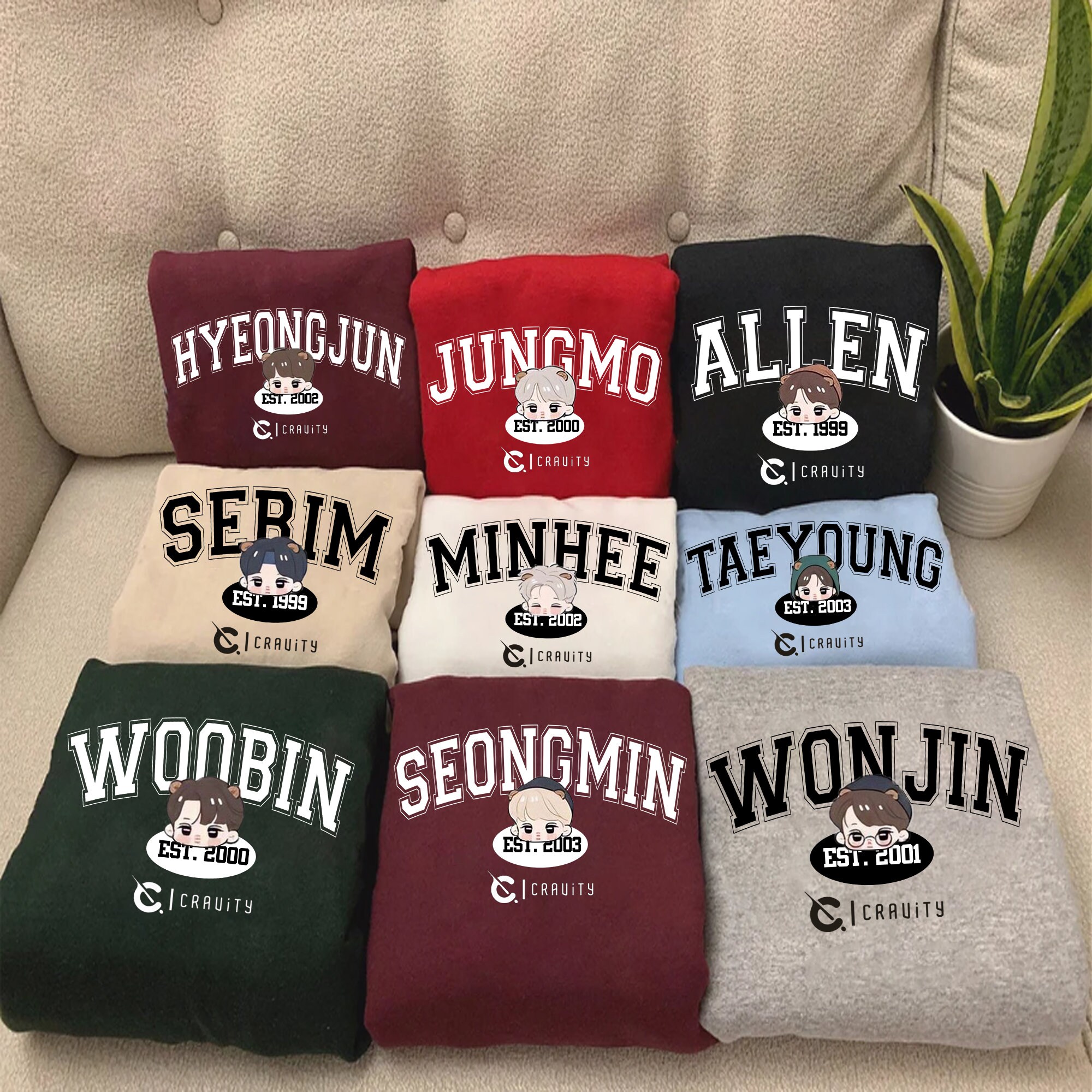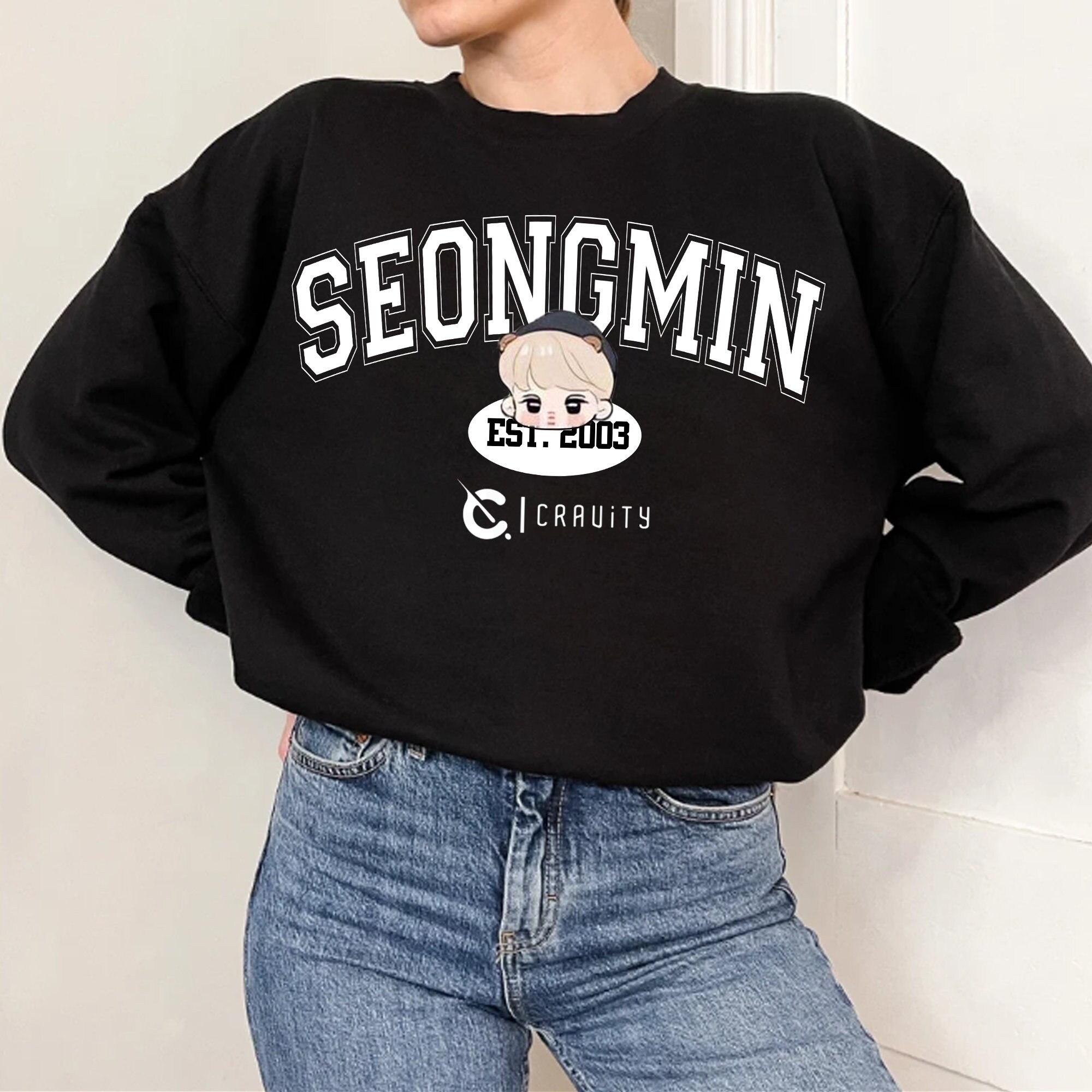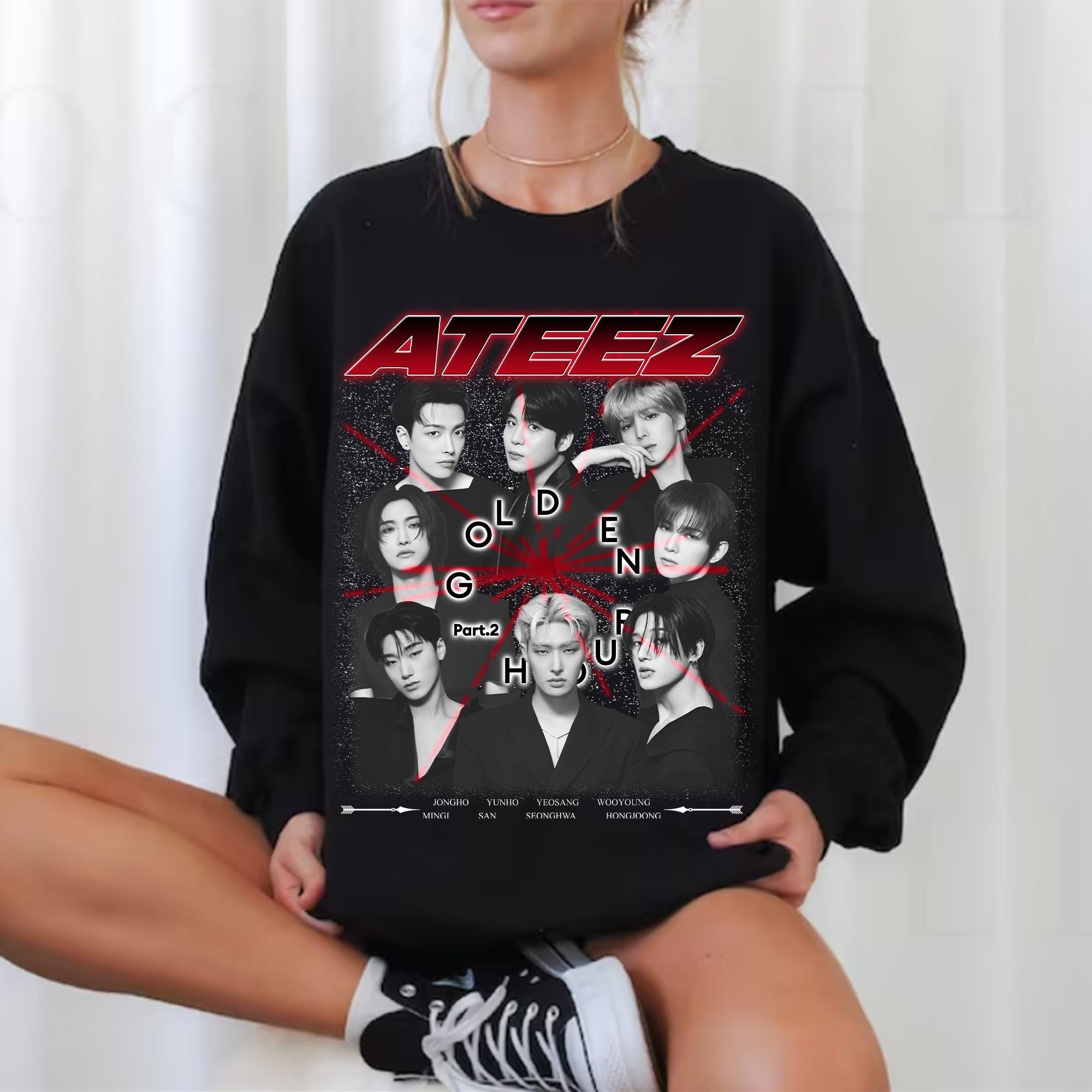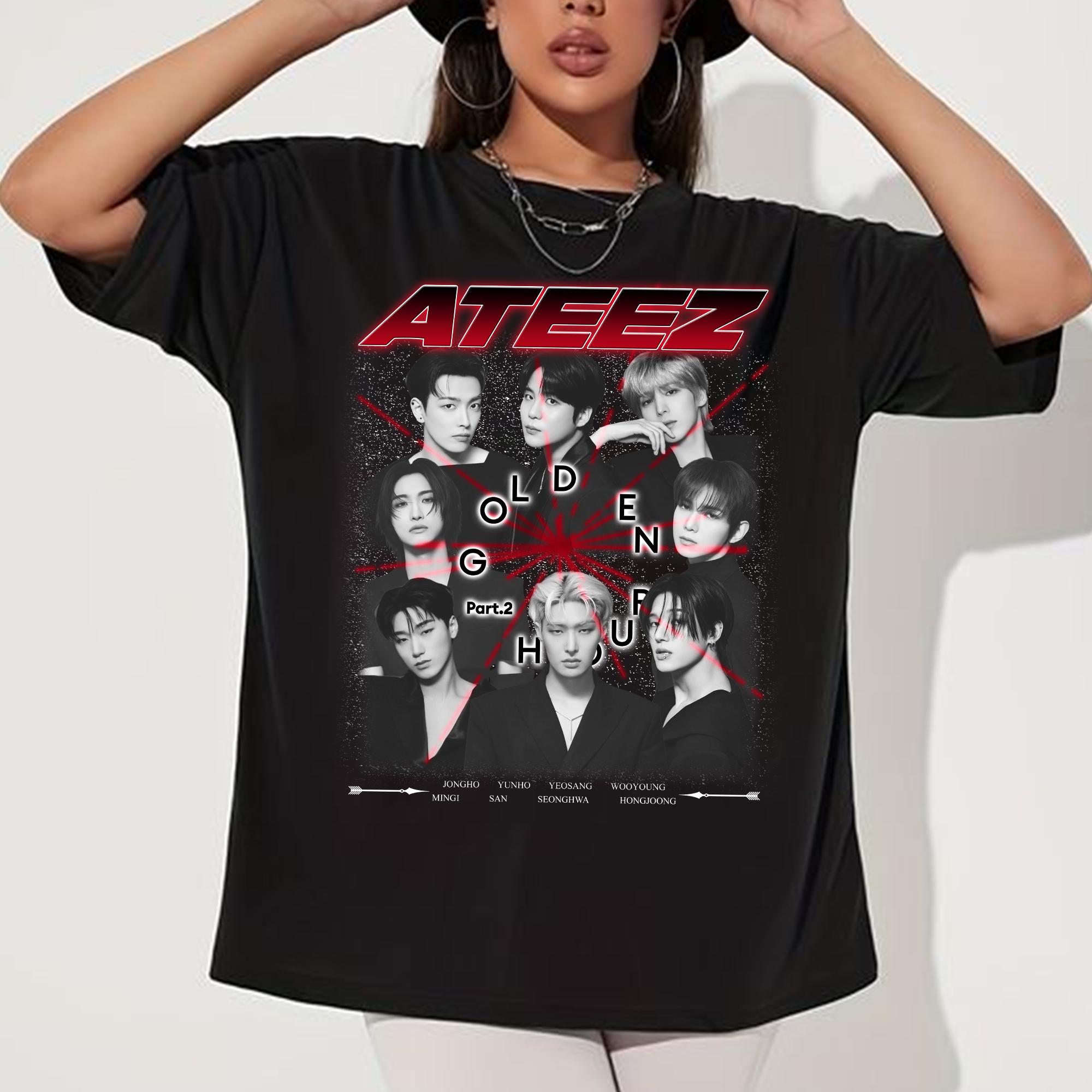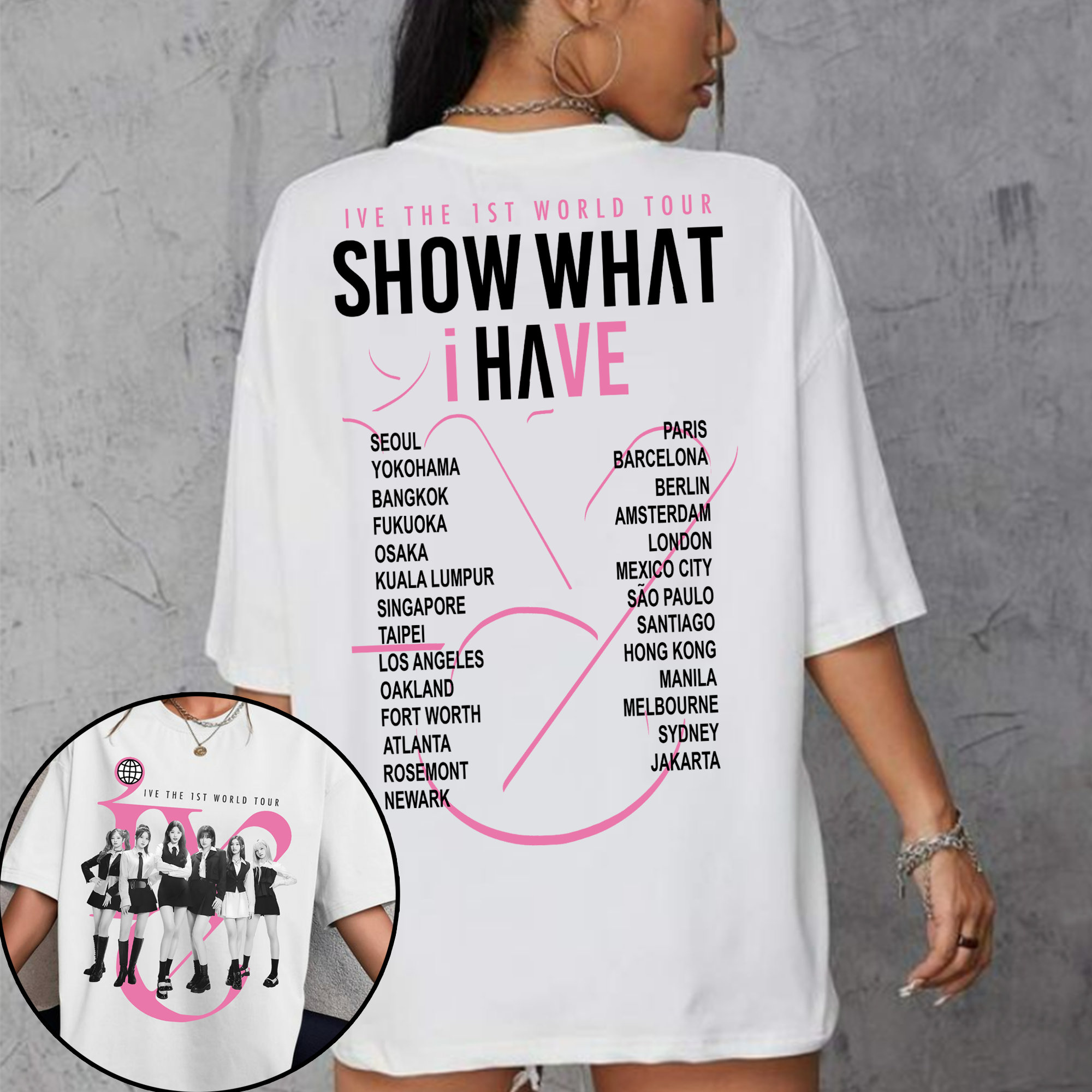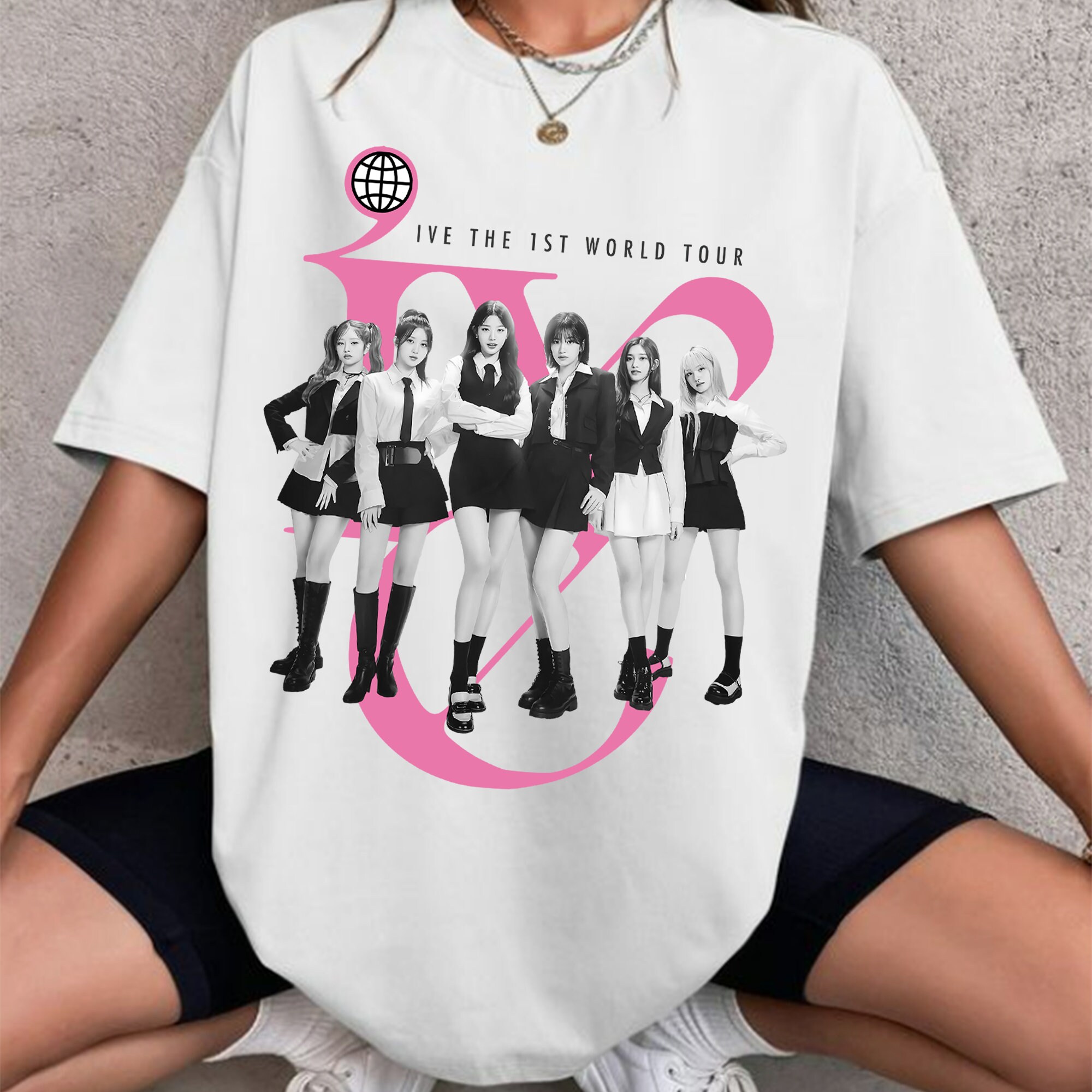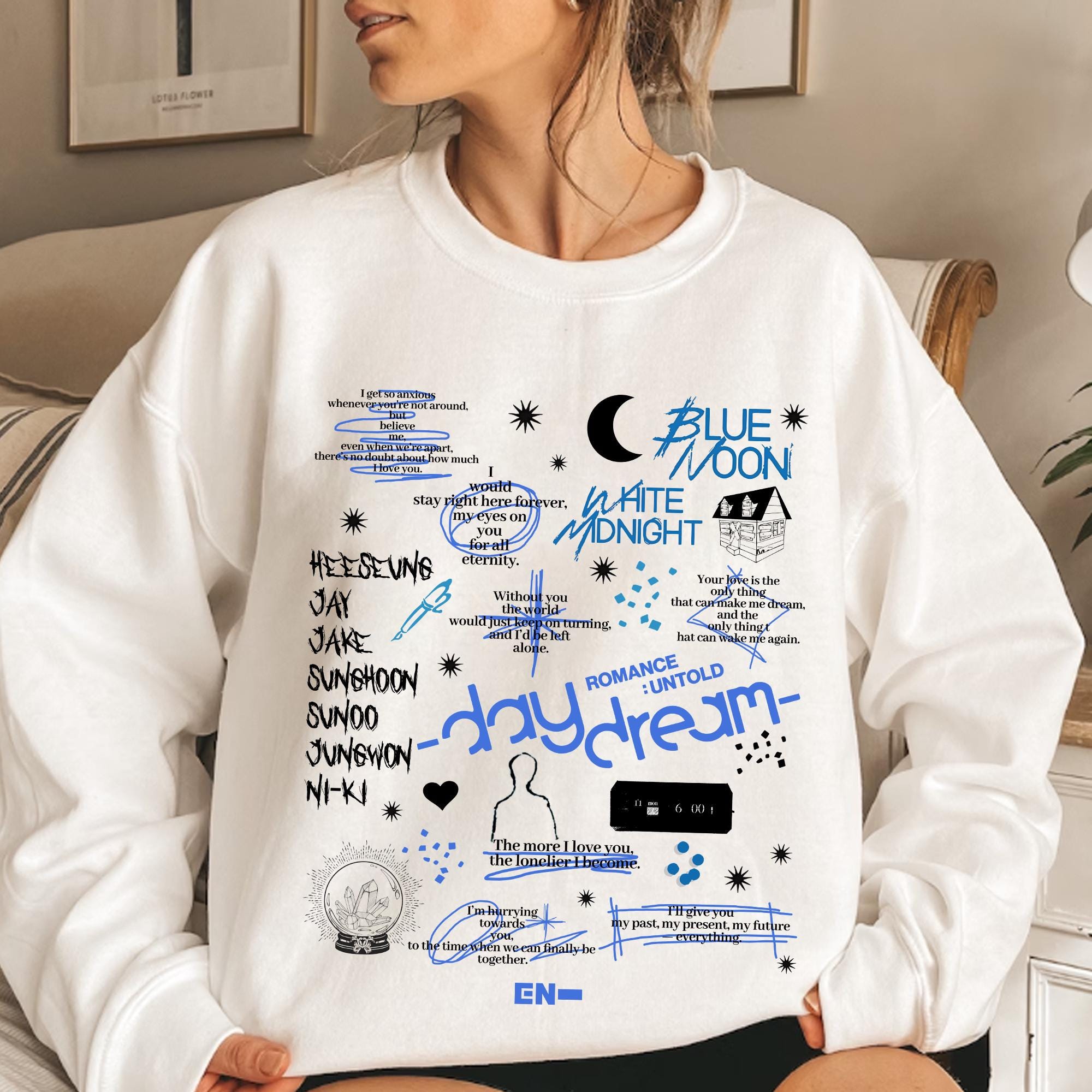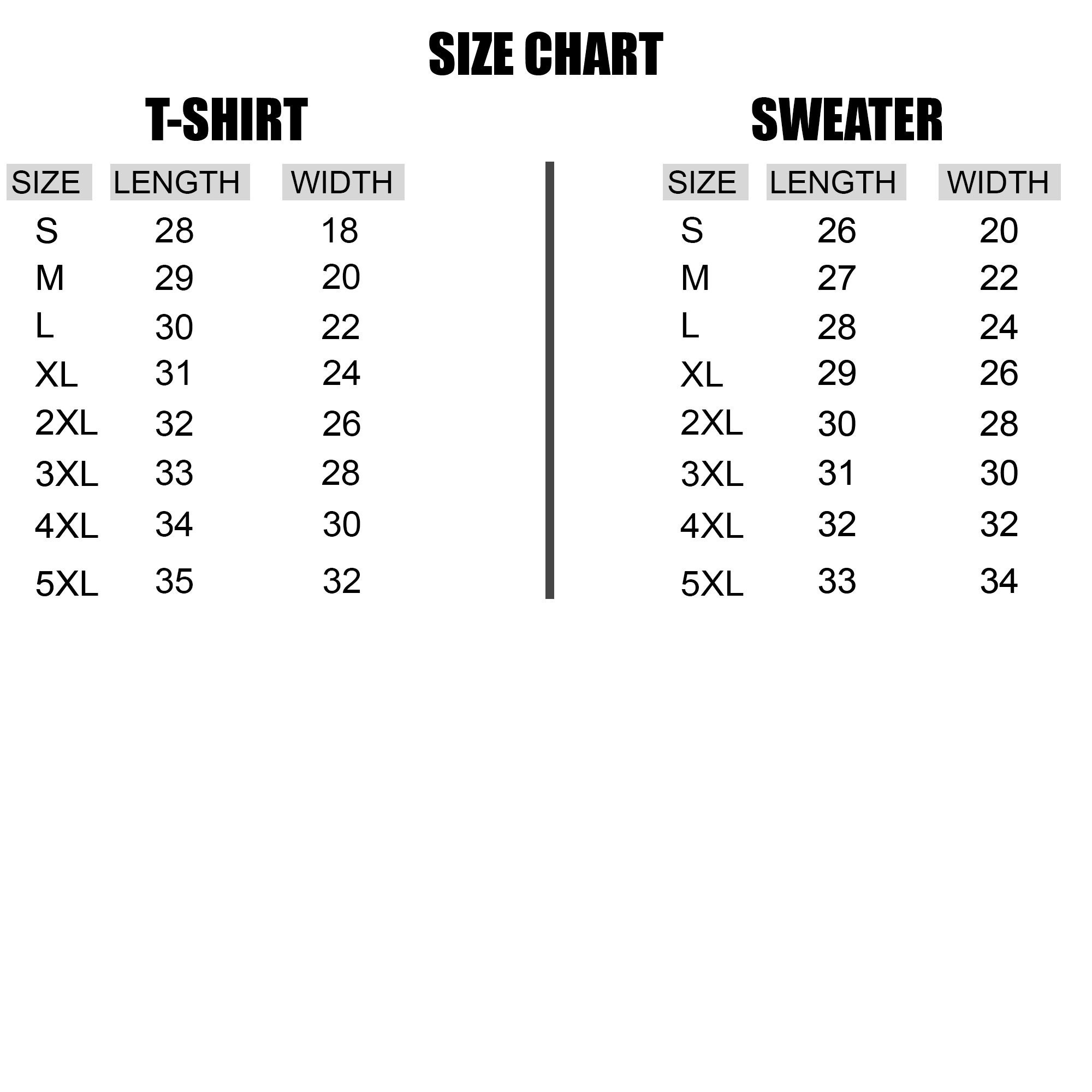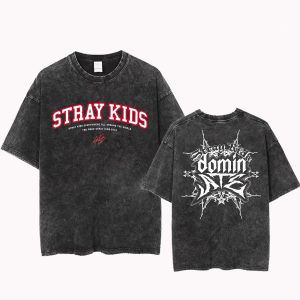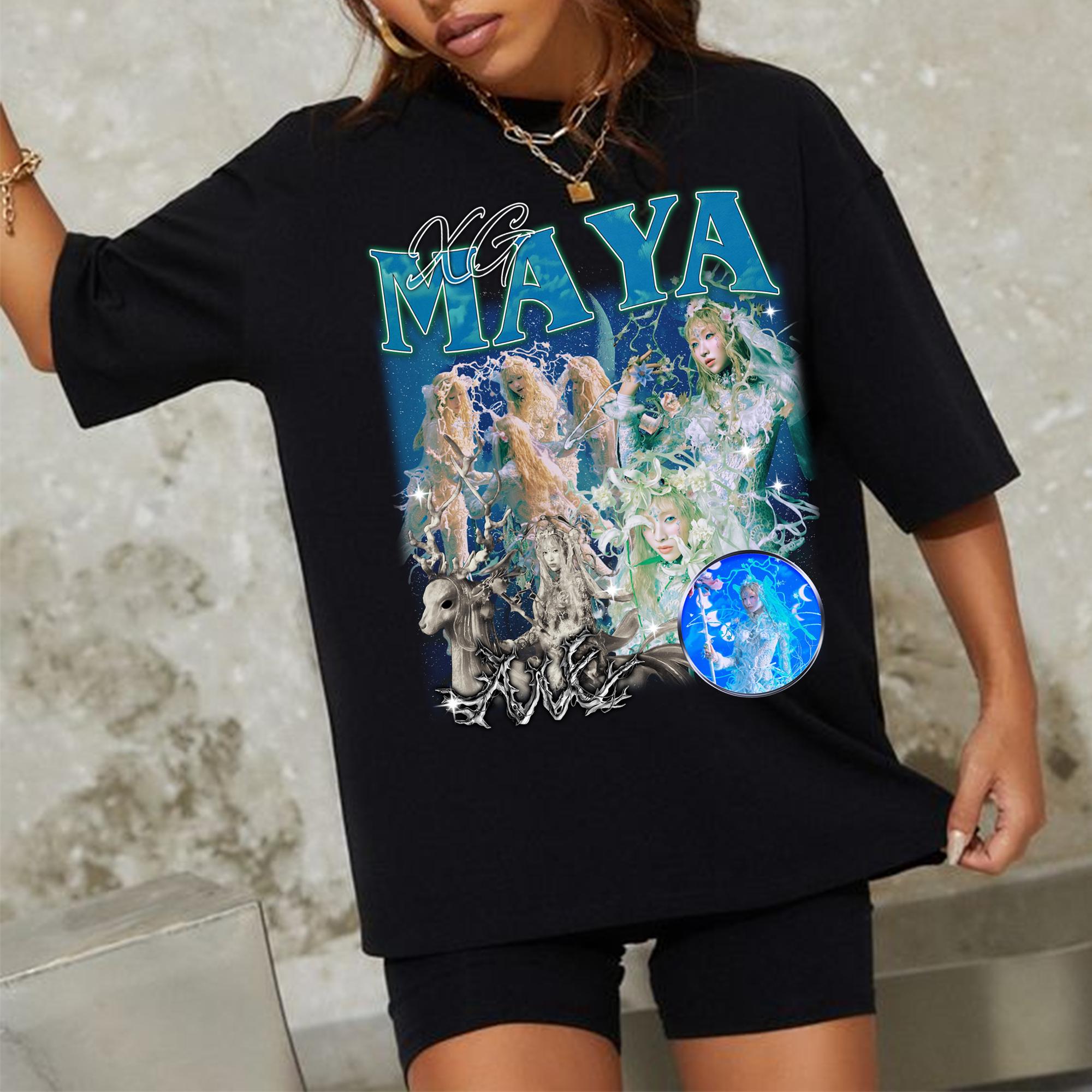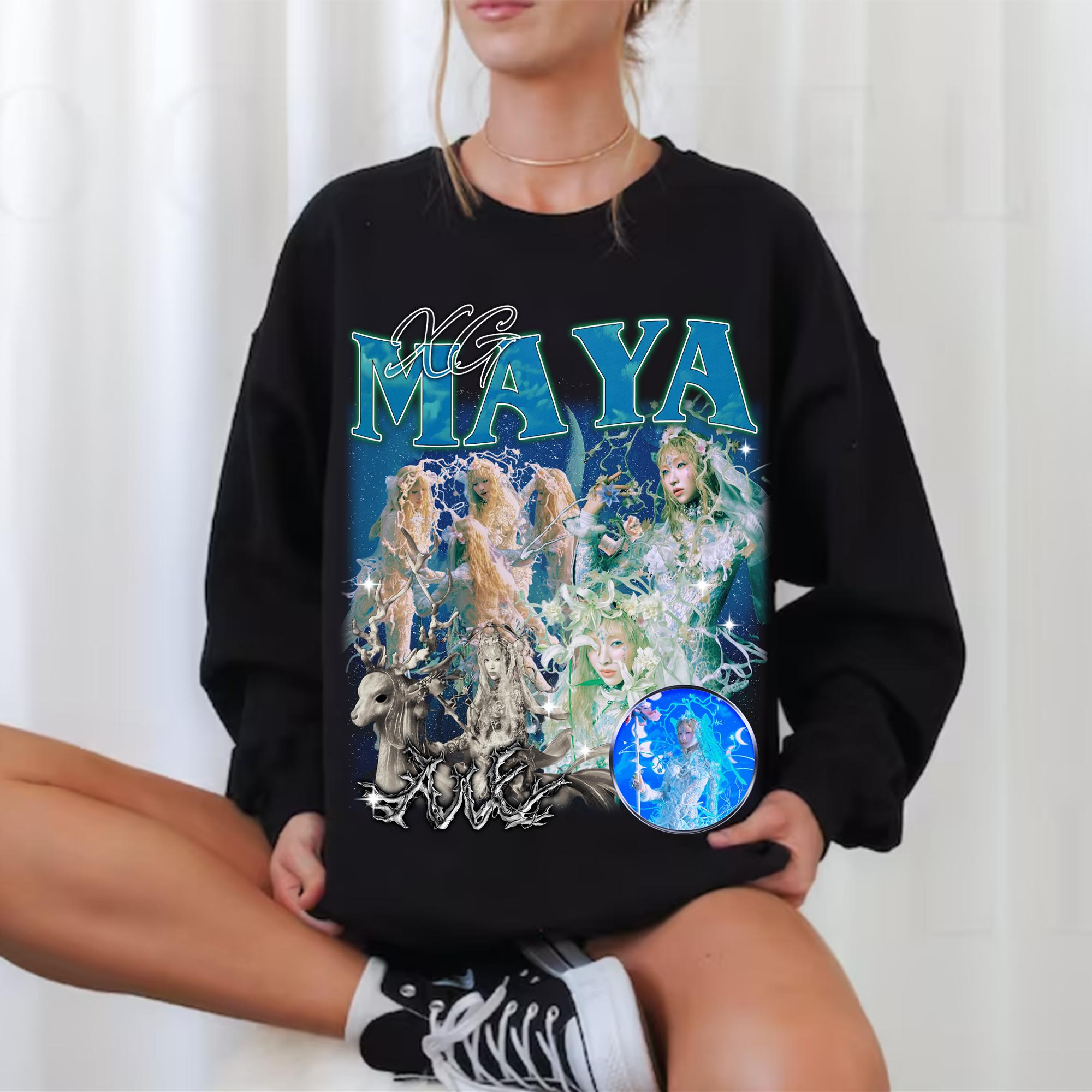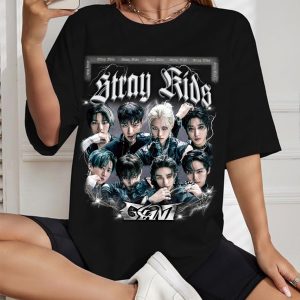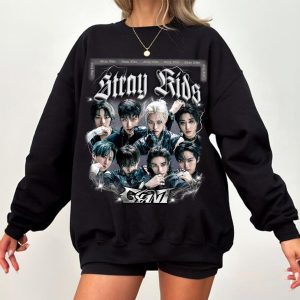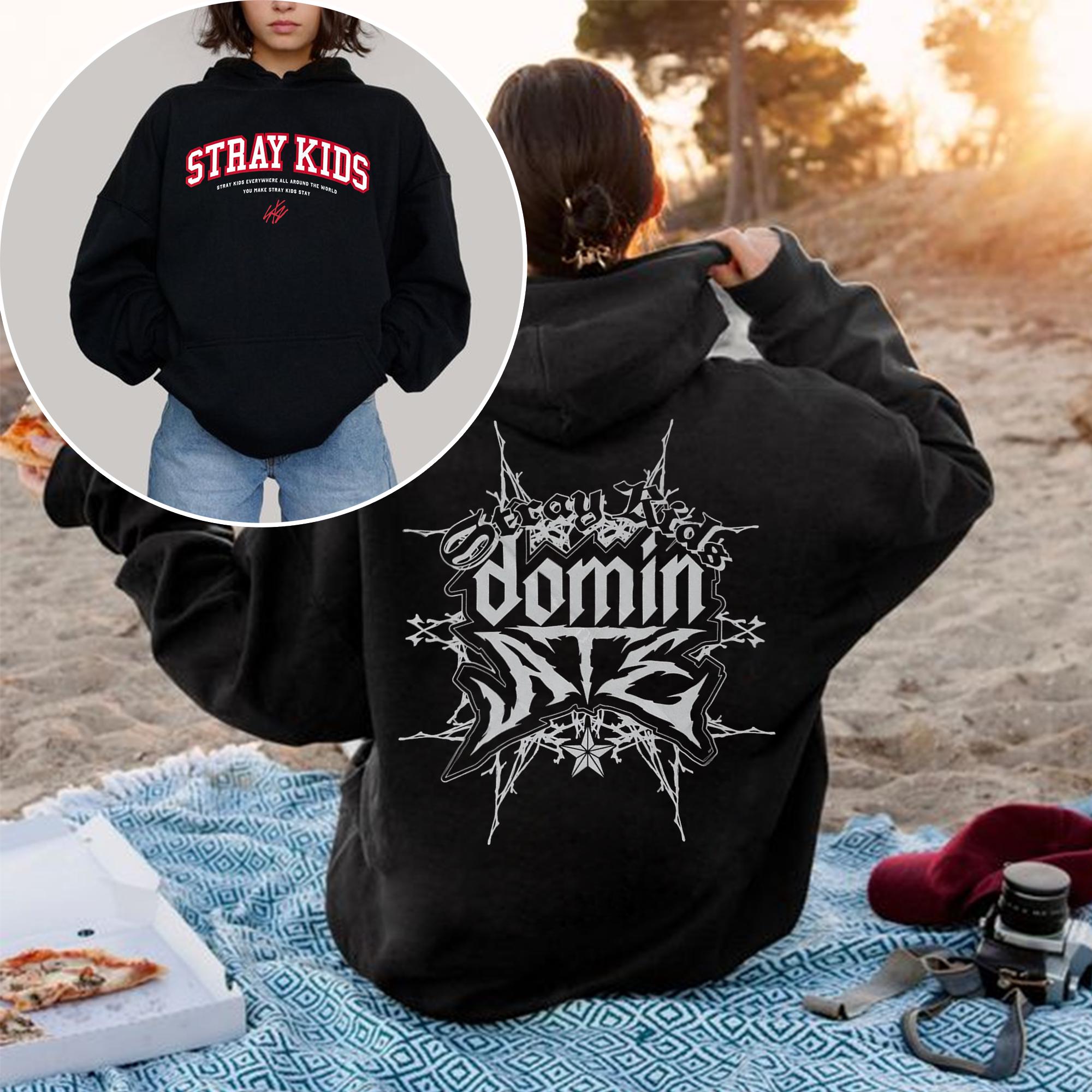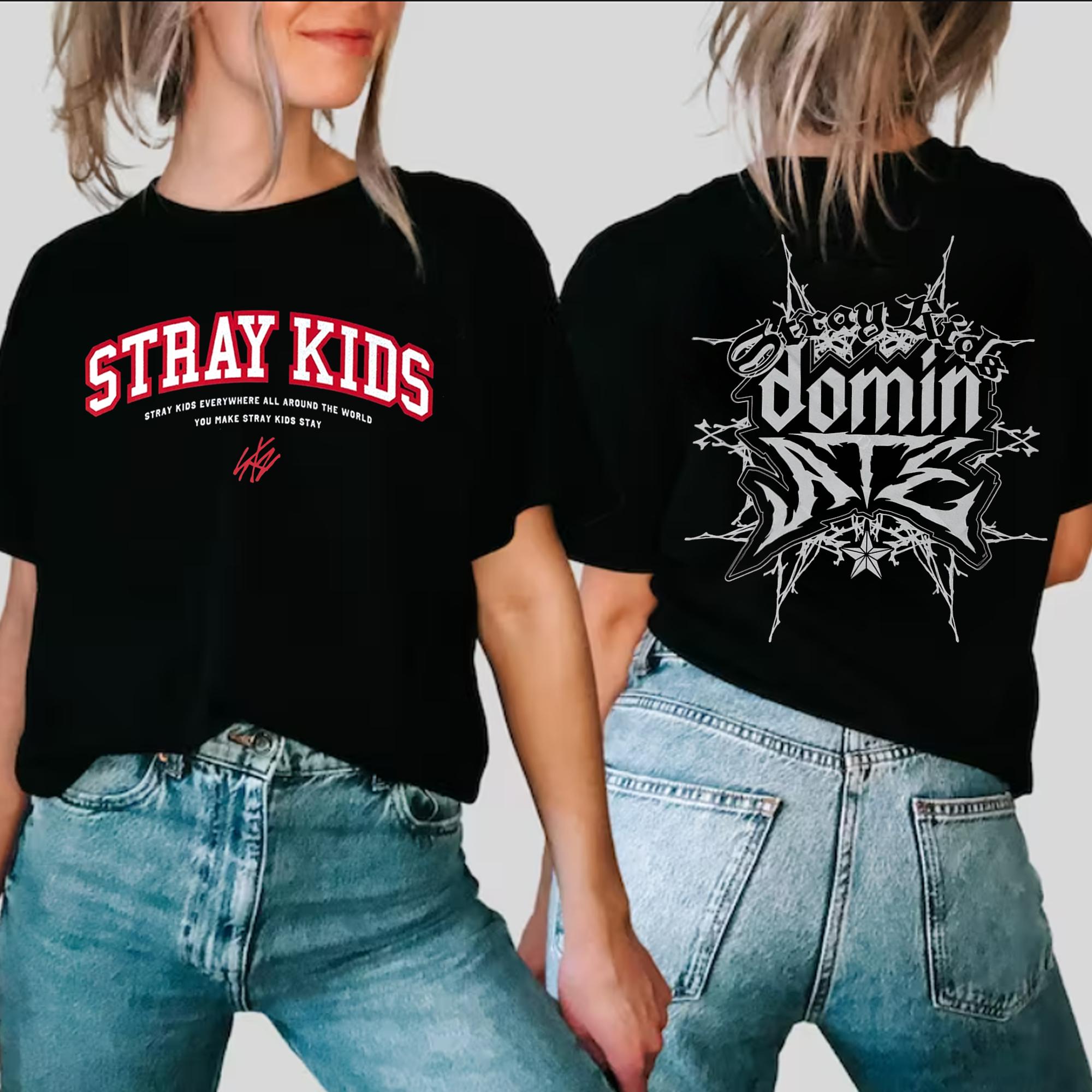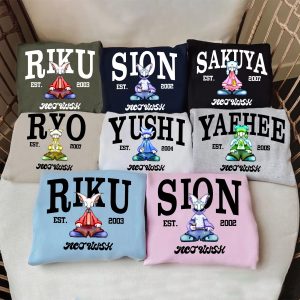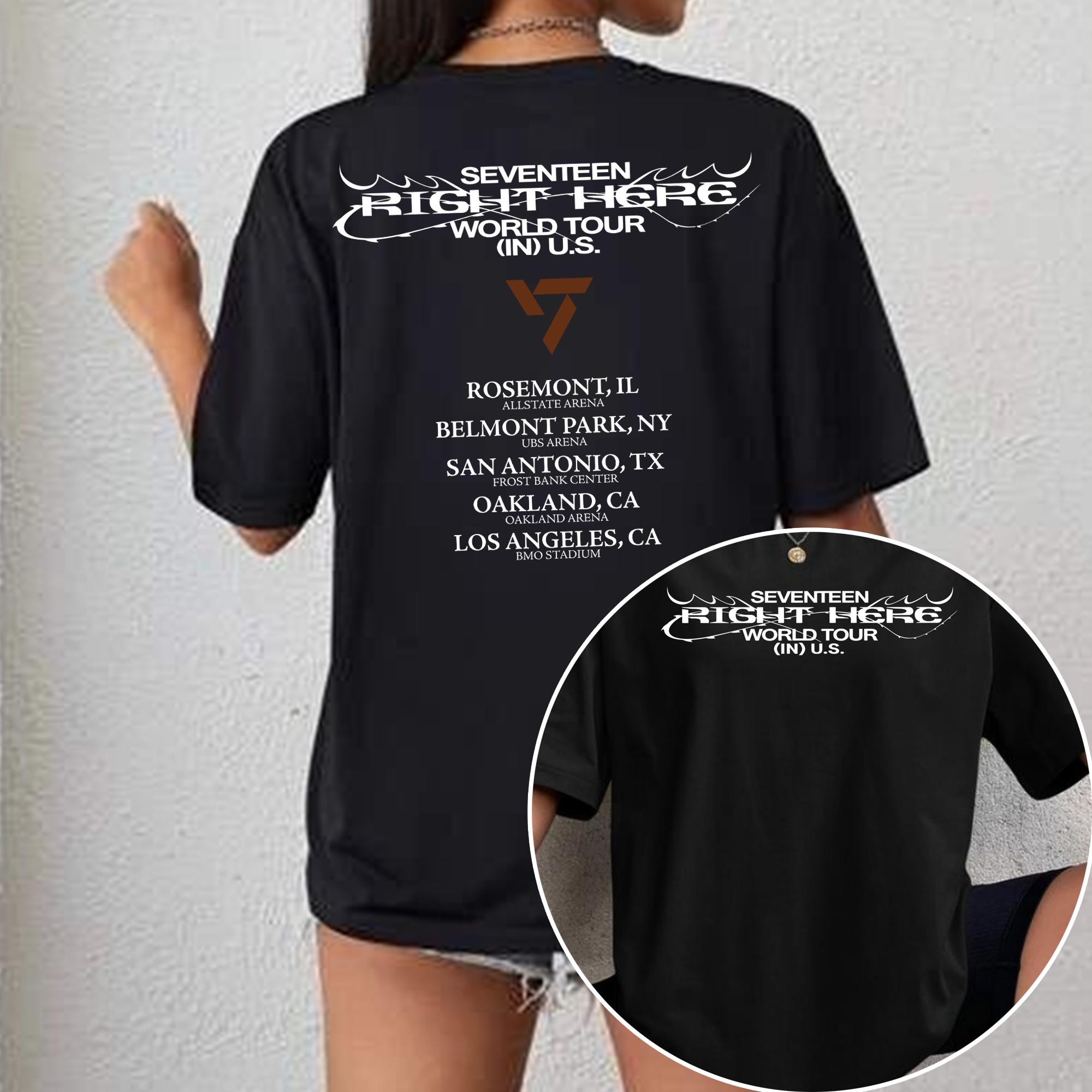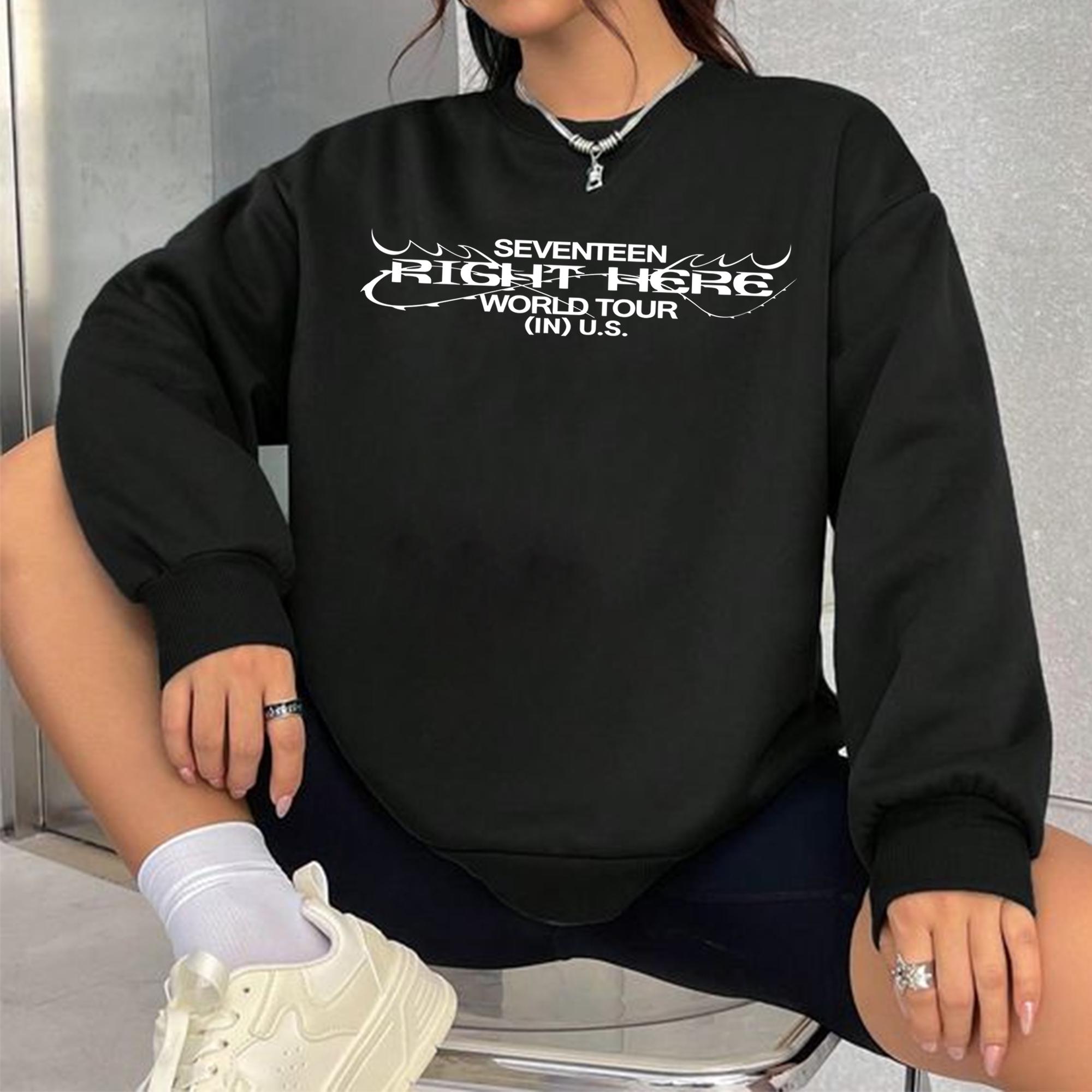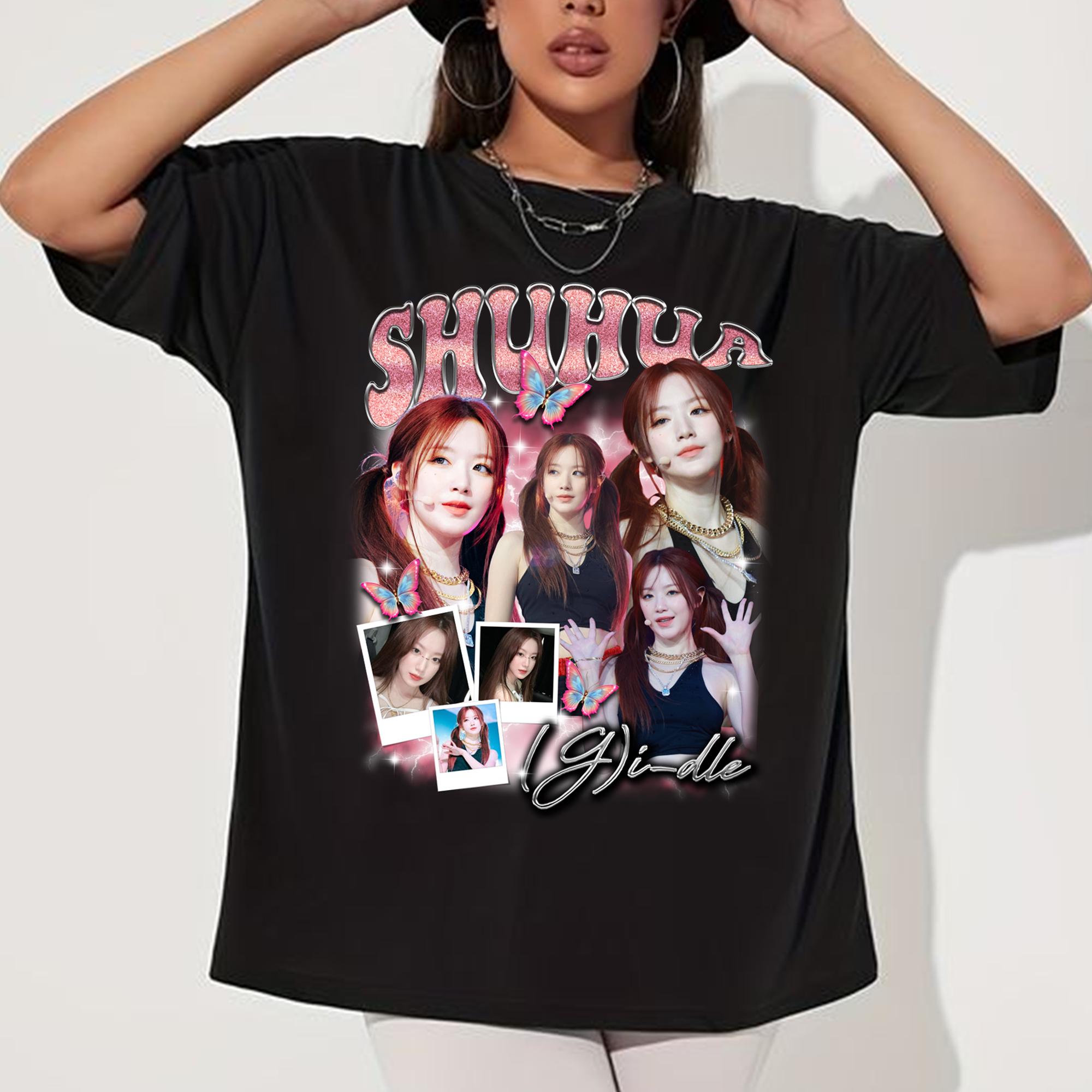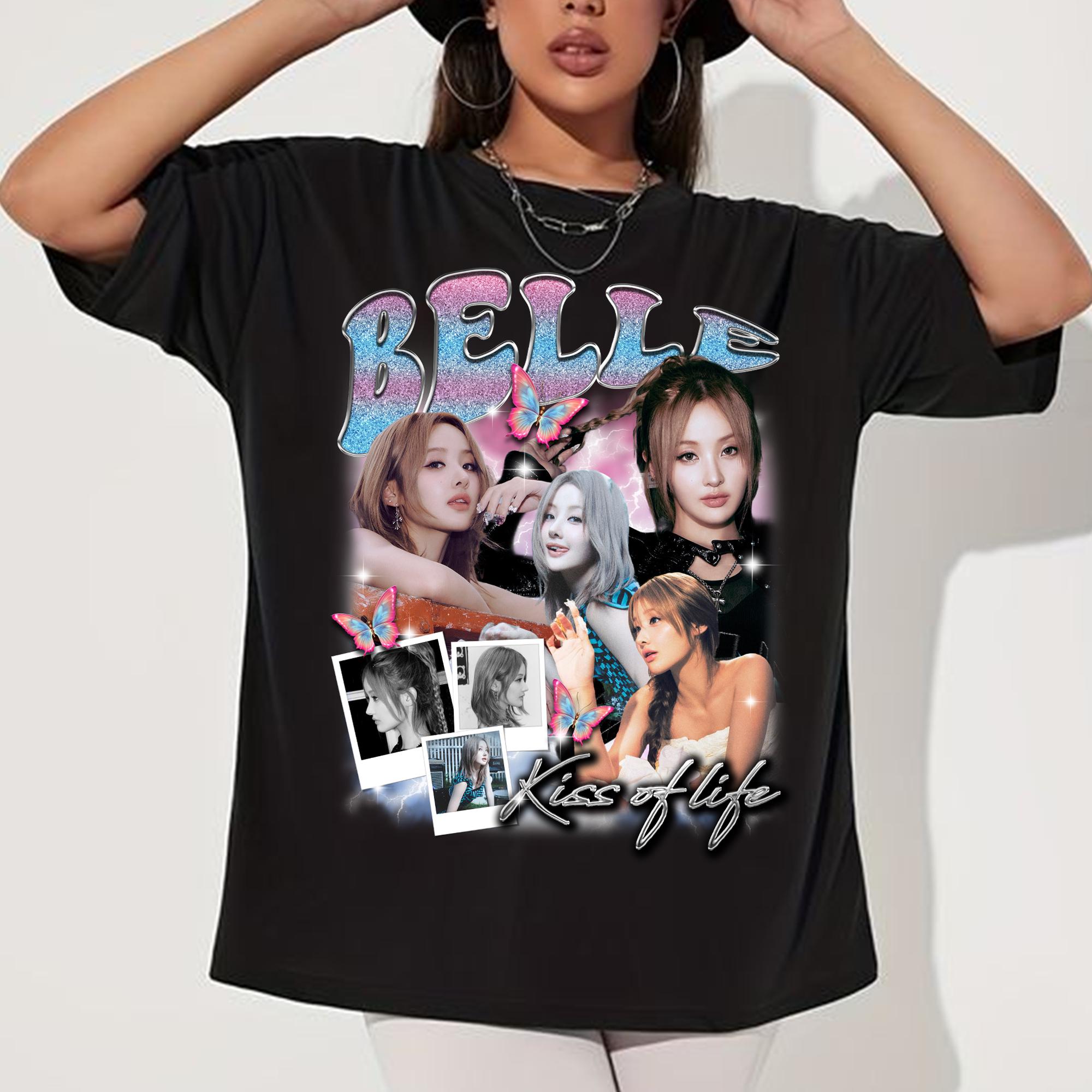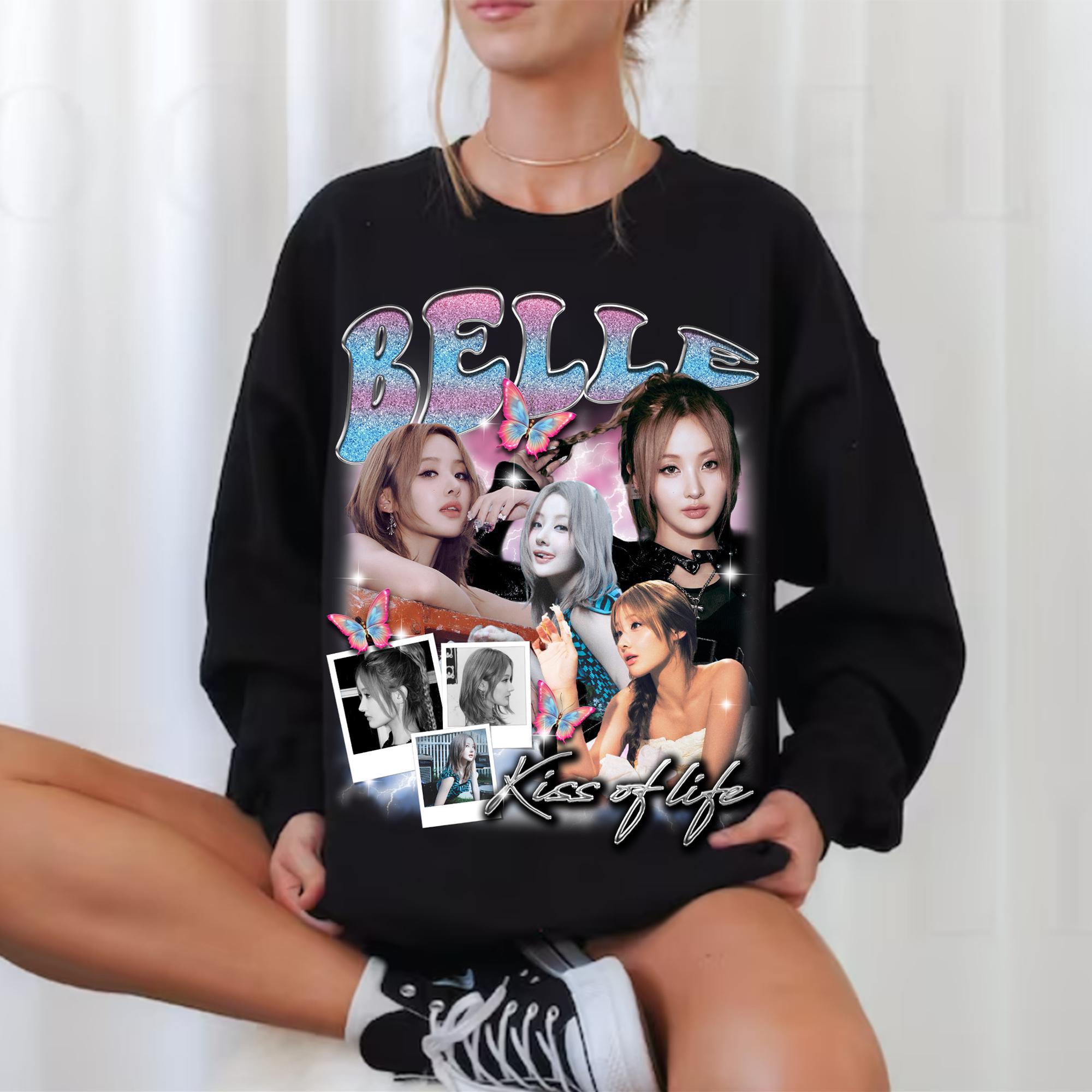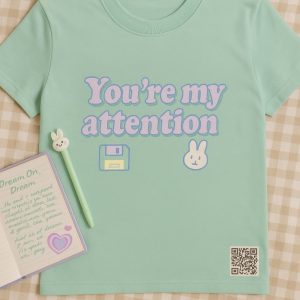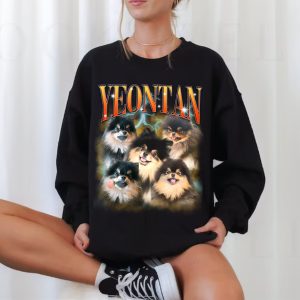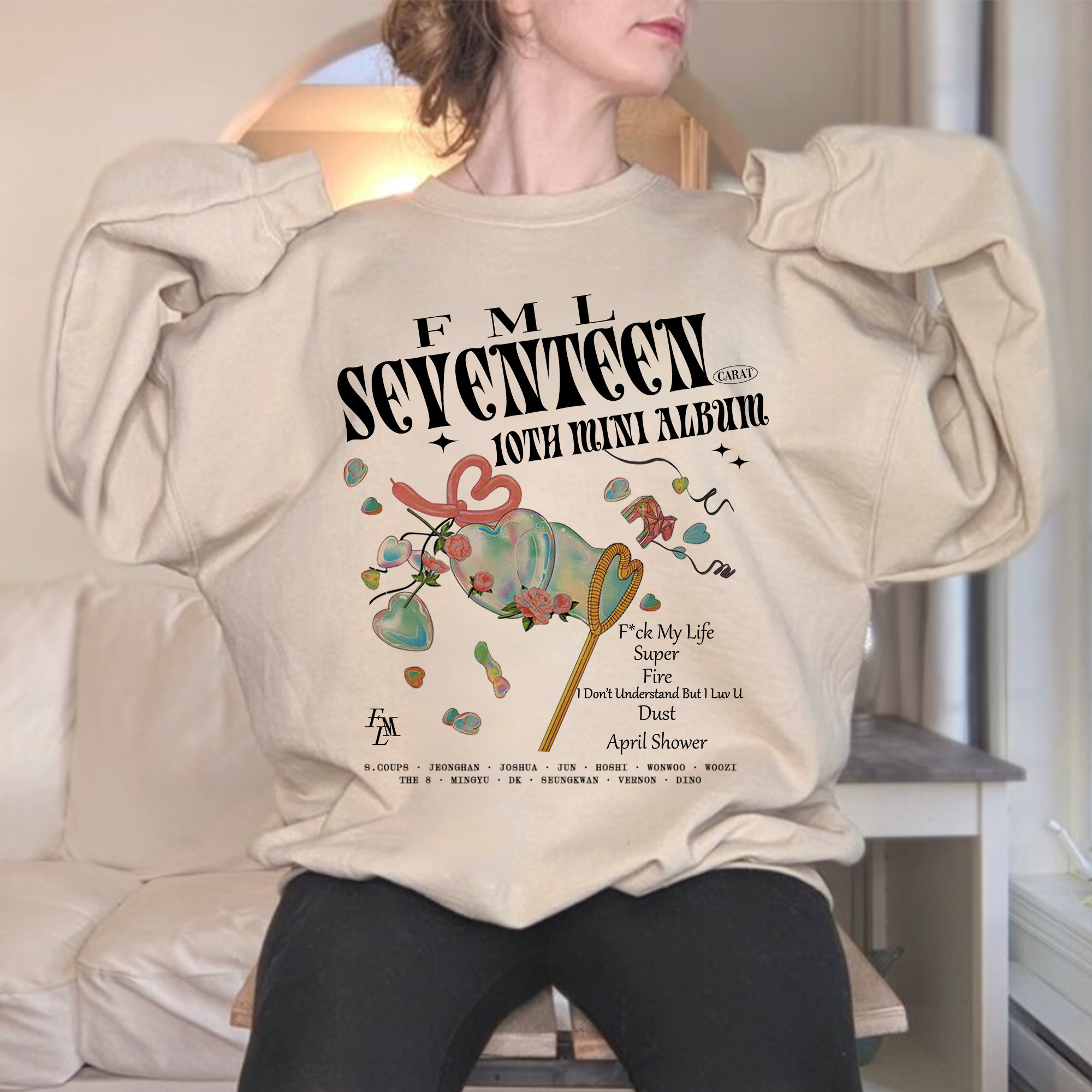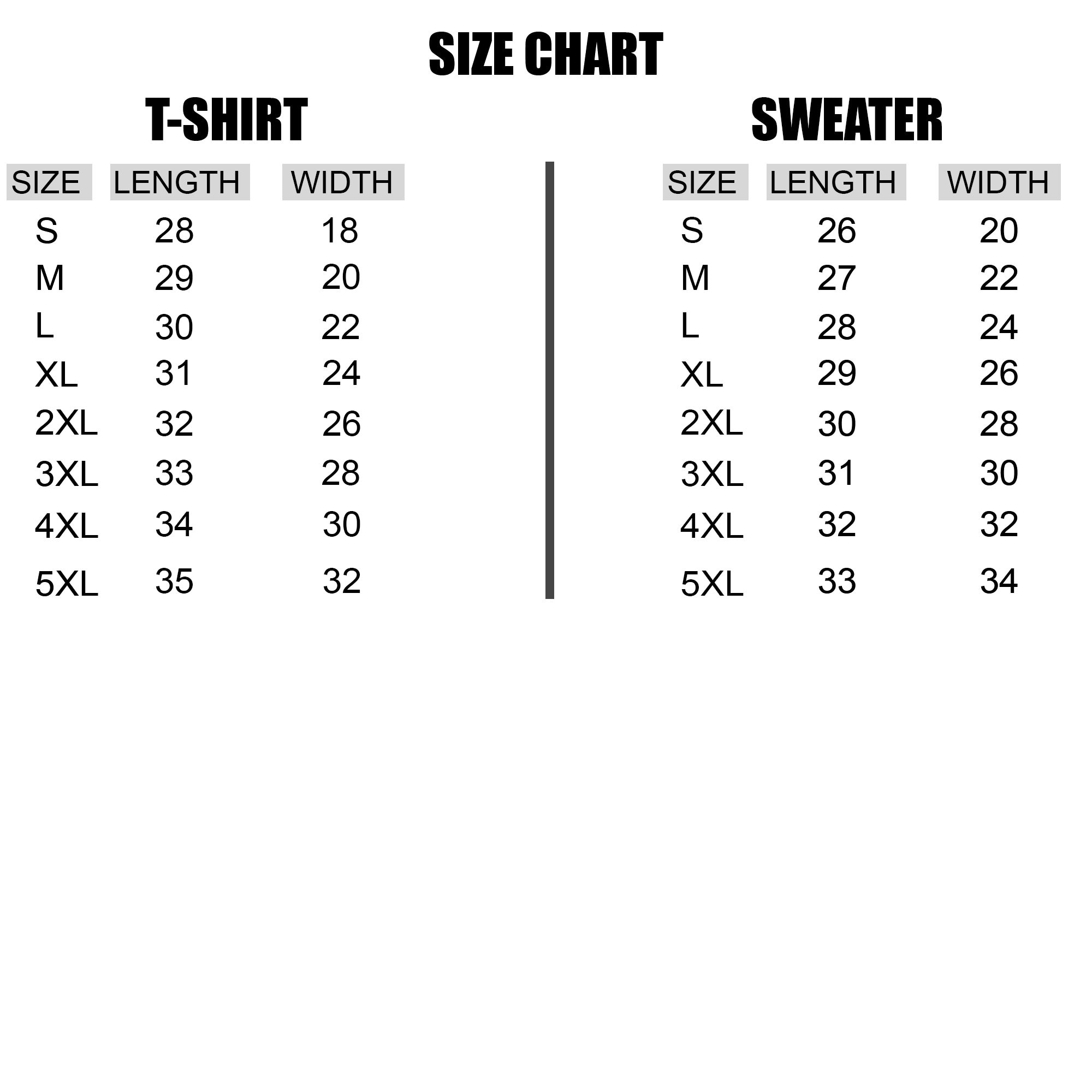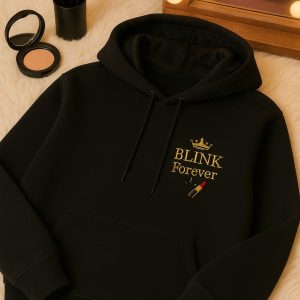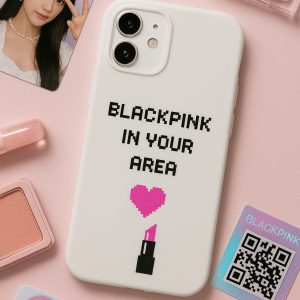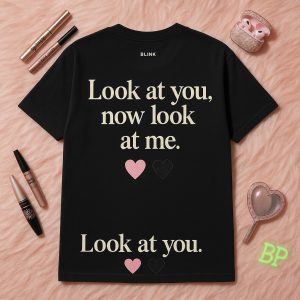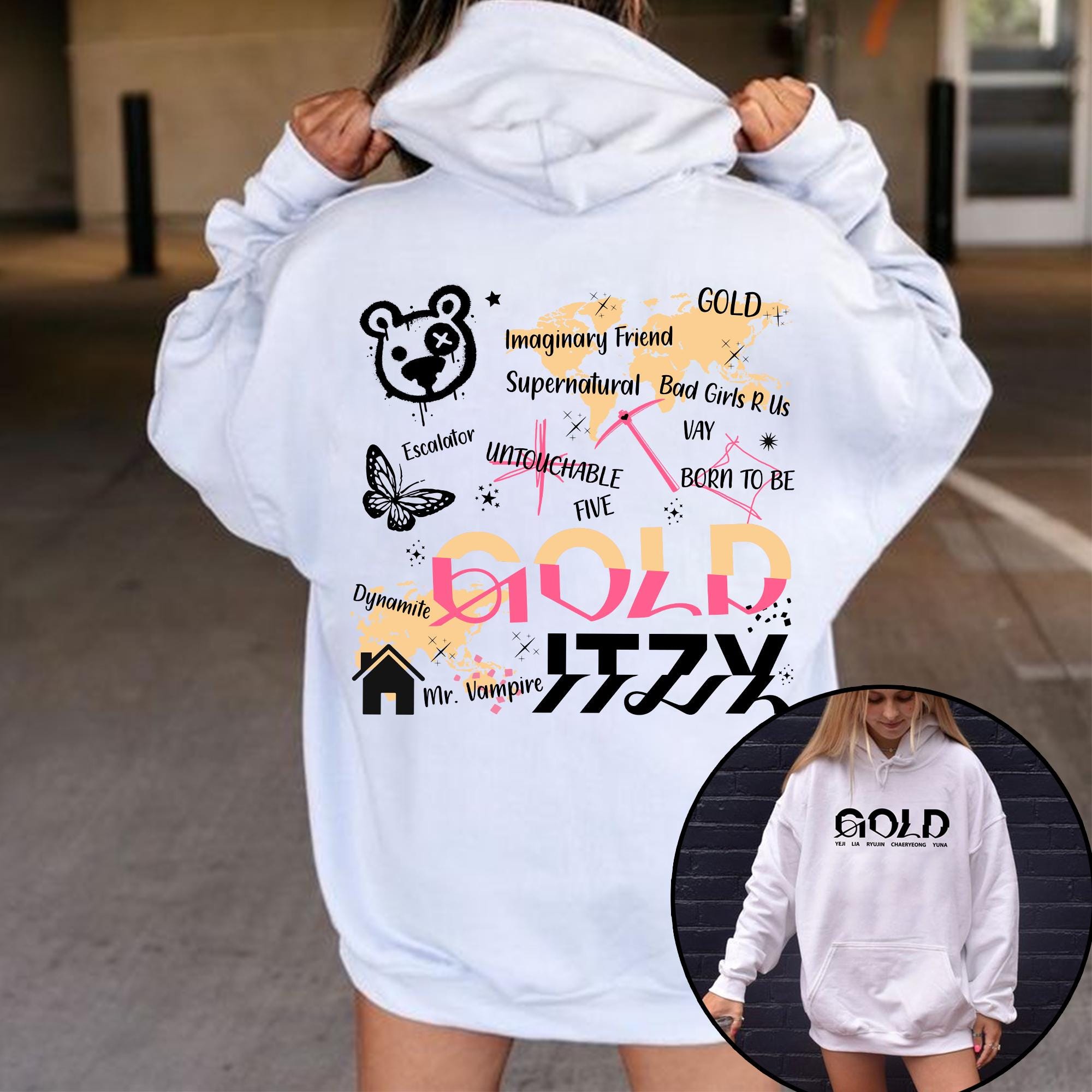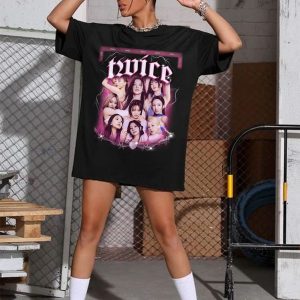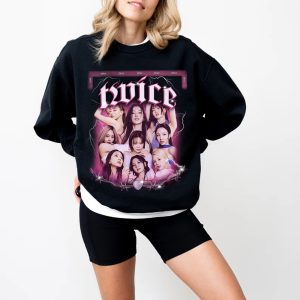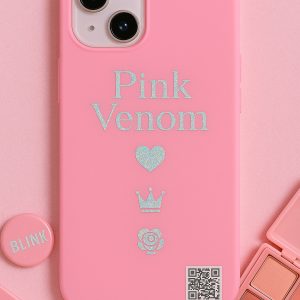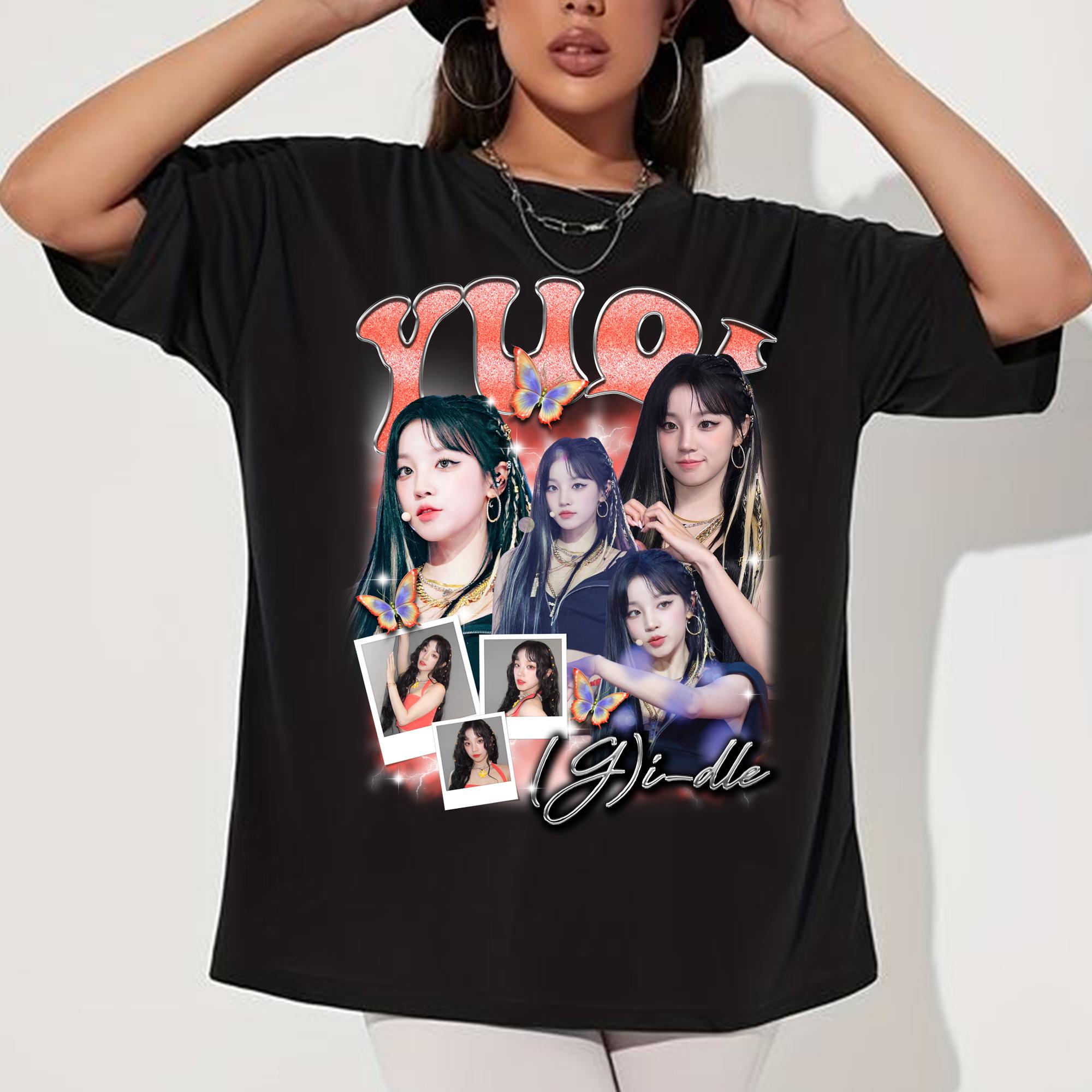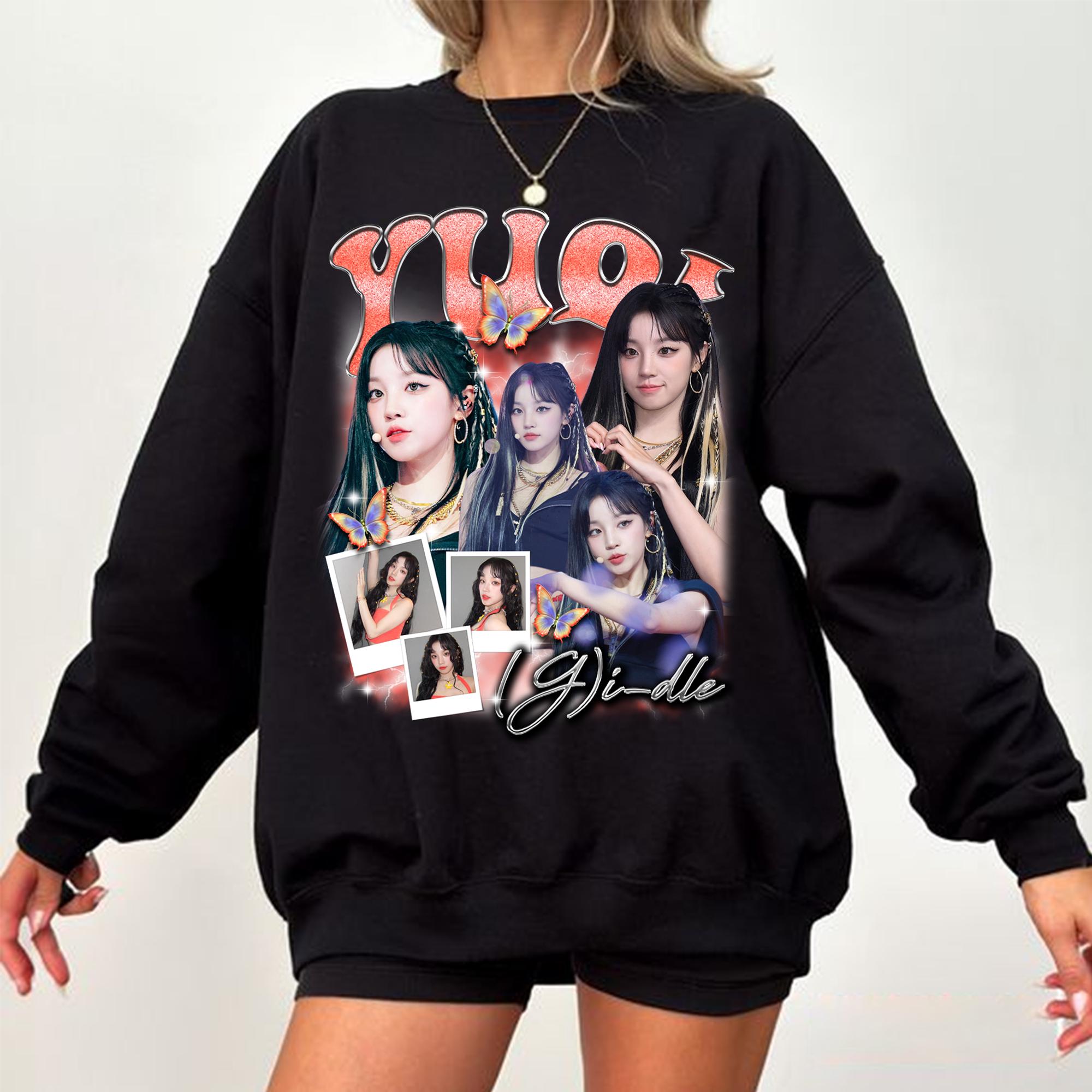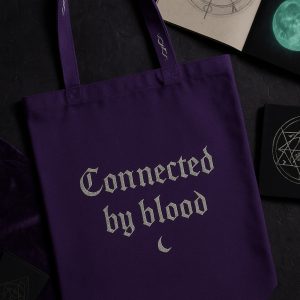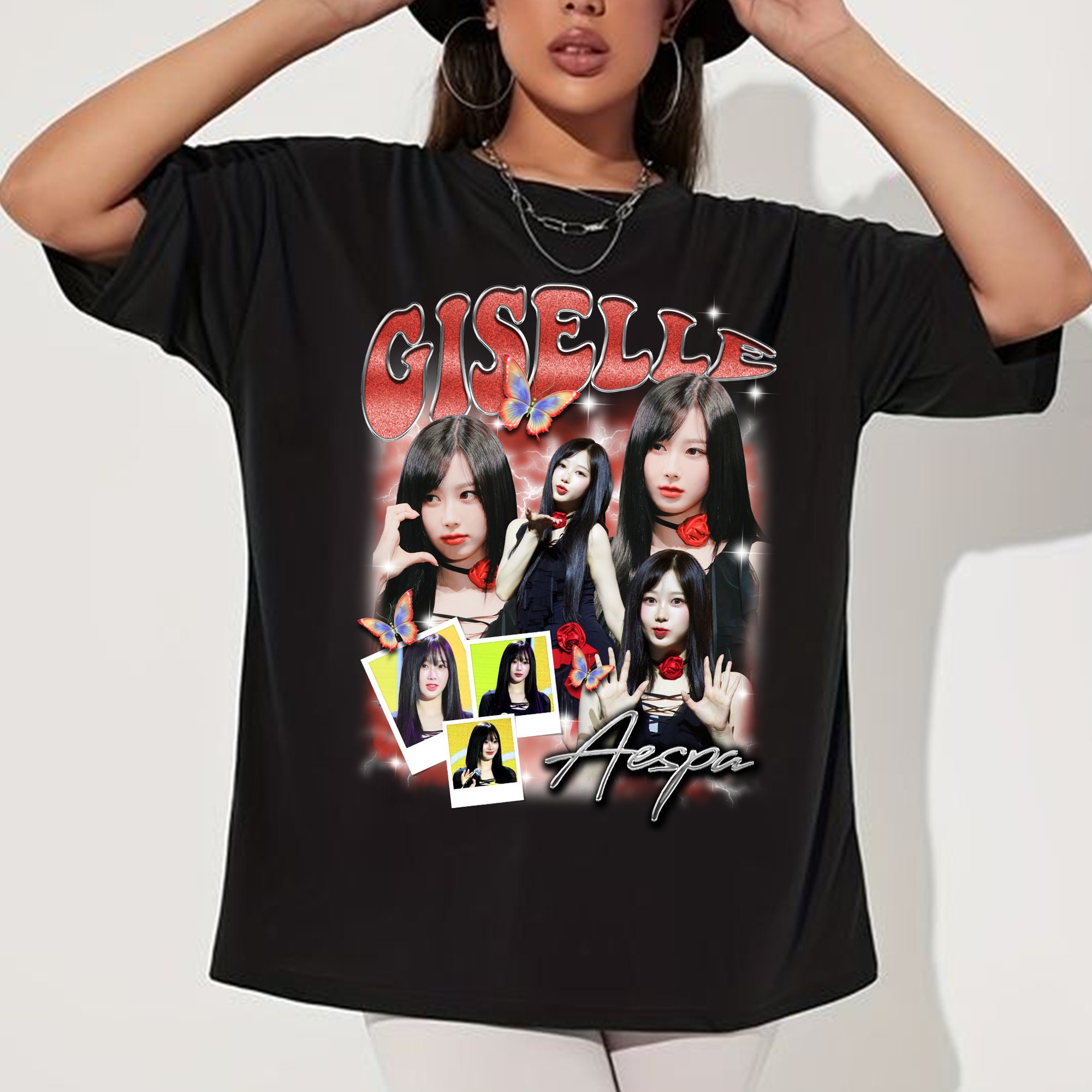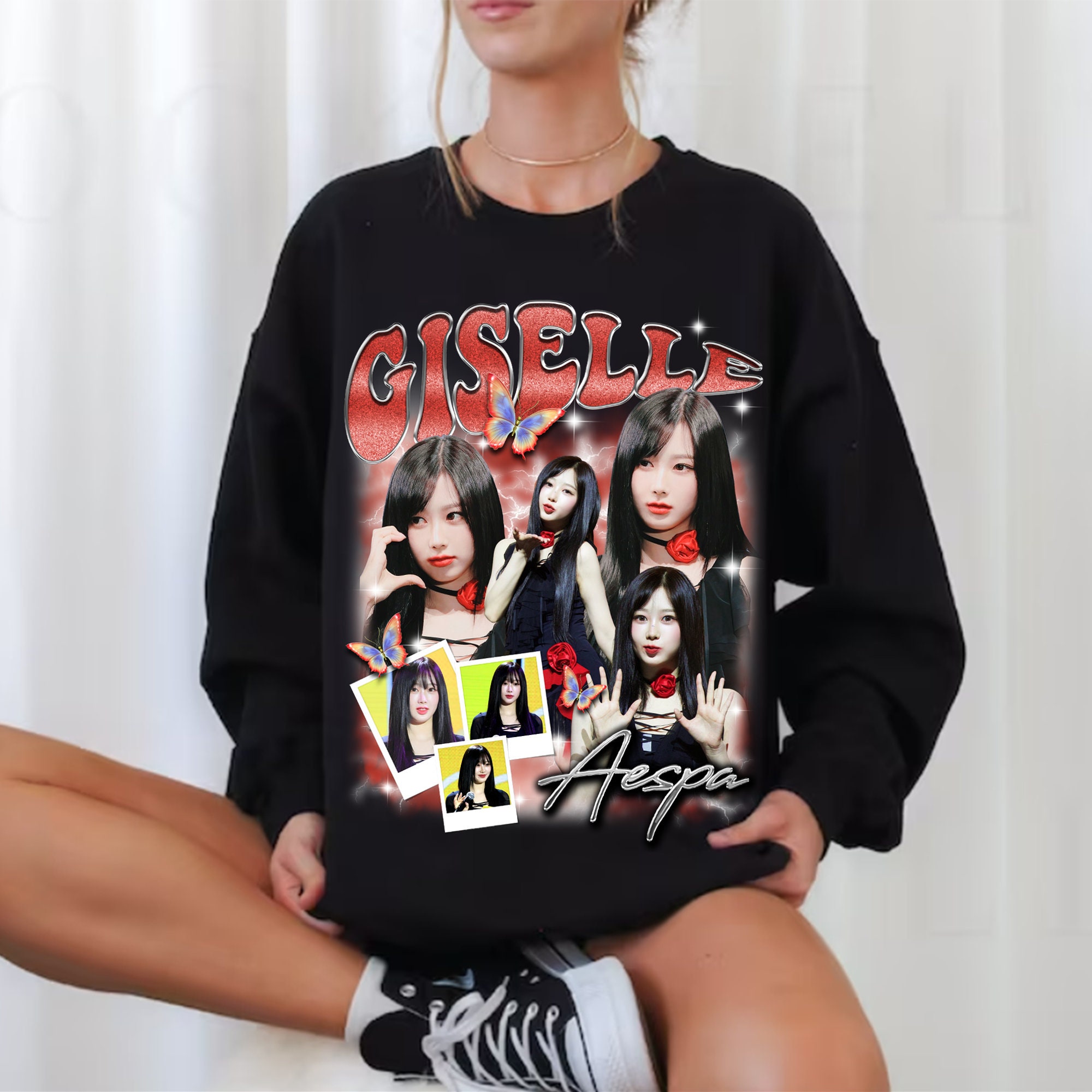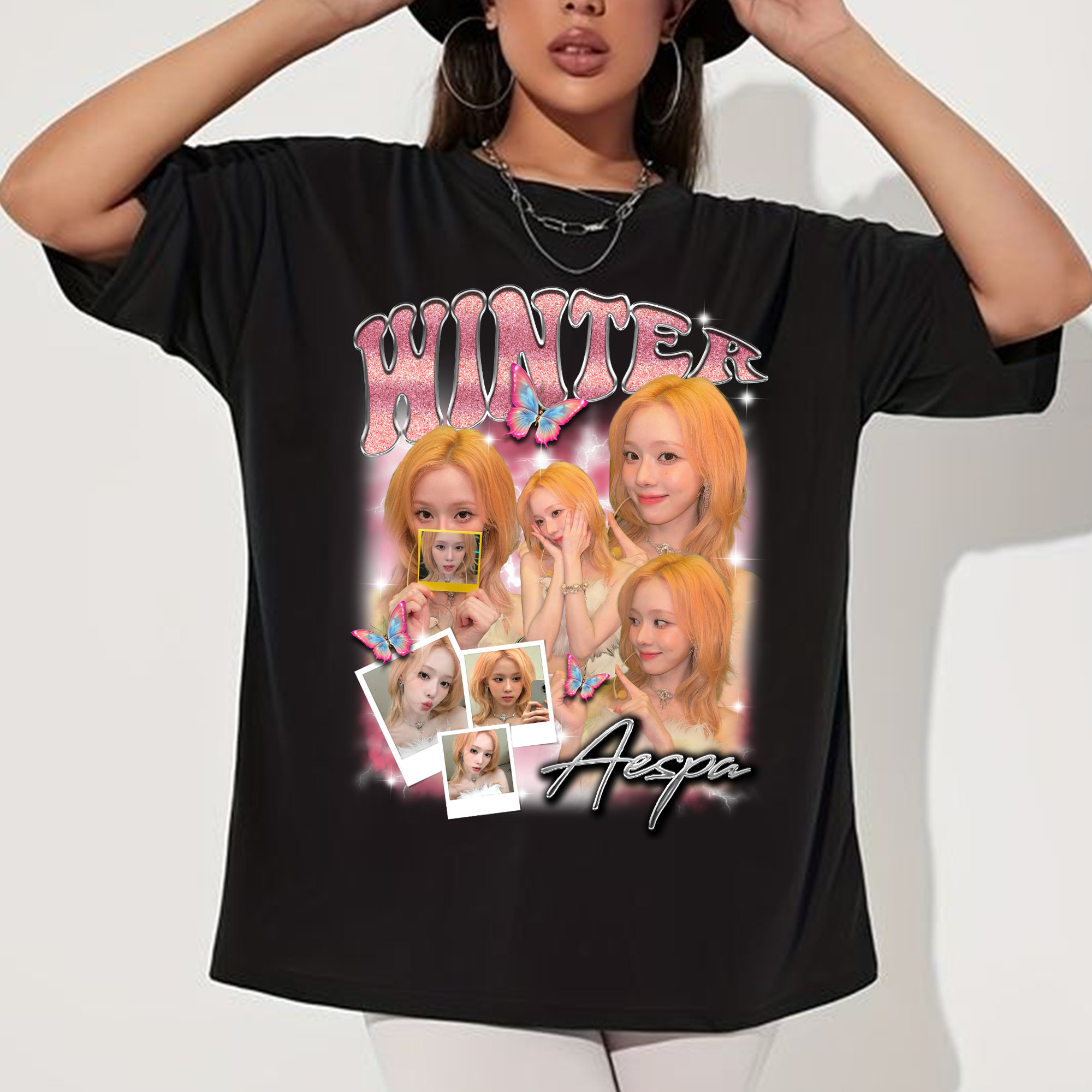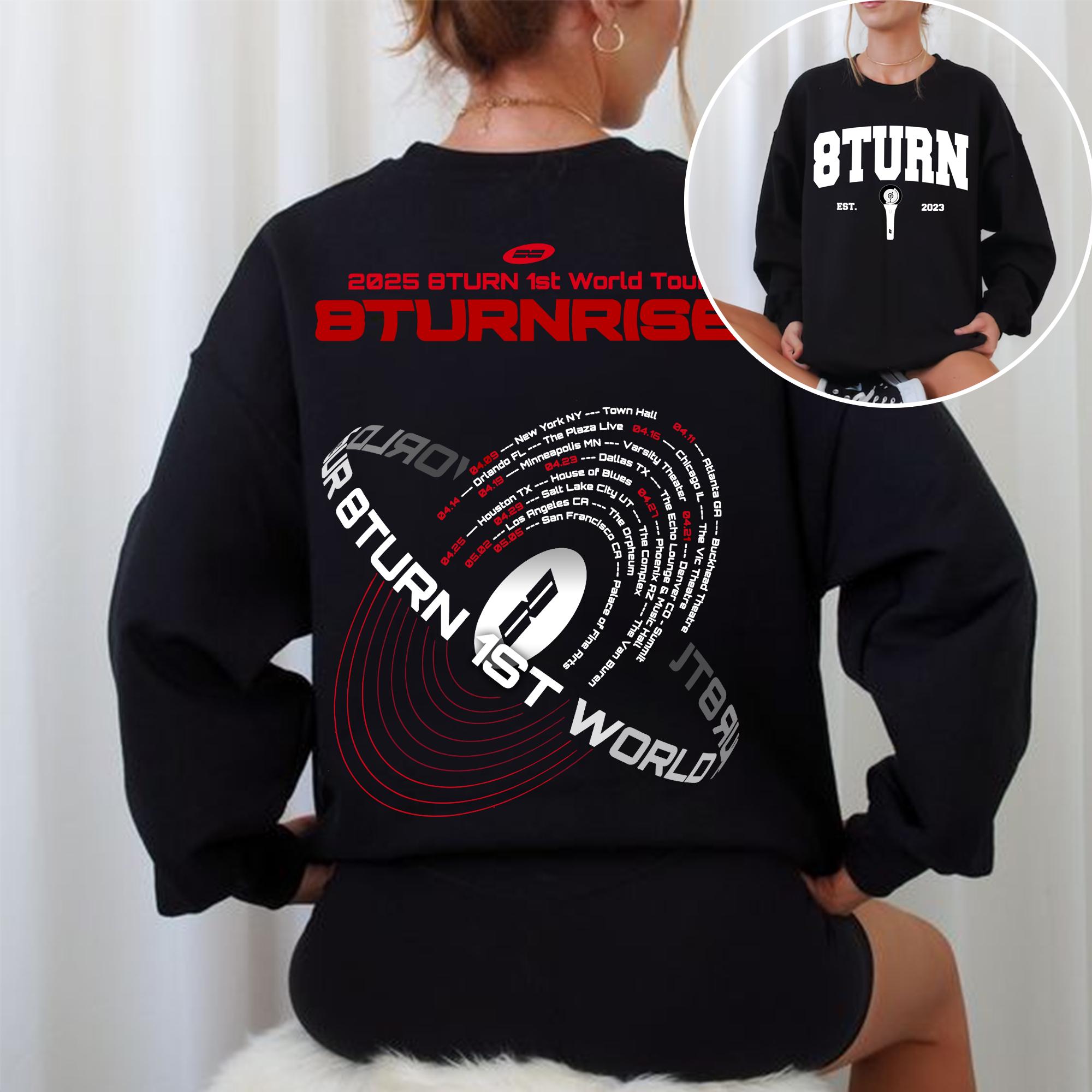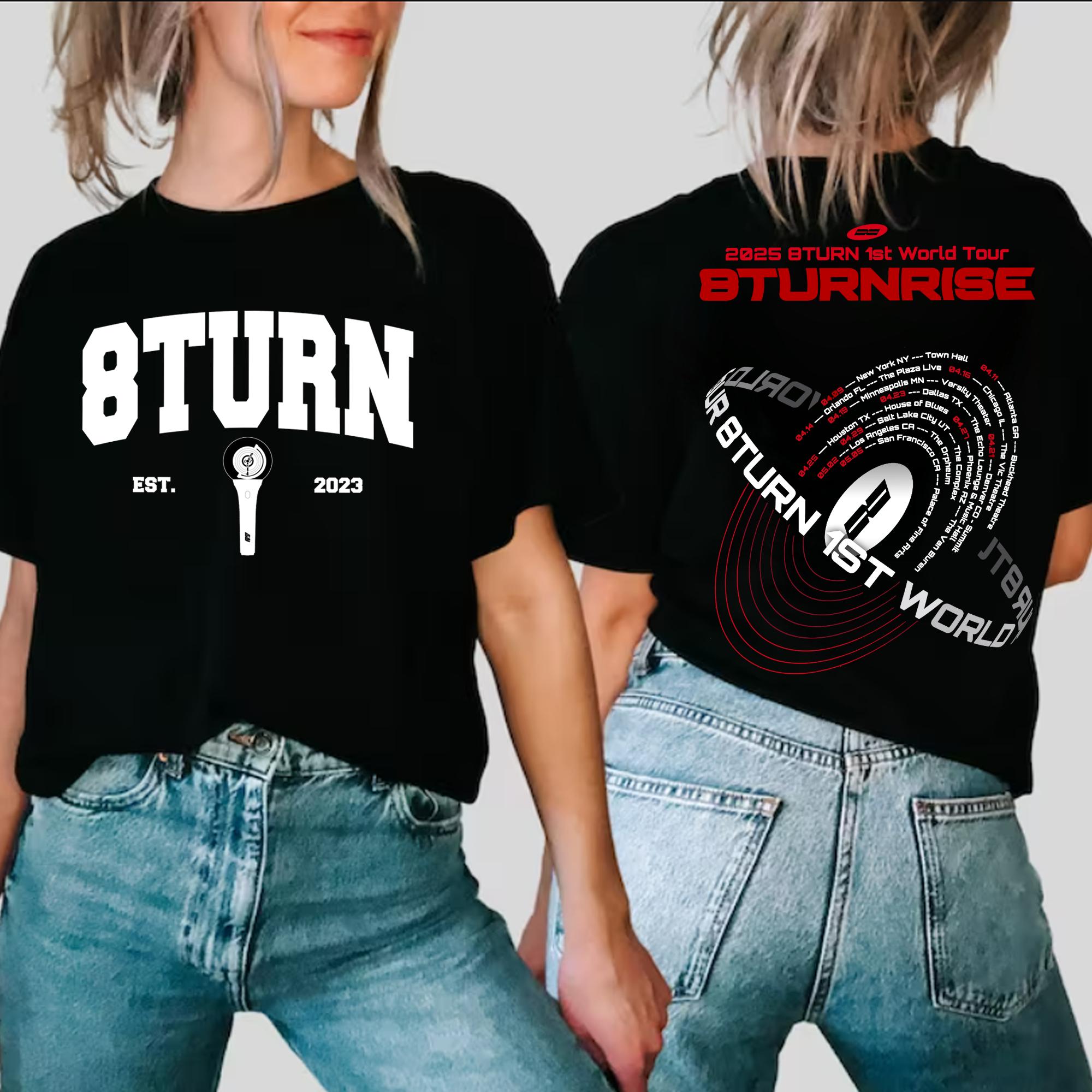🔰Everything You’ve Ever Wanted to Know About K-pop Groups — Answered
Looking for the perfect trending 2025 K-pop merch?
Use the search bar below to find your favorite products, albums, and accessories from your favorite idols!
K-pop groups are the beating heart of the Korean music industry — and no two groups are ever the same. Some have 3 members, some have 13. Some focus on bubblegum pop, others on hard-hitting rap or experimental dance. Some promote heavily in Korea, while others were built with global stages in mind from day one.
But what makes K-pop groups so fascinating isn’t just the music — it’s the structure, the strategy, and the storytelling.
Every group is a carefully crafted blend of:
-
Visuals (the “face” of the group)
-
Vocals, Rappers, and Dancers
-
Unique concepts (dark, retro, cute, cinematic, futuristic…)
-
Assigned roles and positions (though these are evolving)
-
A built-in storyline across albums, music videos, and fan content
And then there’s the scale — you’ve got trios like VIVIZ or solo-idol brands like AleXa, massive collectives like SEVENTEEN and NCT, and even co-ed or experimental units like KARD or TripleS. K-pop has room for every format — and fans love it.
Add to that the generational evolution — from 1st gen legends like H.O.T. to 5th gen rookies like RIIZE and ZEROBASEONE — and you get an industry that reinvents itself with each wave of debuts.
So how are these groups formed?
Why do some have sub-units?
What happens when a group has 9 members — or 56?
This post explores everything about K-pop group structures — from line-up changes to debut strategies, from visuals to hidden gems. Whether you’re brand new to K-pop or a multi-stan veteran, you’ll find something to spark curiosity or fan pride.
Let’s dive into the organized chaos that is the world of K-pop groups. 🎤💫
🏆 K-pop Group Rankings & Popularity (Current + All-Time)
Looking for the perfect trending 2025 K-pop merch?
Use the search bar below to find your favorite products, albums, and accessories from your favorite idols!
When fans talk about “the biggest K-pop groups,” it’s not just about numbers — it’s about cultural impact, global reach, fandom strength, consistency, and even controversy. From legacy acts to viral rookies, the rankings shift fast, but certain names have carved their place into history.
Let’s break it down: who’s popular now, who was popular, and who you might want to add to your stan list today.
📈 Who Are the Biggest K-pop Groups at the Moment (Ranked)?
Here’s a 2025 general consensus ranking of the most globally influential K-pop groups, based on album sales, social media engagement, YouTube views, touring success, and global press coverage:
-
BTS – Even during military service, their solo and group impact is unmatched.
-
BLACKPINK – Fashion icons, global ambassadors, and touring legends.
-
Stray Kids – Self-produced, stadium-filling powerhouses.
-
SEVENTEEN – Choreography kings with a loyal, growing fanbase.
-
TXT – Concept-heavy leaders of 4.5-gen K-pop.
-
NewJeans – Trendsetters with minimal promotion and maximal virality.
-
Ateez – International fan-favorite with high-energy performance reputation.
-
TWICE – Still dominating Asia and breaking into Western pop with English releases.
-
IVE / LE SSERAFIM – New-gen girl groups shaping the 5th-gen scene.
-
ENHYPEN – Riding the HYBE wave with a Gen Z edge.
Note: Rankings vary by platform (Spotify vs. YouTube vs. touring), so fans may argue — and that’s part of the fun.
🧠 Can You Rank the Popularity of K-pop Groups in Korea?
Korean rankings often differ from international ones due to variety show appearances, domestic digital charting, and CF endorsements.
Top groups currently most popular in Korea include:
-
IVE
-
NewJeans
-
BTS (still dominates legacy brand power)
-
NCT
-
LE SSERAFIM
-
(G)I-DLE
K-nets often prioritize public recognition and national image, while international fans lean toward streaming and touring stats.
🌍 Who Is the Most Popular K-pop Band in Western Markets?
Right now, it’s a tight race between:
-
BTS – Billboard wins, Grammy appearances, mainstream collabs.
-
BLACKPINK – Coachella headlines, brand deals (Chanel, Dior, etc.), and massive Western media coverage.
-
Stray Kids – Huge international tour numbers and rising Spotify stats.
-
NewJeans – Trending on Western TikTok feeds without even trying.
Western popularity = a mix of English fluency, social media virality, and collaboration visibility.
👀 Are Any K-pop Groups Bigger Than BTS?
As of now, no single K-pop group has surpassed BTS in terms of:
-
Global album sales
-
Social impact (e.g., UNICEF campaigns, UN speeches)
-
Western mainstream penetration
-
Stadium tours
That said, BLACKPINK has rivaled BTS in terms of fashion and brand dominance, while Stray Kids and SEVENTEEN are fast approaching BTS-level fandom intensity in key markets.
💡 What K-pop Groups Should I Add to My Stan List?
Here are some underrated or rising groups to consider:
-
ONEUS – strong vocals and high-concept stages
-
XG – Japanese-based group with international appeal
-
Dreamcatcher – rock-pop concept, globally beloved
-
BOYNEXTDOOR – fresh sound, HYBE-produced
-
TripleS – AI/interactive fan system + rotating members
-
Purple Kiss – versatile, experimental, and vocally strong
Stanning a group early gives you bragging rights when they blow up later. 👀
👑 What Are the Famous K-pop Groups?
This could easily be a top 50 list, but here are the most well-known across generations:
-
1st Gen: H.O.T, Seo Taiji & Boys, g.o.d
-
2nd Gen: BIGBANG, Girls’ Generation, 2NE1, Super Junior, Wonder Girls
-
3rd Gen: BTS, EXO, TWICE, BLACKPINK, Red Velvet, GOT7
-
4th Gen: Stray Kids, ATEEZ, TXT, ITZY, (G)I-DLE
-
5th Gen: NewJeans, IVE, RIIZE, ZB1, LE SSERAFIM
Knowing these groups gives you a good historical context for how K-pop has evolved.
👫 What Are the Best Male and Female K-pop Groups?
Best Male Groups (Top picks):
-
BTS
-
EXO
-
Stray Kids
-
SEVENTEEN
-
NCT 127 / NCT Dream
Best Female Groups (Top picks):
-
BLACKPINK
-
TWICE
-
NewJeans
-
Red Velvet
-
LE SSERAFIM
Each group shines in different ways — some with performance, some with vocals, and some with global image power.
💖 Which K-pop Group Is Perfect?
There’s no such thing as perfect — but if you’re talking well-rounded excellence, many fans point to:
-
SEVENTEEN for self-producing talent
-
BTS for cultural impact
-
NewJeans for trend-setting Gen Z influence
-
Red Velvet for versatility across concepts
-
EXO for vocal and visual balance
“Perfect” in K-pop is often a mix of talent, teamwork, identity, and fan loyalty — and it looks different for everyone.
✅ Wrap-Up: Popularity Is Powerful — But Not Everything
Looking for the perfect trending 2025 K-pop merch?
Use the search bar below to find your favorite products, albums, and accessories from your favorite idols!
K-pop isn’t a race to the top — it’s a community of diverse sounds, styles, and fan experiences. You can stan the top 5 or the most niche rookie group and still be valid. Just follow the music that moves you.
Up next: Let’s talk about what happens behind the curtain — group size, lineups, sub-units, and everything in between in Section 2: Group Structure & Members.
👥 K-pop Group Size, Members & Line-up Changes
Looking for the perfect trending 2025 K-pop merch?
Use the search bar below to find your favorite products, albums, and accessories from your favorite idols!
K-pop groups come in all shapes and sizes — literally. From solo acts to 13-member teams to 56-member rotating collectives, the industry constantly redefines what a “group” can be. This section answers every question about how many members is too many, what sub-units do, and what happens when line-ups change or fall apart.
🔢 What K-pop Groups Have a Sub-Unit?
Sub-units are smaller groups formed from main group members to explore different concepts, sounds, or promotions. They allow idols to shine in new ways without breaking from their group.
Famous K-pop sub-units include:
-
EXO-CBX (EXO): Chen, Baekhyun, and Xiumin
-
Girls’ Generation-TTS: Taeyeon, Tiffany, and Seohyun
-
Seventeen’s Hip-Hop Unit, Vocal Unit, and Performance Unit
-
NCT U / NCT Dream / NCT 127 – the most complex sub-unit system ever
-
Orange Caramel (After School): Quirky and iconic
Sub-units help with individual member exposure and group versatility.
🔁 Which K-pop Groups Had Several Line-up Changes?
Line-up changes can happen due to:
-
Member departures
-
Scandals
-
Contract expirations
-
New additions
Groups with notable member changes include:
-
EXO – Lost members like Kris, Luhan, and Tao
-
Girls’ Generation – Jessica’s departure
-
MONSTA X – Wonho’s exit and comeback as a soloist
-
APRIL, T-ara, and Lovelyz – known for rotating or disbanding members
-
NCT – Concept includes fluid membership and expansion
K-pop is known for its 7-year curse, where many groups see major shifts as contracts expire.
🧮 Which K-pop Group Has the Most Band Members?
That honor (unofficially) goes to:
-
NCT – Currently at 26 members across multiple sub-units
-
AKB48 (J-pop origin) – Often confused with K-pop, but similar idol model with over 90+ rotating members
-
TripleS – Building toward 24 total members, with fan voting deciding line-ups
Most traditional K-pop groups fall between 5 to 13 members for balance in vocals, visuals, and dance lines.
👯 What Are K-pop Groups With 3 Members?
Examples of 3-member K-pop groups:
-
VIVIZ – Former GFRIEND members
-
3RACHA – Sub-unit of Stray Kids (Bang Chan, Changbin, Han)
-
Urban Zakapa – R&B-based co-ed trio
-
JYJ – Former members of TVXQ
These smaller groups often highlight vocal synergy, artistic focus, or experimental concepts.
🧍 What Are Some K-pop Groups That Have Only One Member?
Yes, solo “groups” exist in K-pop where:
-
A single artist debuts under a group-like name or concept
-
Former group idols rebrand but keep legacy
Examples:
-
AleXa – Solo artist with futuristic AI group lore
-
Baekhyun, Taemin, Sunmi – technically soloists, but produce like full groups
-
LIM KIM (formerly of Togeworl) – transitioned from duo to solo
While not common, solo idols often repurpose group-style content (choreography, concept trailers, fandom names, etc.).
🔢 Which K-pop Group Without Subunits Has the Most Members?
Without sub-units, the most densely packed full group is:
-
SEVENTEEN – 13 members functioning as one official group
-
THE BOYZ – 11 members, no major sub-units
-
TREASURE – 10+ active members (originally 12), no formal sub-unit division
Large groups like these manage cohesion with synchronized choreography and designated positions like main dancer, visual, and leader.
❓ Can You Have 56 Members in K-pop?
While there’s no legal limit, 56 would be extremely rare in traditional K-pop. However:
-
NCT is designed to be “limitless”
-
J-pop systems (AKB48, SNH48) operate with huge rosters
So while 56 isn’t impossible, coordination, screen time, and fan connection would become nearly impossible at that scale.
🧑🤝🧑 Do You Know Any K-pop Boy Groups With at Least 8 Members?
Plenty! Here are some:
-
EXO – 9 current members (originally 12)
-
ATEEZ – 8 members
-
Stray Kids – 8 members
-
SF9 – 9 members
-
TREASURE – 10–12 depending on line-up
-
SEVENTEEN – 13 members
Larger boy groups are popular because they offer diversity of roles and high-impact performances.
👥 Are 9 Members Good for a K-pop Group?
Nine is considered an ideal number in K-pop:
-
Enough to create visually dynamic formations
-
Allows for 3-part distribution in dance and vocals
-
Great for sub-unit division (e.g., 3 vocalists, 3 dancers, 3 rappers)
Examples: TWICE, EXO, and SNSD all thrived with 9 members.
💭 How Many Members Are the Best for K-pop Groups?
There’s no perfect number, but fan favorites include:
-
5–7 members: Easy to recognize, good synergy
-
9–13 members: High impact on stage, more flexibility for absences
-
1–3 members: Ideal for vocal-focused or experimental projects
Ultimately, the “best” depends on management, group balance, and concept execution.
🧍♂️ Can You Name Some K-pop Groups That Have No Fans?
Realistically, every group has fans — even disbanded or “flop” groups maintain loyal stans. However, some groups struggle with:
-
Poor promotion
-
Scandals
-
Company mismanagement
Examples:
-
MVP, Boys Republic, 1Team, G-reyish – groups with limited exposure but small fanbases
In K-pop, even the smallest fandoms can trend on Twitter with enough passion. 💫
🤯 How Many K-pop Groups Do You Think Is Too Many to Stan?
That’s personal! Some fans:
-
Only stan 1–2 groups deeply
-
Others casually follow 20+ groups but only collect for a few
If it ever feels overwhelming, set boundaries:
-
Focus on 1 bias group
-
Limit comeback tracking
-
Budget album purchases
There’s no rule — just stan in a way that brings you joy.
✅ Wrap-Up: Group Size Isn’t Everything — But It Shapes Everything
Looking for the perfect trending 2025 K-pop merch?
Use the search bar below to find your favorite products, albums, and accessories from your favorite idols!
Whether you stan a trio or a supergroup, what matters most is how well the members complement each other — vocally, visually, and emotionally. K-pop’s flexibility in group structure is part of what makes it so dynamic.
Next up: How are K-pop groups formed in the first place, and what does the industry machine look like from the inside? Let’s break it down in Section 3: Formation & Industry Mechanics.
🏗️ K-pop Group Formation & Industry Mechanics
Looking for the perfect trending 2025 K-pop merch?
Use the search bar below to find your favorite products, albums, and accessories from your favorite idols!
K-pop groups don’t just appear overnight. Behind every debut is a carefully engineered system involving years of training, strategic planning, and deep industry control. From reality shows to survival programs, company scouting, and internal auditions, this section explains how groups are formed — and how they become popular (or don’t).
🧪 How Are K-pop Groups Formed?
Most K-pop groups are formed through a multi-step process:
-
Scouting or Auditioning
Trainees are scouted in public (malls, competitions) or audition for companies like SM, YG, JYP, HYBE, etc. -
Trainee System
Once accepted, they undergo rigorous training: singing, dancing, acting, languages, fitness, and media handling. This can last 2–7 years. -
Internal Evaluation & Line-up Testing
Trainees are ranked internally. Companies test different member combinations for synergy, visuals, and skill balance. -
Final Debut Group Is Selected
Final decisions are made based on performance, marketability, chemistry, and projected appeal. Many trainees don’t debut.
📺 What K-pop Groups Were Formed by TV Programs?
Several legendary groups were created through survival shows:
-
Wanna One – via Produce 101 Season 2
-
IZ*ONE – via Produce 48
-
X1, JO1, ZB1 – same format
-
TWICE – formed on SIXTEEN (JYP survival show)
-
ENHYPEN – formed on I-LAND
-
Kep1er – from Girls Planet 999
-
TREASURE – via YG Treasure Box
These shows allow fans to vote on members, increasing emotional investment. However, many disband after short-term contracts.
🔄 What Is a Phase That Every K-pop Group Goes Through?
Most groups follow a predictable journey:
-
Debut Era – First single or album, fresh concept
-
Rookie Buzz – Music show wins, award nominations
-
Breakout Era – Viral hit or visual concept clicks
-
World Tour / Solo Comebacks – Member popularity expands
-
7-Year Curse – Contracts end; renewals, exits, or disbandment
-
Legacy / Reinvention – Continued growth or major concept change
Not every group survives all phases — especially if they lack support from their agency or fanbase.
🏢 How Does the K-pop Industry Work?
It’s a company-driven ecosystem made up of:
-
Entertainment agencies (SM, YG, JYP, HYBE, Starship, Cube, etc.)
-
Training programs (usually unpaid, with strict contracts)
-
Promotion pipelines: music shows, variety shows, VLives, YouTube, Instagram, TikTok
-
Comebacks scheduled strategically to avoid overlap
-
Fan engagement systems like Weverse, Bubble, Universe
-
Revenue streams from albums, concerts, merch, CFs (ads), and fan calls
Contracts usually favor companies, and idols make money primarily through group success, fan meetings, and endorsements — not just streams.
📈 How Do K-pop Groups Become Popular?
Popularity = a mix of:
-
Viral content (MVs, TikToks, fancams)
-
Strong concept + visuals
-
Dedicated fanbase (fandom name, engagement)
-
Company push + global distribution
-
Relatable members who shine on variety shows, livestreams, or vlogs
-
Strategic Western collaborations (BTS x Halsey, BLACKPINK x Selena Gomez)
It’s rarely just about talent — timing, exposure, and relatability are huge factors.
📉 Why Do K-pop Groups No Longer Debut With Set Positions?
In earlier generations, every member had a fixed role: main vocalist, lead rapper, visual, center. But today’s groups often debut without strict positions, because:
-
Multi-talented members cover more roles
-
Line flexibility allows for growth and experimentation
-
Fans now value dynamics and team effort over strict titles
Modern groups often rotate centers, lead parts, and even visuals by concept.
🔀 Can You Join Two K-pop Groups at Once?
It’s rare, but possible:
-
Moonbyul (MAMAMOO) and other soloists promote alongside their group
-
EXO had sub-units EXO-K and EXO-M with shared members
-
JYPE’s NiziU and XG debuted cross-nationally under hybrid projects
However, most idols focus on one group at a time, with later solo or unit activities added.
🏛️ Which K-pop Companies Were Carried by Idol Groups?
Some agencies were literally saved or redefined by one group:
-
BTS → Big Hit (now HYBE): Took the company from near bankruptcy to K-pop empire
-
EXO → SM Entertainment: SM’s financial backbone during 2013–2016
-
TWICE → JYP Entertainment: Revived JYPE’s girl group dominance
-
BIGBANG → YG Entertainment: Built YG’s brand in Korea and Japan
-
IU → Kakao M (LOEN): Although solo, she became LOEN’s biggest asset
One ultra-successful group can carry a company financially, culturally, and globally.
📅 What Is the Timeline of the Different K-pop Generations?
K-pop “generations” are loosely defined by sound, tech, and global reach:
| Generation | Timeline | Highlights |
|---|---|---|
| 1st Gen | 1992–2002 | H.O.T, Seo Taiji, S.E.S, g.o.d |
| 2nd Gen | 2003–2011 | BIGBANG, SNSD, Wonder Girls, 2PM |
| 3rd Gen | 2012–2017 | BTS, EXO, TWICE, BLACKPINK |
| 4th Gen | 2018–2022 | Stray Kids, ATEEZ, TXT, ITZY |
| 5th Gen | 2023–present | NewJeans, ZB1, RIIZE, LE SSERAFIM |
Generational overlap exists, but each brings new styles, tech trends, and global reach.
✅ Wrap-Up: From Trainee to Legend
Looking for the perfect trending 2025 K-pop merch?
Use the search bar below to find your favorite products, albums, and accessories from your favorite idols!
The K-pop machine is vast and calculated — but it also creates space for stars to rise, fail, evolve, and try again. Understanding the behind-the-scenes machinery helps fans appreciate not just the music, but the effort, sacrifice, and luck behind every debut.
Coming up next: The deeper identity behind every group — visuals, concept fit, and who truly represents K-pop best. Let’s dig into Section 4: Group Identity & Concept Clashes.
🎭 Group Identity, Visuals & Concept Clashes
Looking for the perfect trending 2025 K-pop merch?
Use the search bar below to find your favorite products, albums, and accessories from your favorite idols!
Not all K-pop groups are created to fit a mold — and even when they are, not every member fits the concept. From “visual” designations to artists labeled as “misfits” in their group’s image, this section explores what it really means to represent K-pop, be the face of a group, or stand out (for better or worse).
👑 Who Are the K-pop Visuals of All Groups?
The “visual” in a K-pop group is the member designated as the most conventionally attractive — often chosen to represent the group in ads and thumbnails.
Here are some iconic visuals by group:
-
Jin (BTS) – Often called “Worldwide Handsome”
-
Irene (Red Velvet) – Known for elegant visuals
-
L (INFINITE) – Peak 2nd-gen visual
-
Tzuyu (TWICE) – Visual queen of the 3rd-gen
-
Karina (aespa) – Futuristic beauty
-
Hyunjin (Stray Kids) – Captivating stage visuals
-
Jang Wonyoung (IVE) – 4th-gen standout, luxury brand favorite
Visuals may or may not be the group’s center — but they often become the public face of the group.
🧩 Which K-pop Idols Do Not Fit Into the Concept of the Group?
This is where things get interesting. Sometimes idols are placed into groups with a strong concept that clashes with their natural vibe or talents.
Examples fans often discuss:
-
Lisa (BLACKPINK) – Naturally bubbly and hyper, placed in a sleek and “cool” girl concept
-
Yeonjun (TXT) – Versatile performer who’s done dark, cute, retro, emo — not always fitting one mold
-
Ryujin (ITZY) – Powerful charisma, sometimes too intense for youthful bubble pop tracks
-
HyunA (formerly 4Minute) – Her solo image quickly eclipsed the group’s concept
-
Lucas (NCT) – Visual-heavy presence sometimes clashed with deeper, more experimental music tones
This isn’t always bad — idols who don’t “fit” often become fan favorites because of it. They add contrast and stand out.
🎨 Which K-pop Group Would You Consider as Real Artists?
While every group works hard, some stand out for their artistic involvement and expression:
-
BTS – Self-produced, introspective lyrics, social commentary
-
Stray Kids – 3RACHA writes and produces most of their discography
-
SEVENTEEN – Known for choreographing, producing, and directing their content
-
Dreamcatcher – Unique fusion of rock + idol pop, always pushing new genres
-
AKMU – Sibling duo signed to YG, known for brilliant lyrics and melodies
-
Epik High – Veteran idols known for deep lyricism and composition
“Real artist” status in K-pop often comes from creative control, unique sound, and honest expression.
🌟 Which K-Pop Group Represents K-pop the Best?
This is subjective — but if we’re talking global recognition, cultural reach, and genre representation, the top contenders are:
-
BTS – For redefining global K-pop with authenticity, cultural pride, and Billboard dominance
-
BLACKPINK – For pushing K-pop into Western fashion and festival culture
-
EXO – For vocal power, perfect structure, and timeless hits
-
TWICE – For representing the evolution of K-pop girl group success
-
NewJeans – For capturing Gen Z’s essence with minimal effort and maximum impact
Each group reflects a different facet of what K-pop is: music, visuals, performance, message, or trendsetting.
💡 Bonus Insight: Concepts Evolve — And So Do Idols
One of the most exciting parts of K-pop is watching groups grow out of or into their concepts. Examples include:
-
Red Velvet shifting between sweet (Red) and dark (Velvet) themes
-
BTS going from school-uniform hip-hop to world-conscious artistry
-
TWICE maturing from bubblegum pop to elegant, city pop vibes
Some idols never quite match their group concept — and that’s okay. In many cases, those idols go on to redefine it entirely.
✅ Wrap-Up: Identity Isn’t Fixed in K-pop
Looking for the perfect trending 2025 K-pop merch?
Use the search bar below to find your favorite products, albums, and accessories from your favorite idols!
From assigned visuals to concept curveballs, K-pop thrives on contrast, growth, and personal color. Whether an idol fits the “brand” or not, their uniqueness is often what captures fan hearts the most.
In the next section, we’ll explore fandom energy itself — your personal picks, regrets, spending habits, and the emotional rollercoaster that is being a stan. On to Section 5: Fan Life & Spending Culture.
💬 Fan Life, Regrets & Spending Culture
Looking for the perfect trending 2025 K-pop merch?
Use the search bar below to find your favorite products, albums, and accessories from your favorite idols!
Being a K-pop fan is a lifestyle. It’s not just streaming, it’s syncing your schedule to comeback times, watching 10 versions of the same MV reaction, bulk-buying albums for a photocard you may never pull, and feeling emotional over an idol’s haircut. In this section, we dive into the real questions fans ask about regret, spending, connection, and that never-ending urge to collect.
😅 What Is One or More K-pop-Related Thing You Regret Doing?
Every stan has a “why did I do that?” story:
-
Spending $300 on albums for a single photocard
-
Missing a preorder deadline for signed copies
-
Getting into a toxic fanwar that led nowhere
-
Stanning a group right before they disbanded
-
Falling for a fake concert ticket scam
Regret is part of the journey. K-pop teaches us patience, budgeting, and boundaries — the hard way.
💫 When Is a Time Where You Were Closest to a K-pop Idol?
Even if you’ve never met your bias, fans experience magical close-contact moments like:
-
Eye contact during a concert or fan meet
-
Being chosen in a fan video call event
-
Getting a personal reply on Weverse, Bubble, or Instagram
-
Receiving a shoutout or heart during a livestream
-
Watching a fancam and feeling like they looked right at you
It’s never “just” parasocial — those moments feel real, and that’s okay.
💸 How Much Money, Roughly, Have You Spent on K-pop?
Estimates vary wildly depending on how deep you are:
-
💿 Casual fan: $50–$200/year (digital albums, light merch)
-
📦 Mid-tier collector: $500–$1,000+ (albums, photocards, concert tickets)
-
🛒 Hardcore stan: $2,000+ per year (fan calls, multiple versions, global shipping)
Top spenders have Google Sheets trackers. Others choose to not look for their own peace.
💳 How to Stop Buying K-pop Albums?
Let’s be honest — it’s hard. K-pop albums aren’t just music; they’re art, collectibles, and emotional tokens.
Here are some ways fans scale back:
-
Only buy your bias’s version
-
Set a monthly or comeback budget
-
Collect digitally and only buy physical for anniversaries
-
Join group orders to get the photocards you want without excess
-
Trade or sell dupes to recycle your budget
Reminder: You are a real fan even if you don’t own every album. Your love isn’t measured in shelf space.
🕐 Do You Have to Buy Signed K-pop Albums at a Certain Time?
Yes — signed albums are limited and often only available:
-
During preorder windows for comebacks
-
Through specific events (e.g., Hello82, Mwave, Makestar)
-
In raffles or lucky draws where one signed copy is randomly included
They’re highly sought-after, so follow:
-
Your group’s official Twitter or Instagram
-
Fansites, Discord servers, or GOMs (group order managers)
Once it sells out — that’s it (or you pay resale prices 👀).
🧠 Final Thoughts: You’re Not Alone in the Chaos
Every fan has made “questionable” K-pop decisions. You’re not alone. Fandom is emotional, irrational, and occasionally expensive — but also healing, joyful, and global.
Whether you’re here for the music, the photocards, or the found-family feeling, what matters most is how the fandom makes you feel.
In our next section, we rank, compare, and debate everything from “K-pop kings” to the most underrated groups of all time. Let’s move to Section 6: Rankings, Debates & Icon Status.
👑 Rankings, Debates & Icon Status
Looking for the perfect trending 2025 K-pop merch?
Use the search bar below to find your favorite products, albums, and accessories from your favorite idols!
K-pop stans love a good ranking — and nothing stirs the pot like asking, Who’s the King of K-pop? or Which group deserves more hype? This section dives into some of the most popular and polarizing debates in fandom culture, from underappreciated rookies to legendary idols and the metrics that define “greatness.”
🌍 Do You Think BTS Is the Biggest K-pop Band Right Now?
Yes — in almost every global metric.
BTS leads in:
-
Physical & digital album sales
-
YouTube and Spotify streaming
-
Tour attendance and venue size
-
Billboard charting history
-
Social impact (UN speeches, charity, cultural diplomacy)
Even during enlistment, their solo activities keep them at the top — both individually and collectively.
💥 Is BLACKPINK the Best K-pop Group of 2019?
Absolutely. 2019 was BLACKPINK’s breakout year:
-
“Kill This Love” smashed YouTube records
-
They became the first K-pop girl group at Coachella
-
Dominated Western media and brand deals
Their blend of fierce visuals, global appeal, and consistent media presence made them 2019’s girl group MVPs.
🔢 Who Are the Biggest K-pop Groups at the Moment (Ranked)?
Based on current influence (as of 2025), here’s a general ranking:
-
BTS
-
BLACKPINK
-
Stray Kids
-
SEVENTEEN
-
TXT
-
NewJeans
-
Ateez
-
TWICE
-
LE SSERAFIM
-
ENHYPEN
Trends change fast, but these groups lead the industry in fan engagement, digital reach, and brand power.
⚔️ Which Is the Best K-pop Group in 2022, BLACKPINK or BTS?
It depends on your metric:
-
BTS dominated music charts with Proof and launched massive solo projects.
-
BLACKPINK returned with Born Pink and completed a record-breaking world tour.
In 2022, both excelled in their lanes — BTS in music influence, BLACKPINK in performance and fashion.
🌎 Who Is the Most Popular K-pop Band in the Western World?
-
BTS: Billboard history, late-night shows, collabs with Halsey & Coldplay
-
BLACKPINK: Fashion houses, Coachella, YouTube supremacy
-
Stray Kids & NewJeans: Rising fast with TikTok and Spotify traction
For now, BTS still leads, but BLACKPINK dominates Western luxury markets.
👑 Why Do People Call BTS “Kings of K-pop” or “Legendary”?
Because they’ve achieved what no one else has in:
-
Cultural diplomacy (UNICEF, White House visit)
-
Historic chart placements (Hot 100 #1s)
-
Stadium-scale global tours
-
Mass fandom unity and activism
They redefined what it means to be not just K-pop idols, but global pop artists.
🧢 Is G-Dragon Still the King of K-pop?
In terms of legacy, yes.
G-Dragon:
-
Set the standard for K-pop fashion and artistry
-
Was the face of 2nd-gen idol innovation
-
Continues to influence styling, production, and attitude across generations
While newer idols dominate charts, G-Dragon remains an icon of K-pop identity and independence.
🐺 Do You Think EXO Is the King of K-pop?
EXO ruled the 3rd generation.
From 2013–2017, they were:
-
The top-selling boy group
-
Known for perfect choreography, strong vocals, and stunning visuals
While they’ve slowed down, their legacy and fanbase (EXO-Ls) still earn them a spot in K-pop royalty.
🌱 Which Is the Most Not-So-Famous K-pop Group?
Underrated gems include:
-
ONEUS – High-concept performances
-
BDC – Talented but overlooked
-
OnlyOneOf – LGBT+ storytelling in idol format
-
Dreamcatcher – Cult global fandom, ignored domestically
-
Purple Kiss – Creative, vocally solid, and visually rich
These groups deserve more attention — and might be your next bias group.
🌐 What Is the Best Way to Promote a K-pop Group Overseas?
-
Localized content: English captions, interviews
-
TikTok & Reels: Viral trends and filters
-
Streaming-focused comebacks: Global chart targeting
-
Tours in key cities (LA, London, Bangkok, Manila)
-
Collaborations with Western artists or influencers
Groups like BTS, BLACKPINK, and Stray Kids have shown that strategic media + fandom loyalty = international dominance.
🔥 Who Are the Most Hated K-pop Idols in 2024, and Why?
A tough and sensitive topic — hate often stems from:
-
Misunderstood comments or cultural moments
-
Unverified scandals
-
Media framing or fandom wars
Examples discussed in 2024:
-
Karina (aespa) – criticized for AI-related content remarks
-
Wonyoung (IVE) – labeled as “robotic,” despite being extremely successful
-
Lucas (NCT, formerly) – faced dating scandal backlash
Important: No idol deserves harassment. Critique ≠ hate. Protecting mental health matters — for fans and idols.
✅ Wrap-Up: There’s No One King — Just Many Icons
Looking for the perfect trending 2025 K-pop merch?
Use the search bar below to find your favorite products, albums, and accessories from your favorite idols!
In K-pop, greatness wears many faces. Some idols are known for artistry. Others for visuals, impact, or raw popularity. Whether you stan the global kings or the underrated rookies, you’re part of a living, evolving history.
Next up: Let’s explore the creative side of K-pop — the songs, music videos, and album art that keep fans coming back in Section 7: Music, MVs & Album Covers.
🎧 Music, MVs & Album Covers
Looking for the perfect trending 2025 K-pop merch?
Use the search bar below to find your favorite products, albums, and accessories from your favorite idols!
K-pop isn’t just a sound — it’s a visual and emotional journey. From cinematic music videos to gorgeously designed albums, fans love the full experience. In this final section, we dive into the artistry behind the most loved (and hated) songs, MVs that made history, and album covers that deserve to be framed on your wall.
🎬 What Are Your Favorite K-pop Music Videos (MV) of All Time?
K-pop MVs are a genre of their own: bold colors, insane sets, choreography, symbolism, and camera magic. Some fan favorites that constantly top “Best MV” lists include:
-
BTS – “Blood Sweat & Tears”: Art museum aesthetics, deep symbolism, and dramatic storytelling
-
EXO – “Monster”: High energy, dark visuals, and revolutionary editing
-
BLACKPINK – “DDU-DU DDU-DU”: Explosive scenes and designer visuals
-
ATEEZ – “Wonderland”: Epic pirate-energy staging and choreography
-
NewJeans – “Hype Boy”: Groundbreaking multi-POV concept
-
Taemin – “MOVE”: Minimalist yet sensual performance art
-
Dreamcatcher – “Scream”: Gothic anime vibes, one of the most unique aesthetics in K-pop
Want to relive the magic? 🎥 Embed a YouTube playlist of top fan picks on your blog for more engagement.
😬 Worst K-pop Songs of All Time (Ranked)?
This one’s highly subjective, but some songs often mentioned in fan debates for missing the mark include:
-
T-ara – “Yayaya” – Criticized for cultural appropriation and confusing sound
-
SNSD – “Look at Me” – Considered weak compared to the group’s standard
-
NCT 127 – “Sticker” – The flute line split the fandom (iconic or unbearable?)
-
Momoland – “BAAM” – Seen as too similar to “BBoom BBoom”
-
Crayon Pop – “Uh-ee” – Fun for some, strange for others
📌 But remember: even “bad” K-pop songs often become cult favorites. Quirky is part of the culture!
🎼 Which K-pop Group Has the Most Songs?
These K-pop giants top the list with massive discographies:
-
BTS – Over 300+ songs (including solo, OSTs, and hidden tracks)
-
EXO – 250+ including sub-units and solo work
-
SEVENTEEN – 200+ self-produced tracks and extended versions
-
Super Junior – Over 180 songs spanning decades
-
TWICE – 180+ songs across Korean, Japanese, and English albums
These discographies often span multiple genres — from ballads to Latin-inspired pop to EDM and hip-hop.
🎨 Which K-pop Album Cover Do You Think Had the Best Design?
K-pop album design is a whole art department. Some of the most iconic album covers include:
-
TXT – “The Chaos Chapter: FREEZE”: Sharp, glitchy, and perfect for Gen Z aesthetics
-
LOONA – “++”: Minimalist and elegant
-
Red Velvet – “Perfect Velvet”: Retro noir-inspired visuals
-
BTS – “Love Yourself: Tear”: Simple black elegance with floral-line art
-
Taemin – “Never Gonna Dance Again”: Cinematic and emotionally rich
-
NewJeans – “Get Up”: Designed like a collectible sticker album — instantly iconic
-
ATEEZ – “Zero: Fever Pt.3”: Rainbow gradient with futuristic vibes
Fans often frame these albums or use them as wall decor — because yes, K-pop packaging is that pretty.
📸 Want To Level Up Your Fan Shelf?
Try this:
-
Display your favorite album covers with acrylic stands
-
Use magnetic frames to rotate albums as room decor
-
Organize by color theme or concept era
You can even create Instagram-worthy flat lays for your collection!
✅ Final Wrap-Up: The Artistry of K-pop Never Ends
Looking for the perfect trending 2025 K-pop merch?
Use the search bar below to find your favorite products, albums, and accessories from your favorite idols!
From the very first note to the last page of the photo book, K-pop is a multi-sensory experience. The music pulls you in, but it’s the visuals, stories, and packaging that keep fans emotionally invested for years.
Whether you came for the beats or stayed for the photocard pulls, K-pop proves time and again: it’s not just what you hear — it’s what you feel.
🧾 Conclusion: The Ever-Evolving K-pop Group Landscape
Looking for the perfect trending 2025 K-pop merch?
Use the search bar below to find your favorite products, albums, and accessories from your favorite idols!
K-pop is no longer just a niche genre — it’s a dynamic global force, and the groups that lead it are constantly evolving. From the early days of five-member boy bands to today’s rotating line-ups, co-ed collectives, and AI-enhanced storytelling, K-pop groups are pushing the boundaries of what a music act can be.
We’ve seen:
-
Groups formed through survival shows
-
Sub-units branching into new sounds
-
Line-up changes that challenge identity
-
Visuals redefined by each generation
-
Groups with 3 members, 13 members, and even “limitless” systems like NCT
And through all of it, one thing remains true: K-pop wouldn’t exist without the fans.
It’s the fan votes, the album purchases, the trend-setting fancams, and the endless online discussions that turn rookies into legends.
Whether your bias group is at the top of the charts or still fighting for mainstream attention, your support makes a difference. The future of K-pop will be shaped not just by the companies or the concepts — but by the global fan communities who elevate them.
💬 Join the Conversation
We want to hear from you:
-
💡 Who’s your favorite underrated K-pop group?
-
📊 Which group do you think is next to break globally?
-
📁 How many groups do you currently stan (be honest 👀)?
Drop your answers in the comments, vote in our upcoming polls, and don’t forget to explore our Group Spotlights for deep dives on hidden gems you might have missed.
💿 Thanks for exploring the world of K-pop groups with us.
Let’s keep stanning, supporting, and evolving — together.

